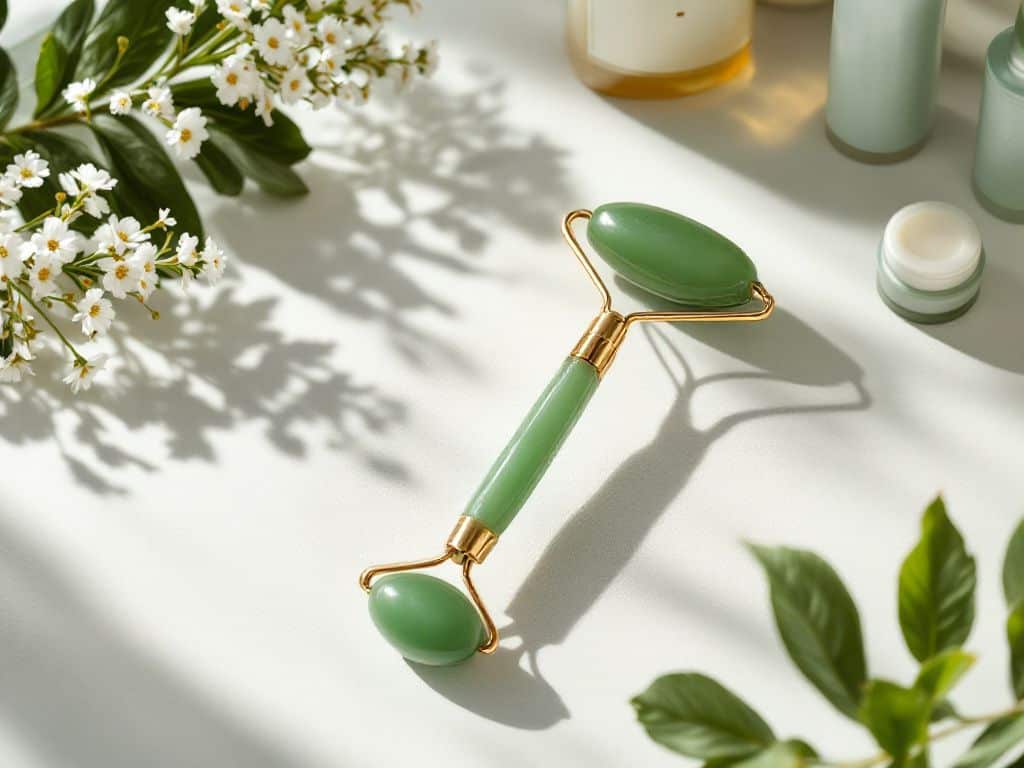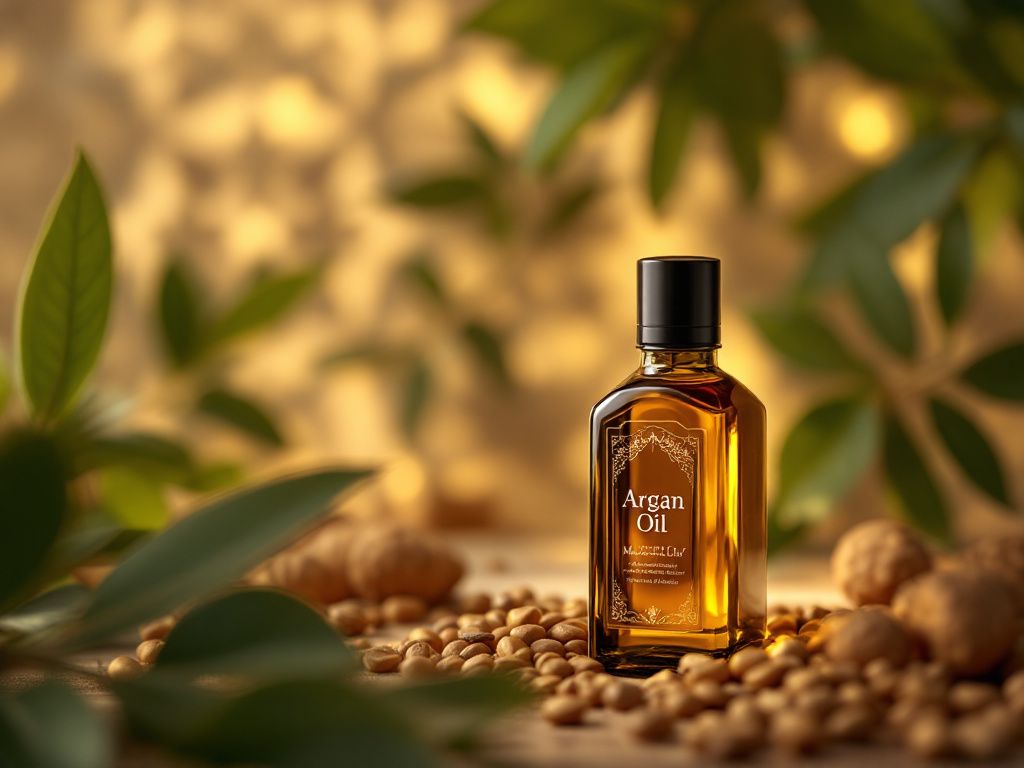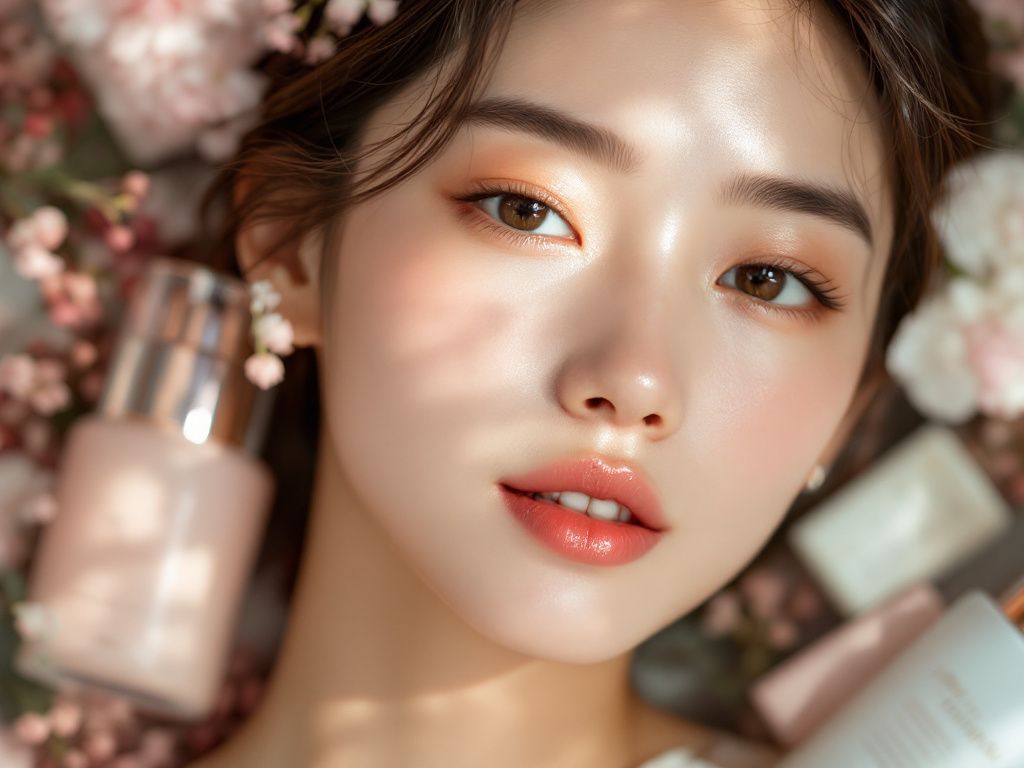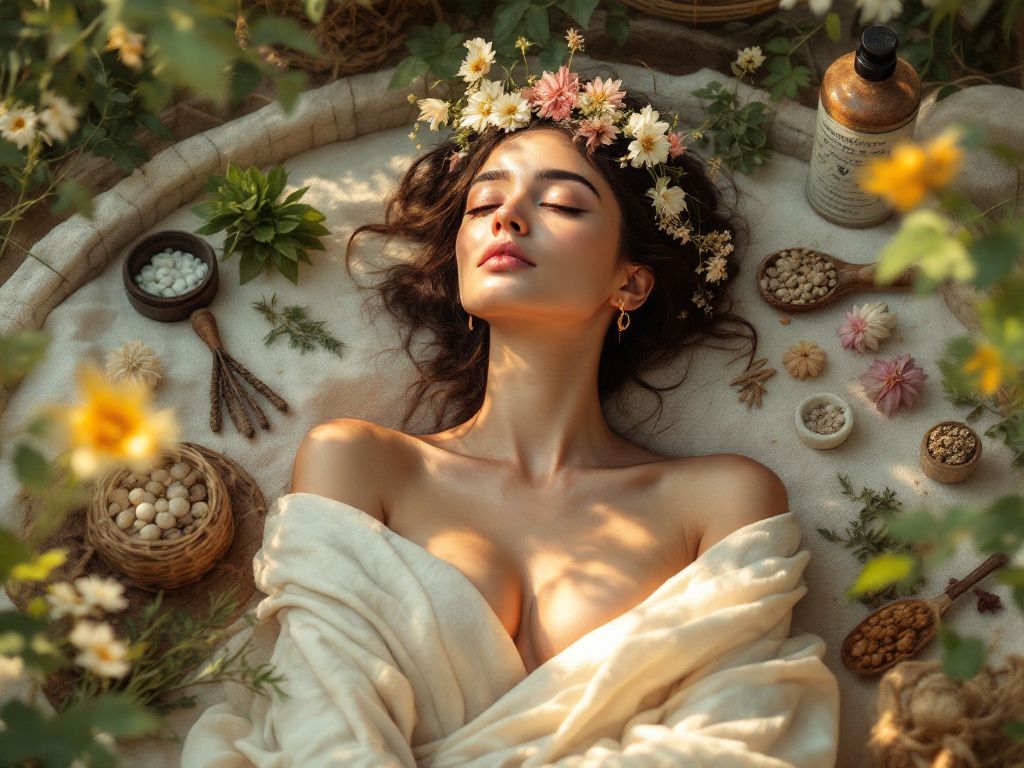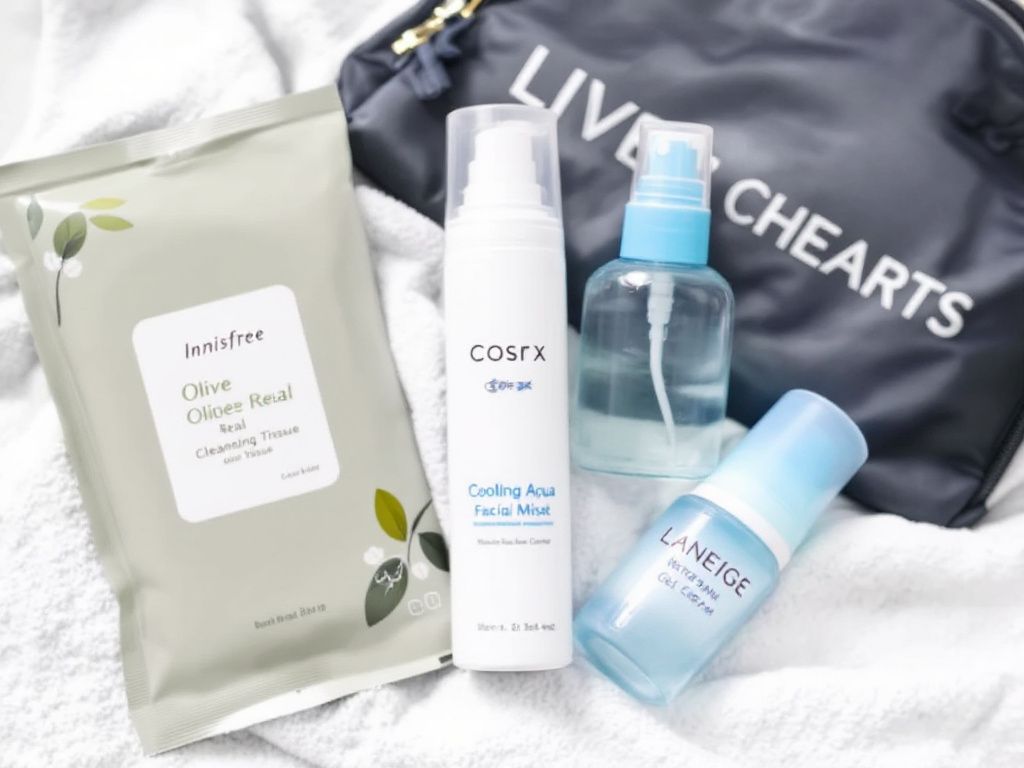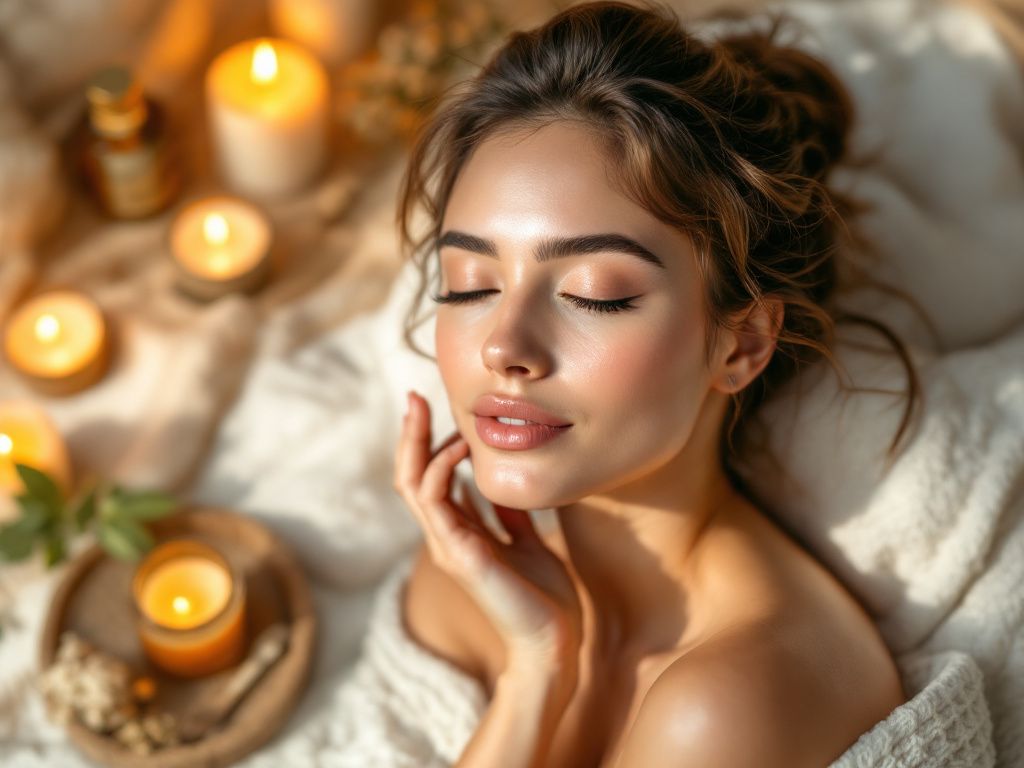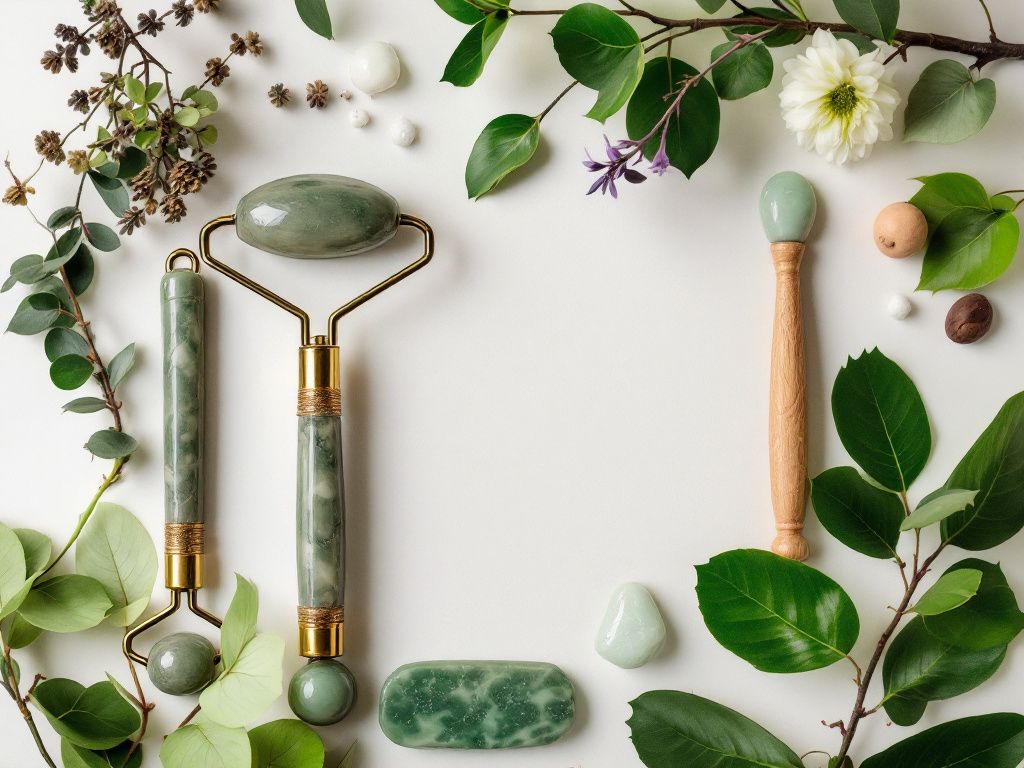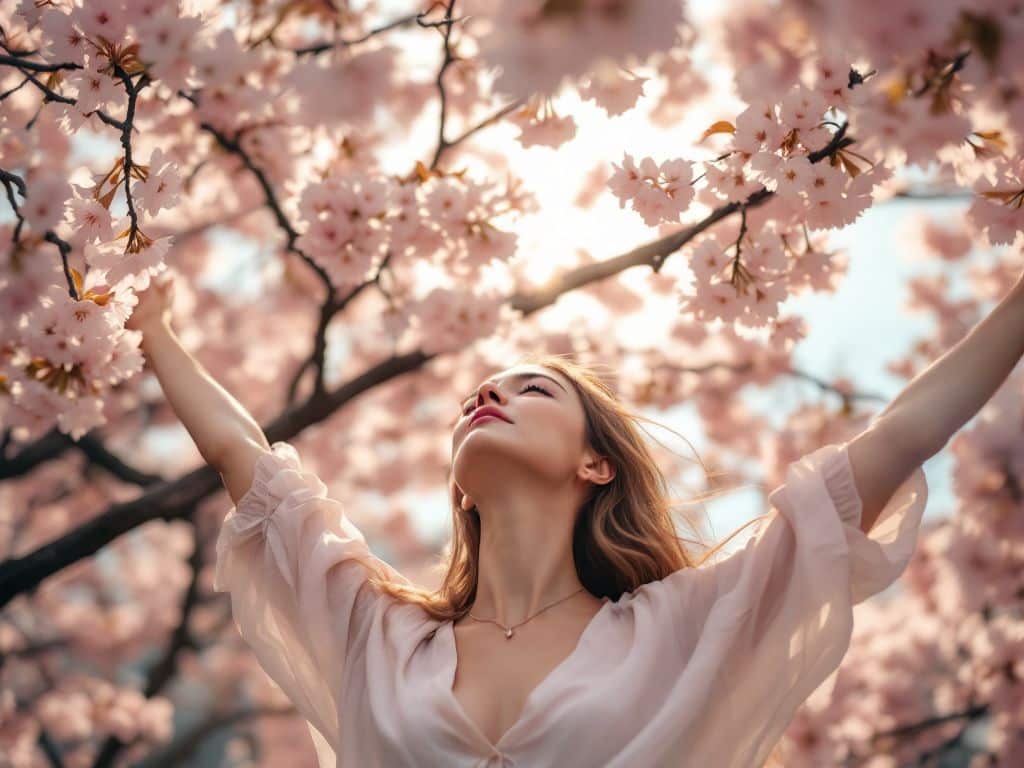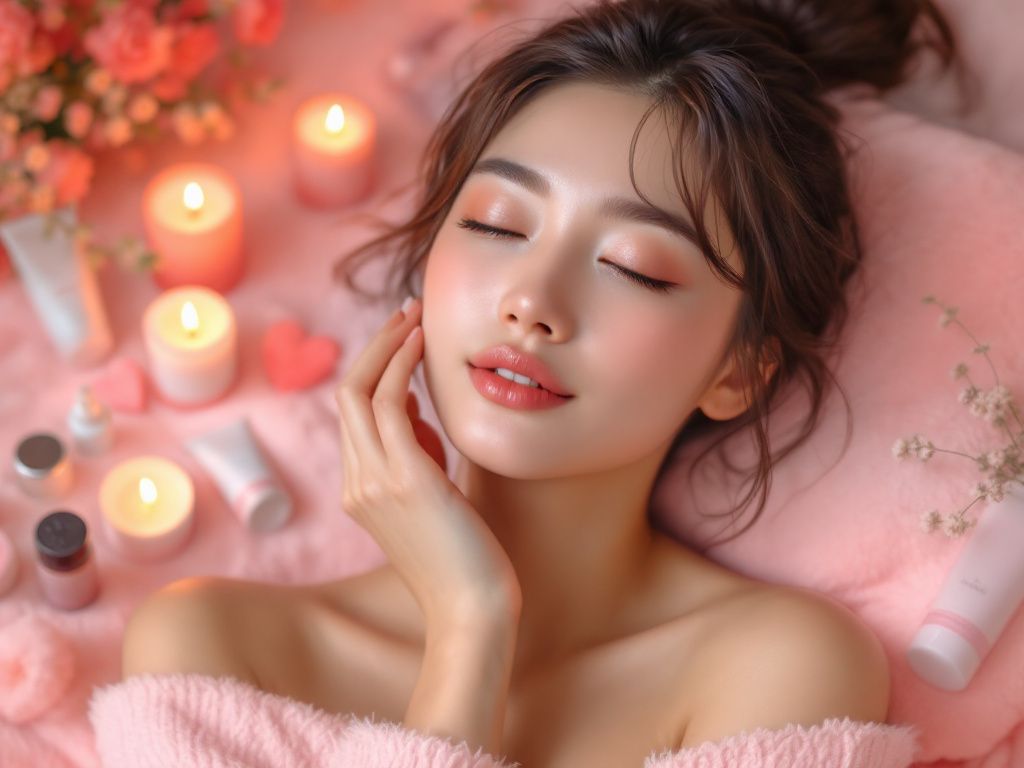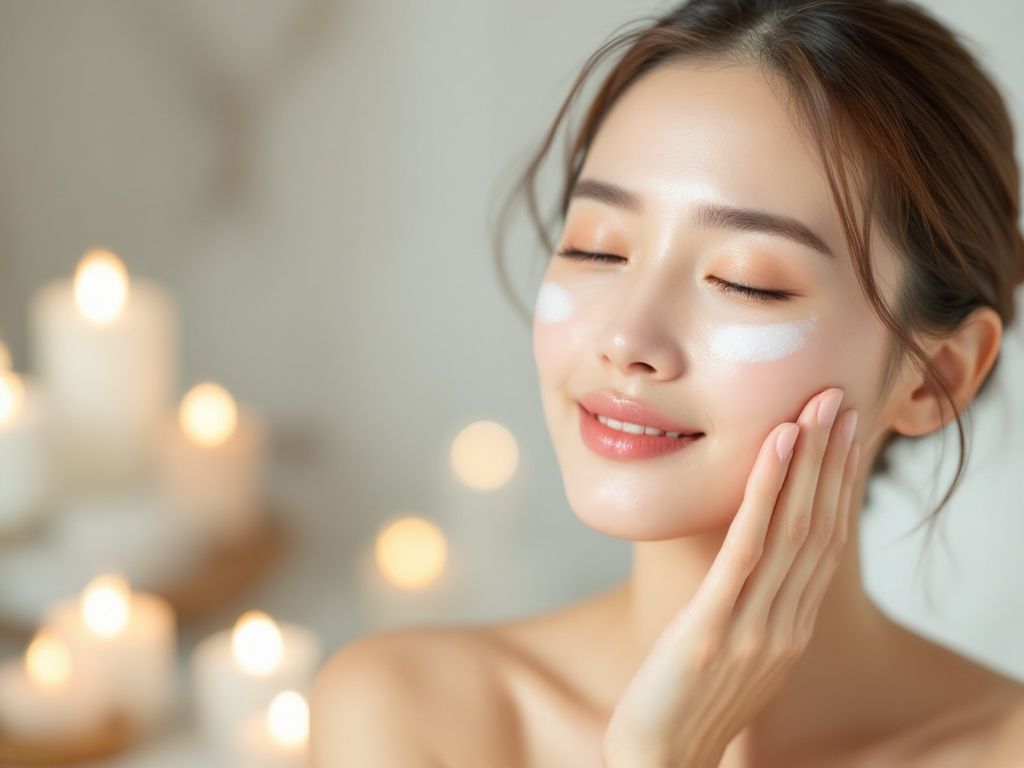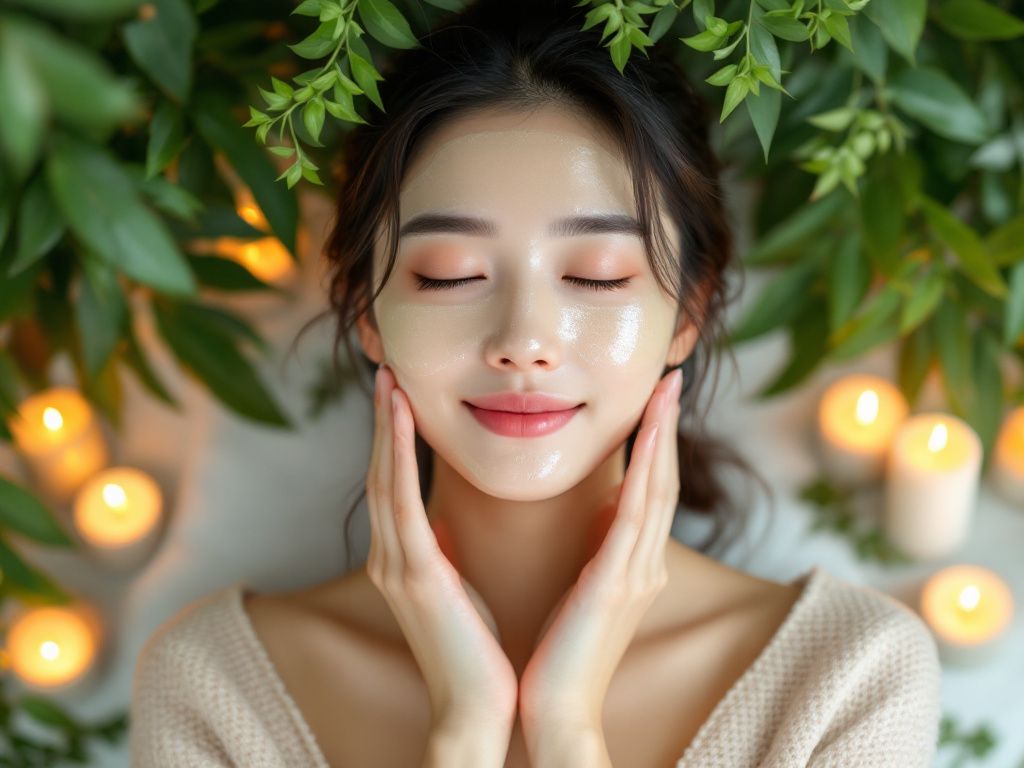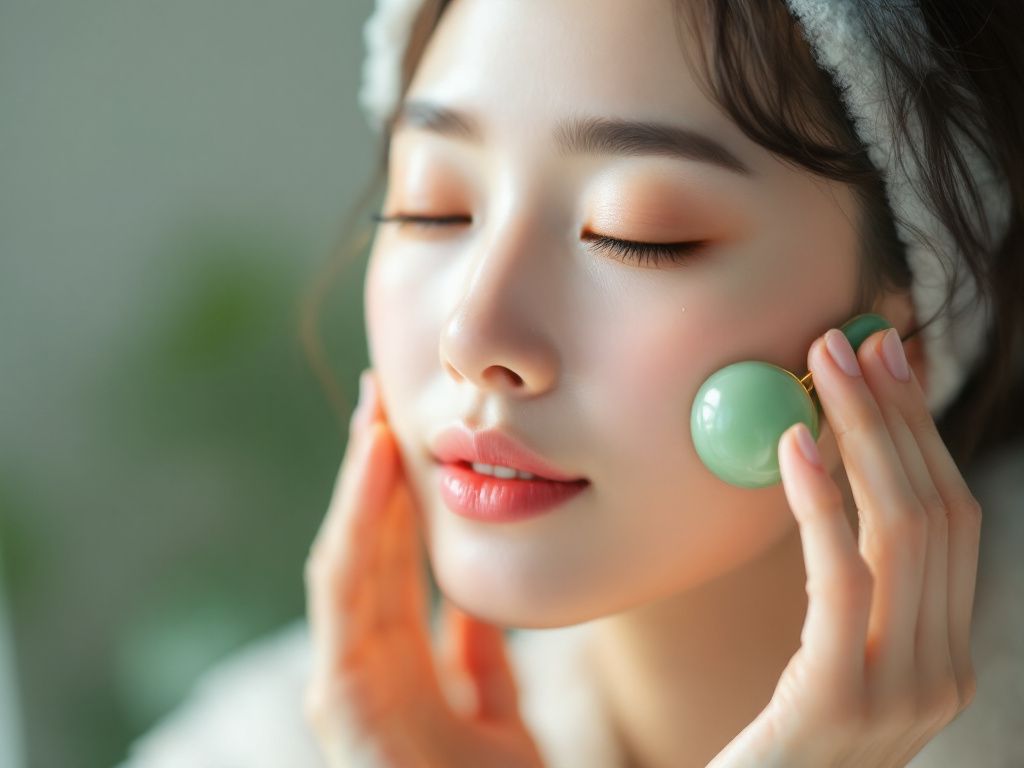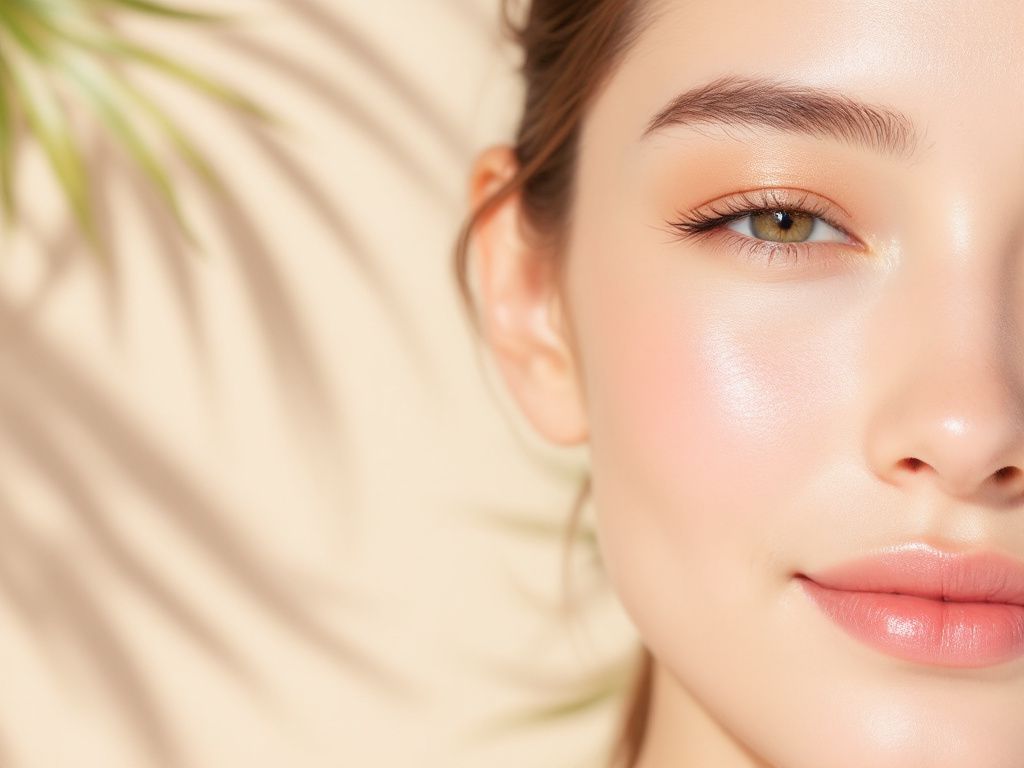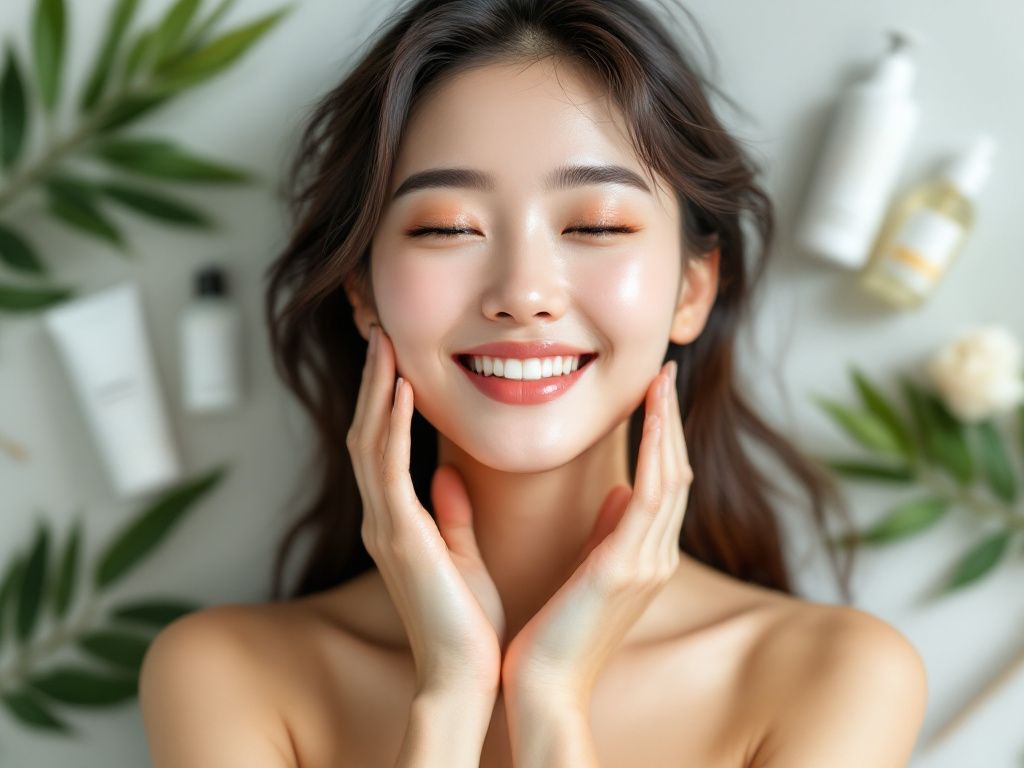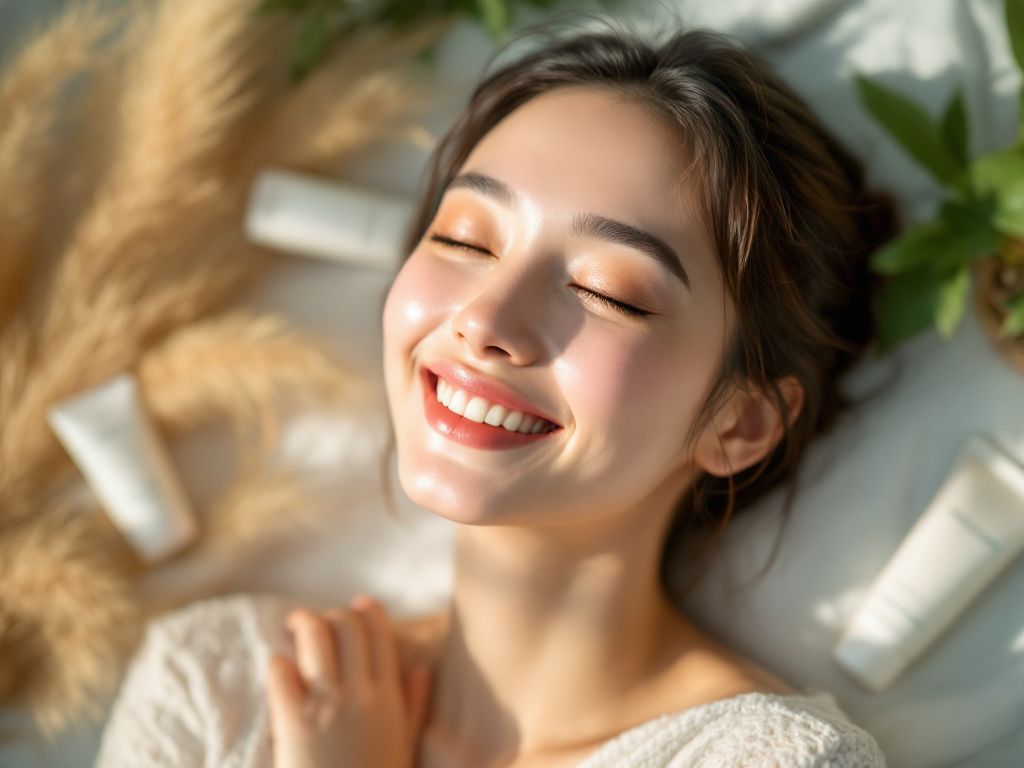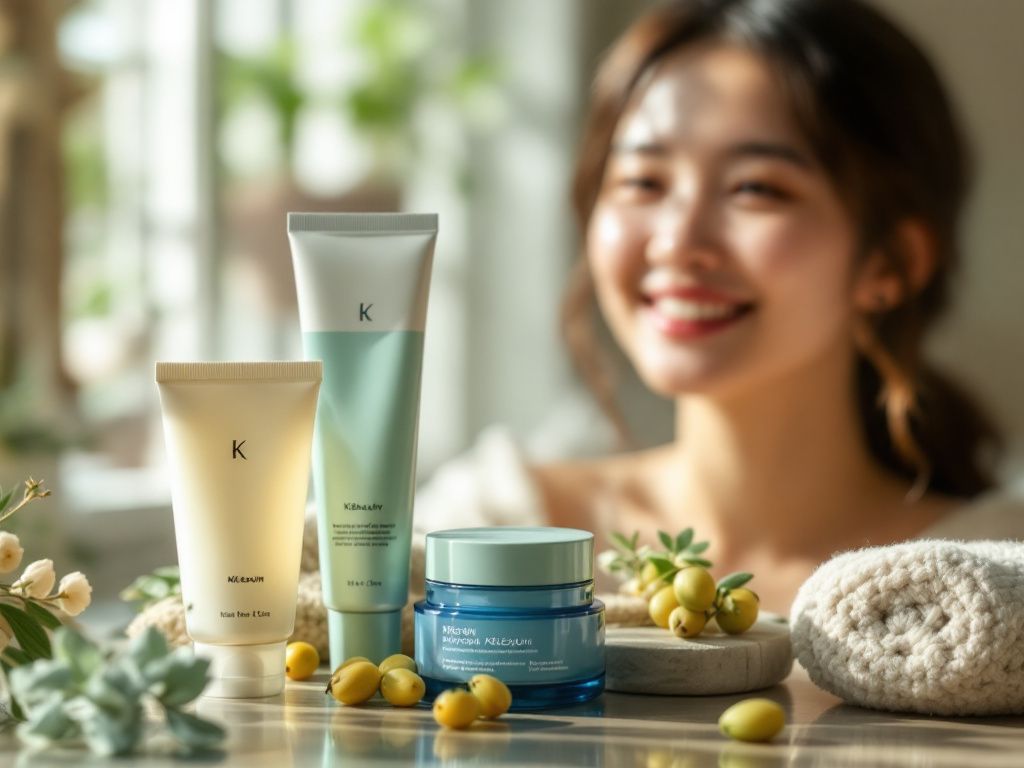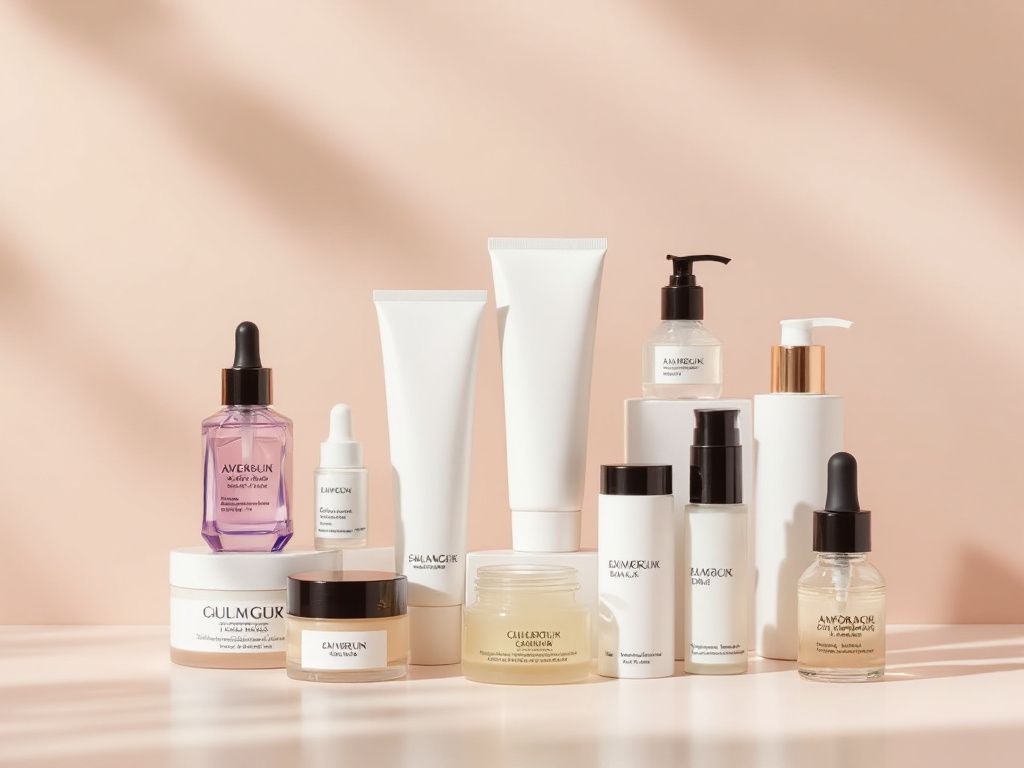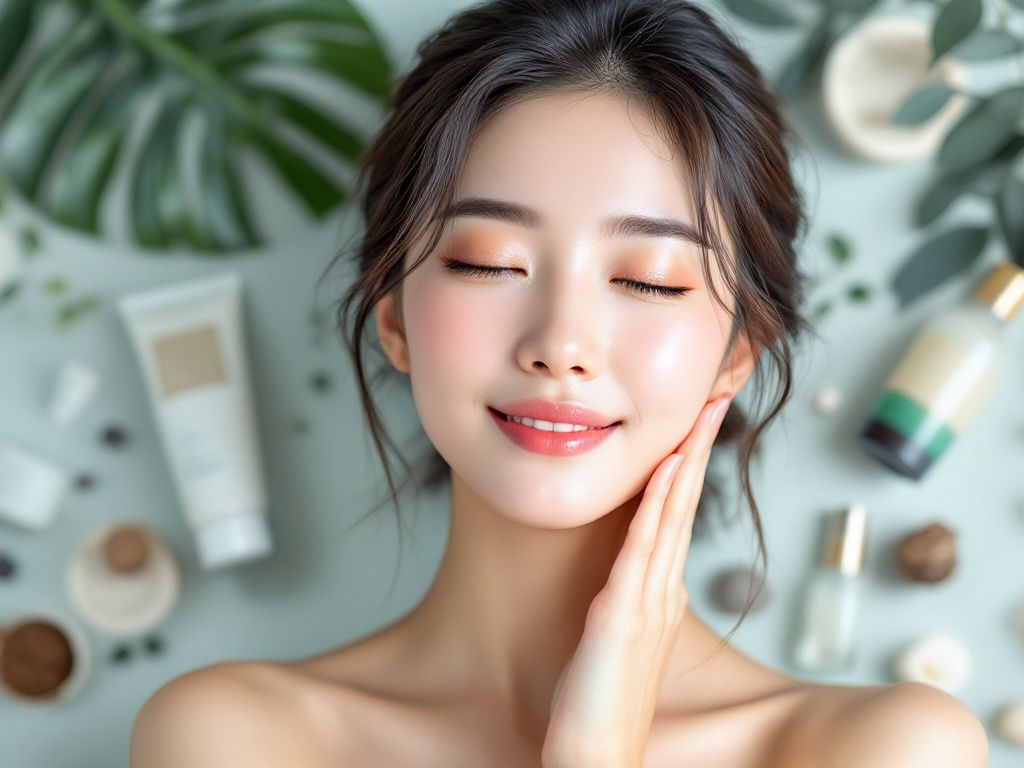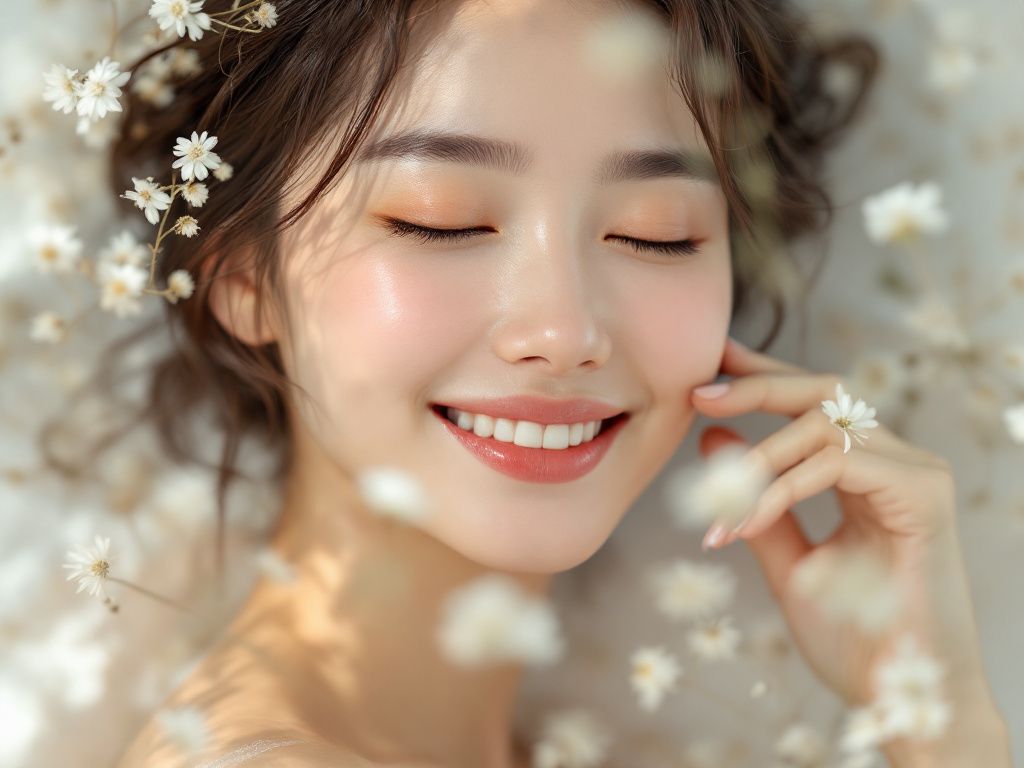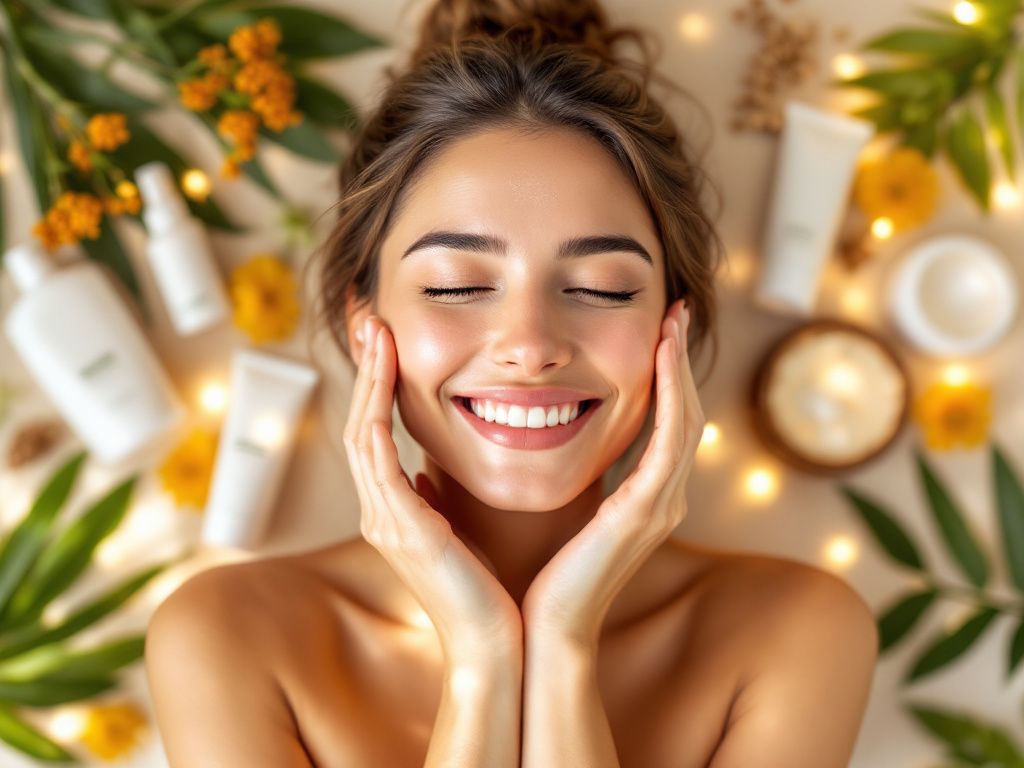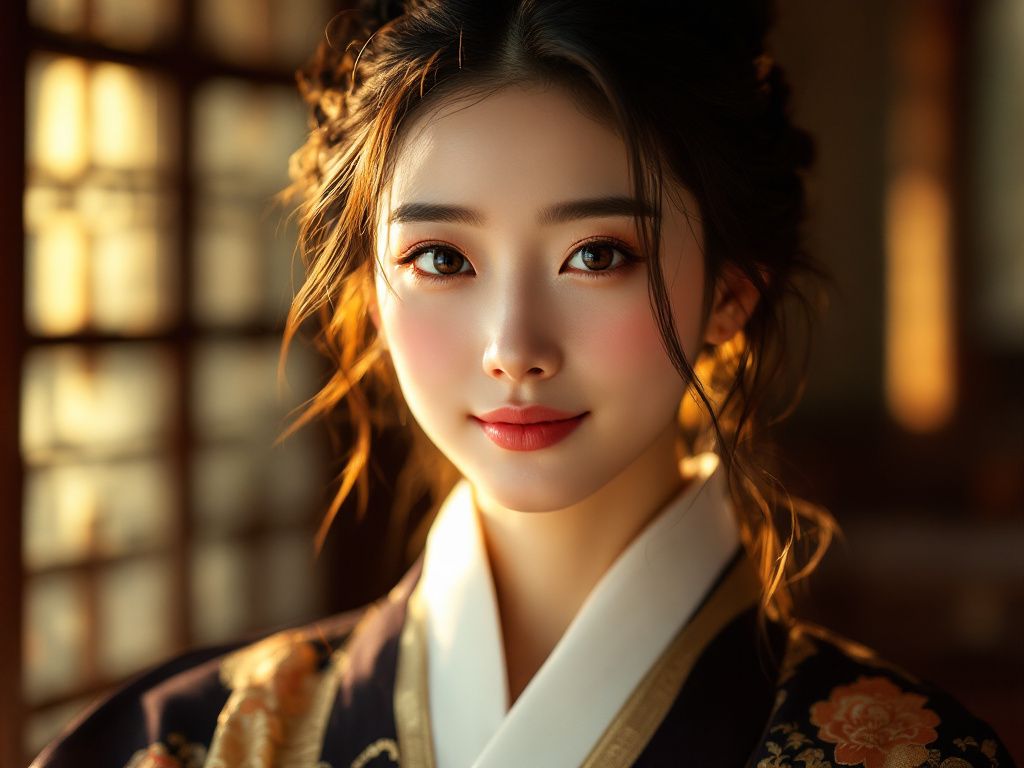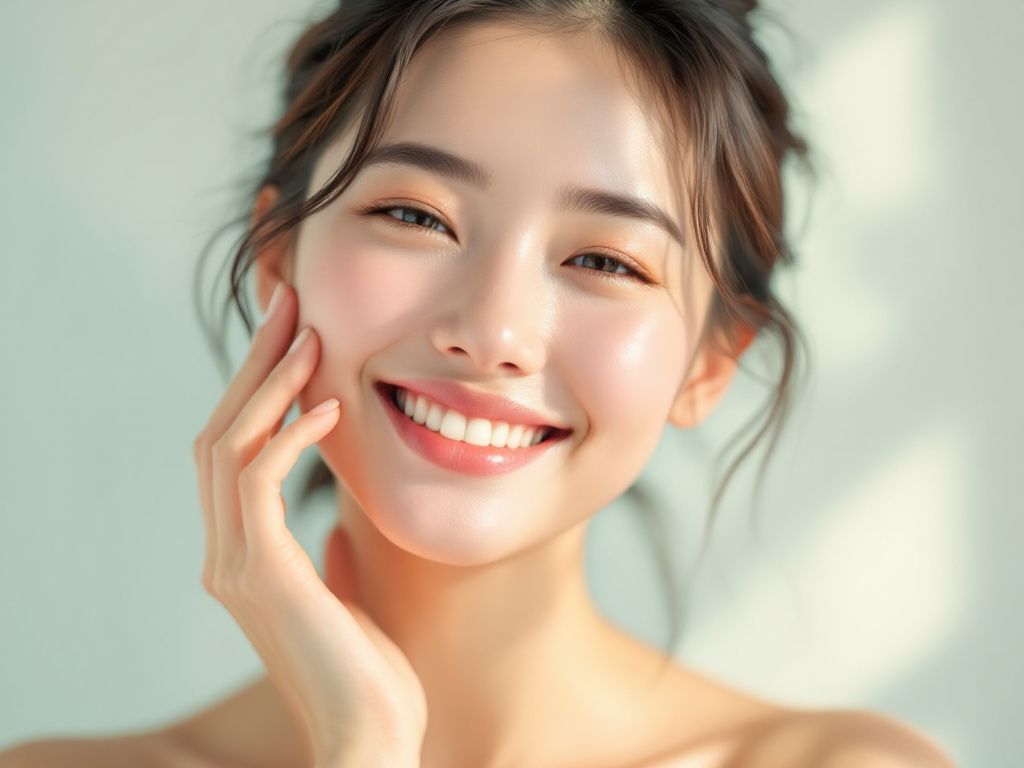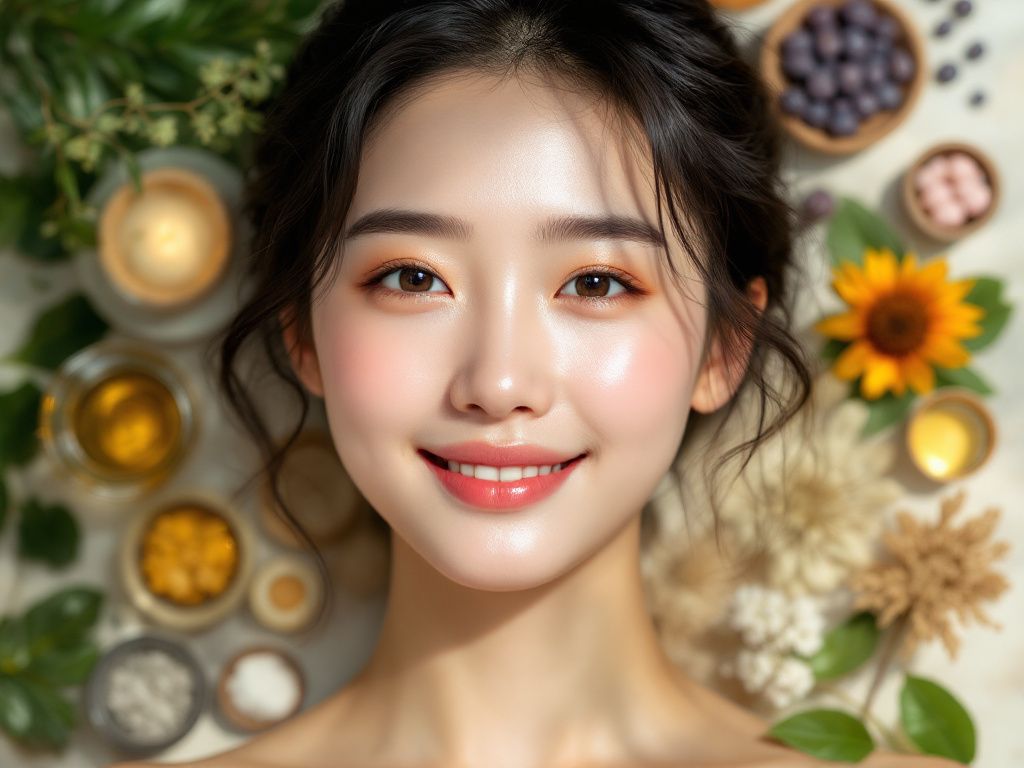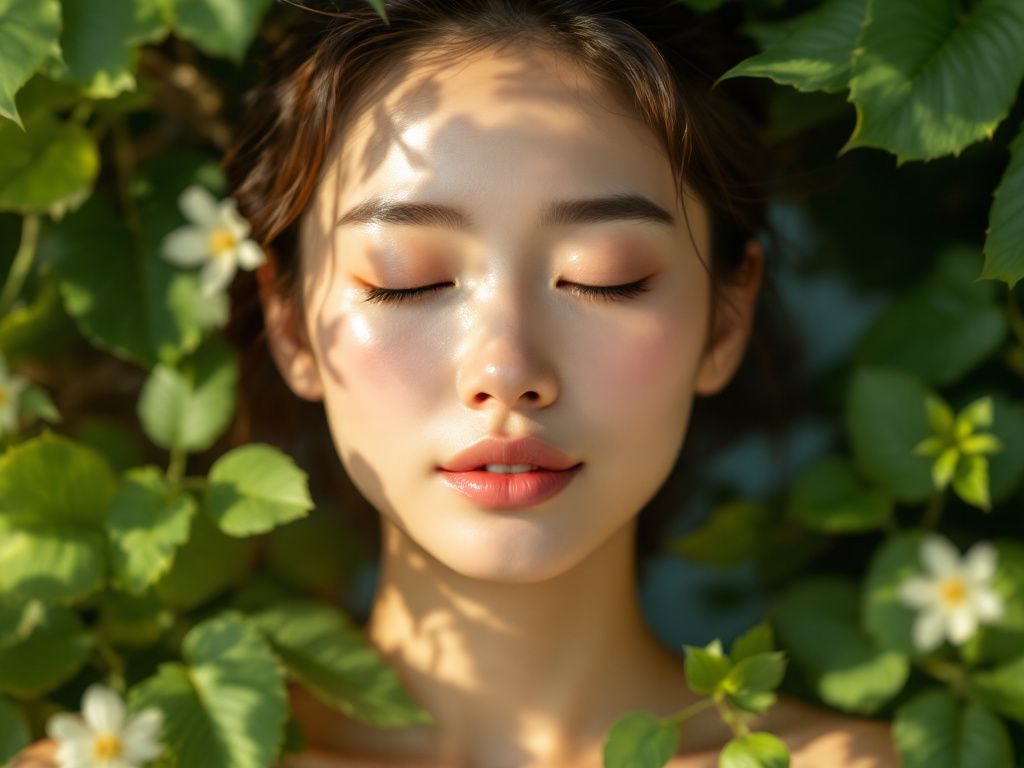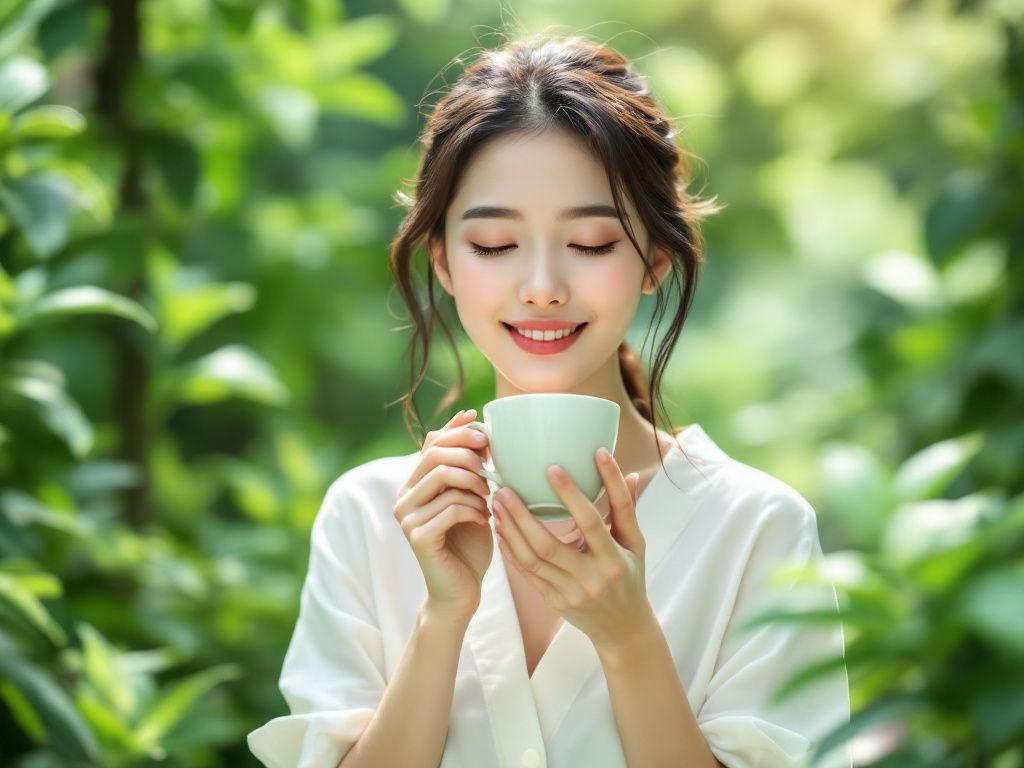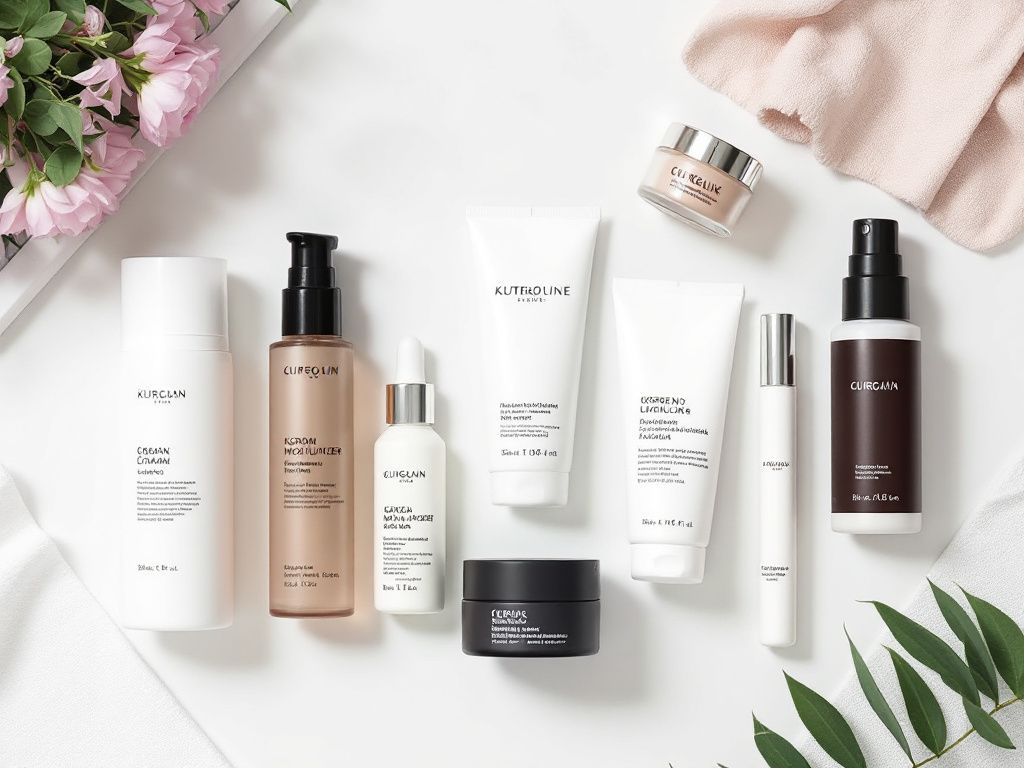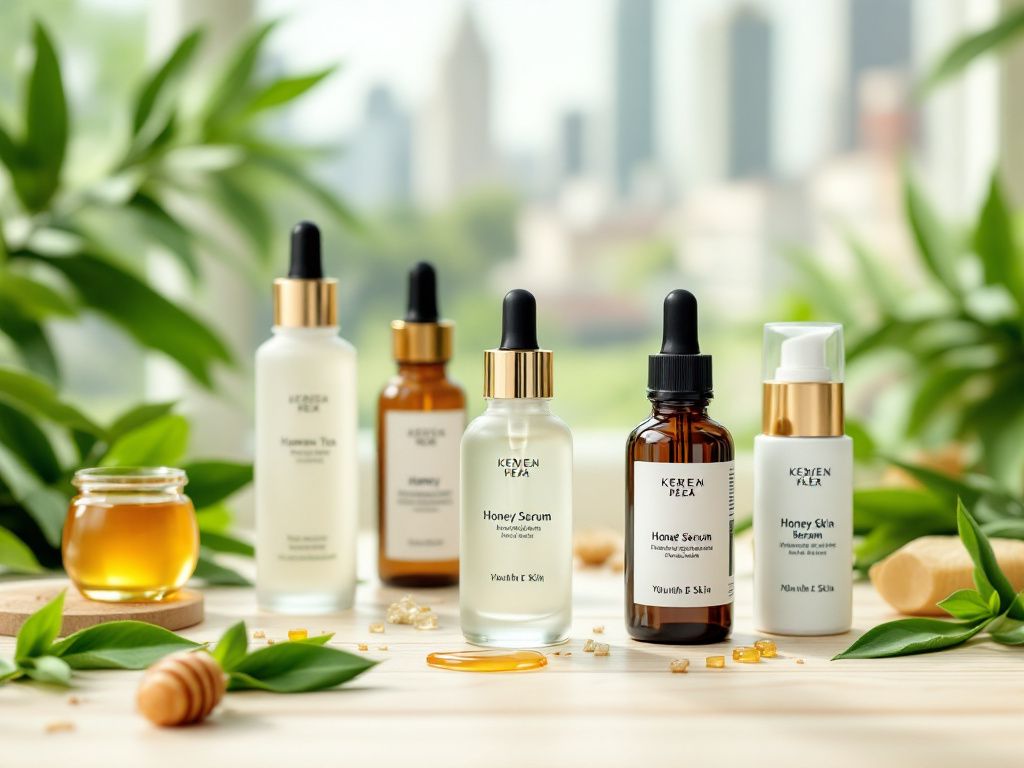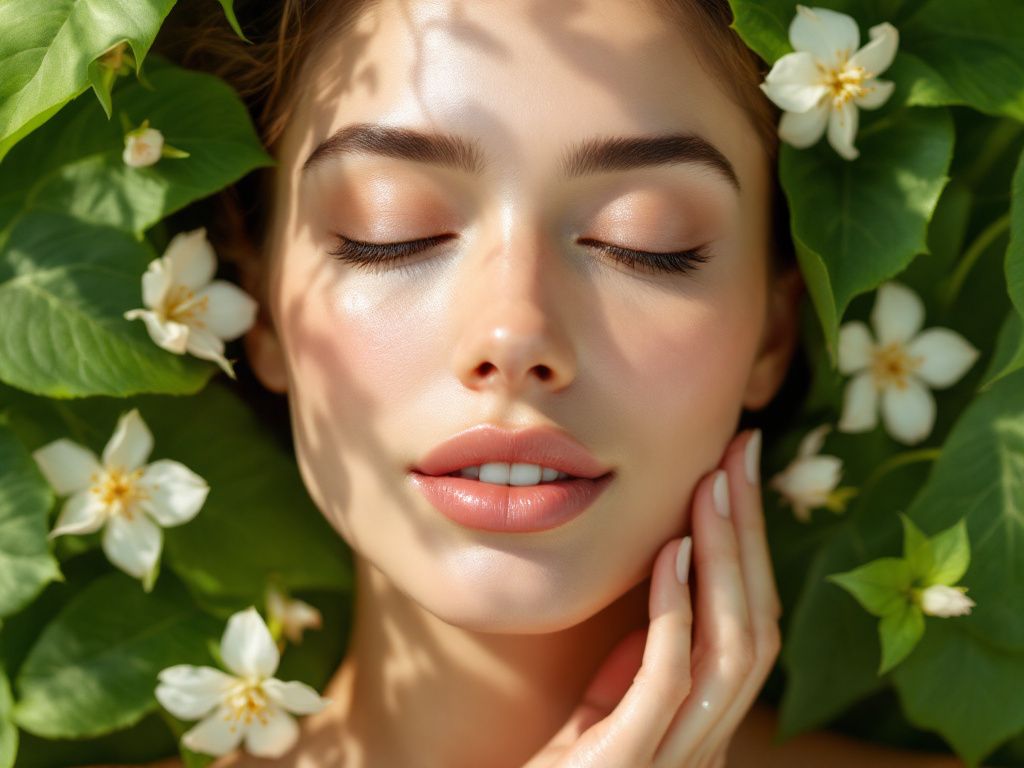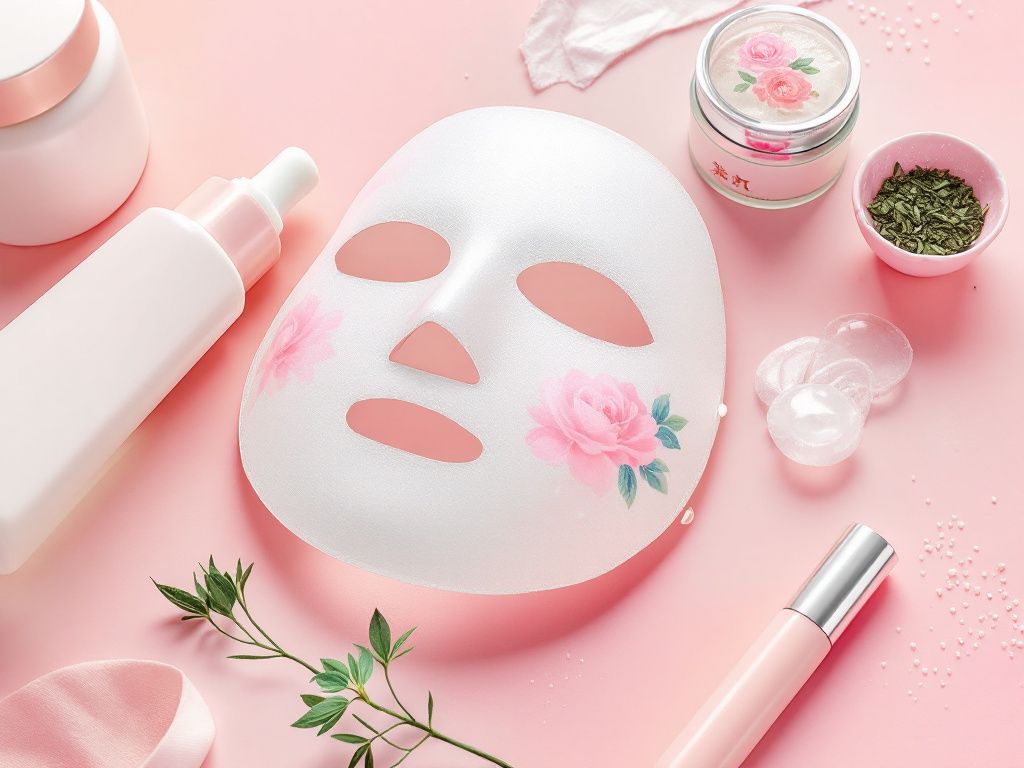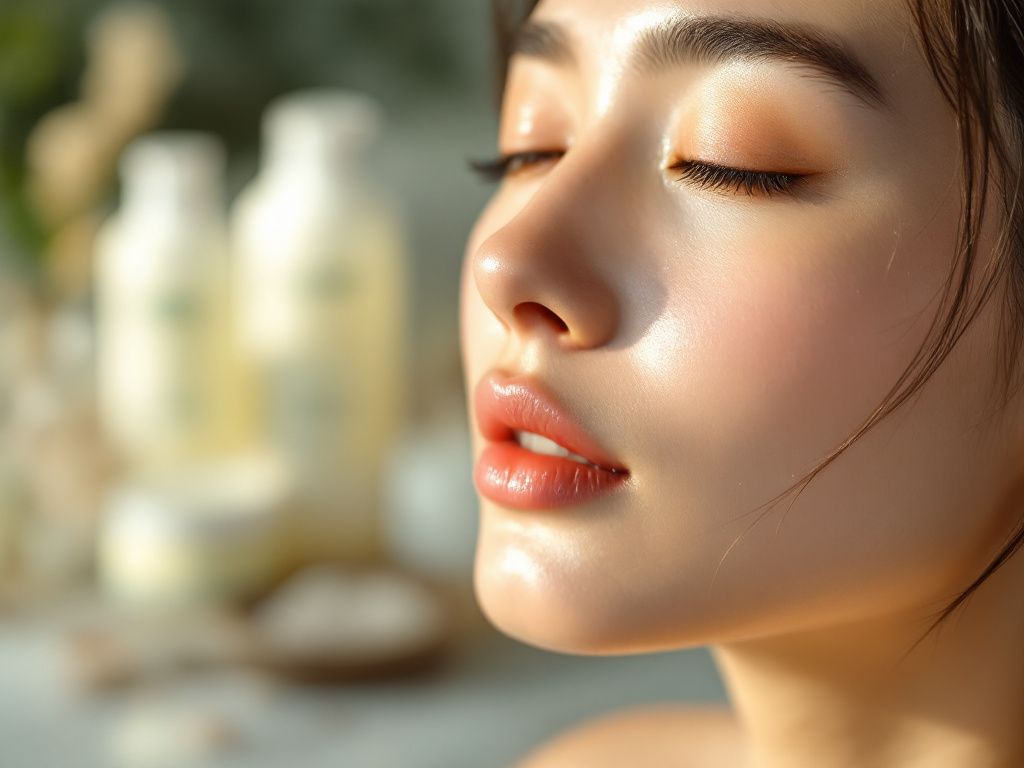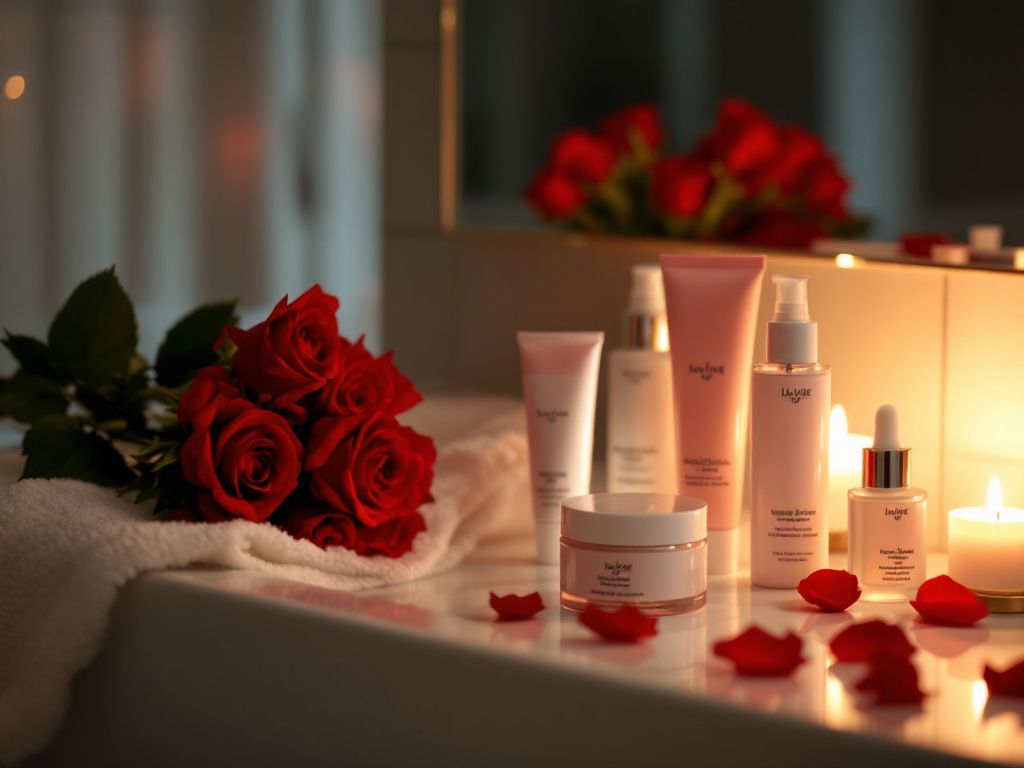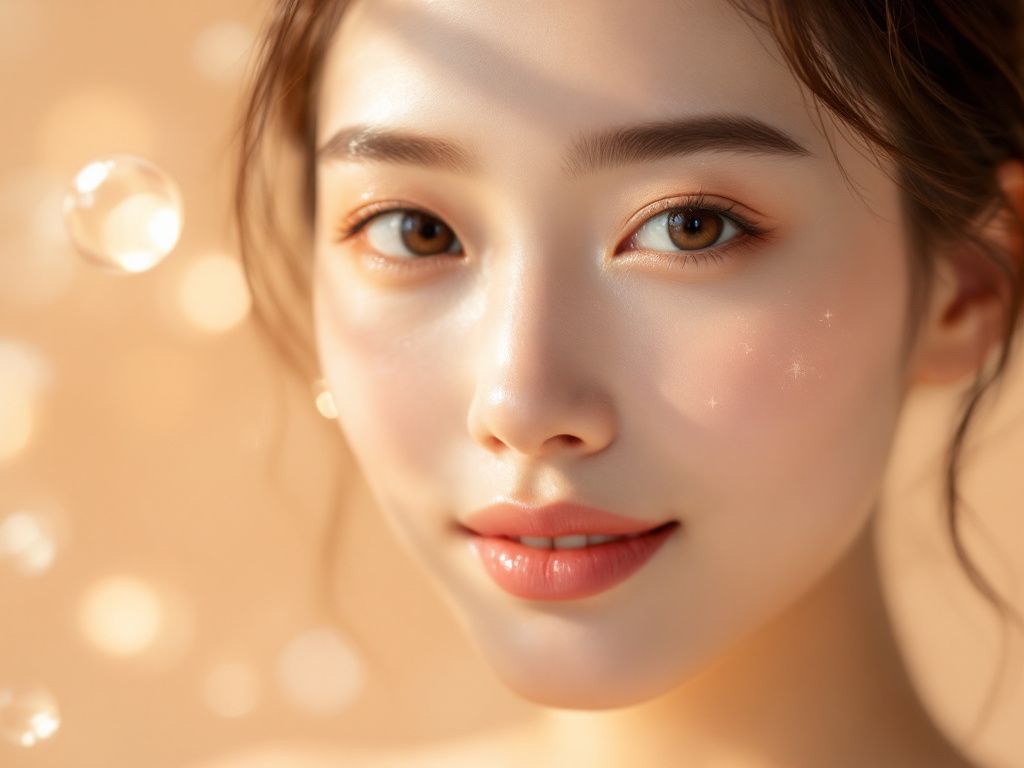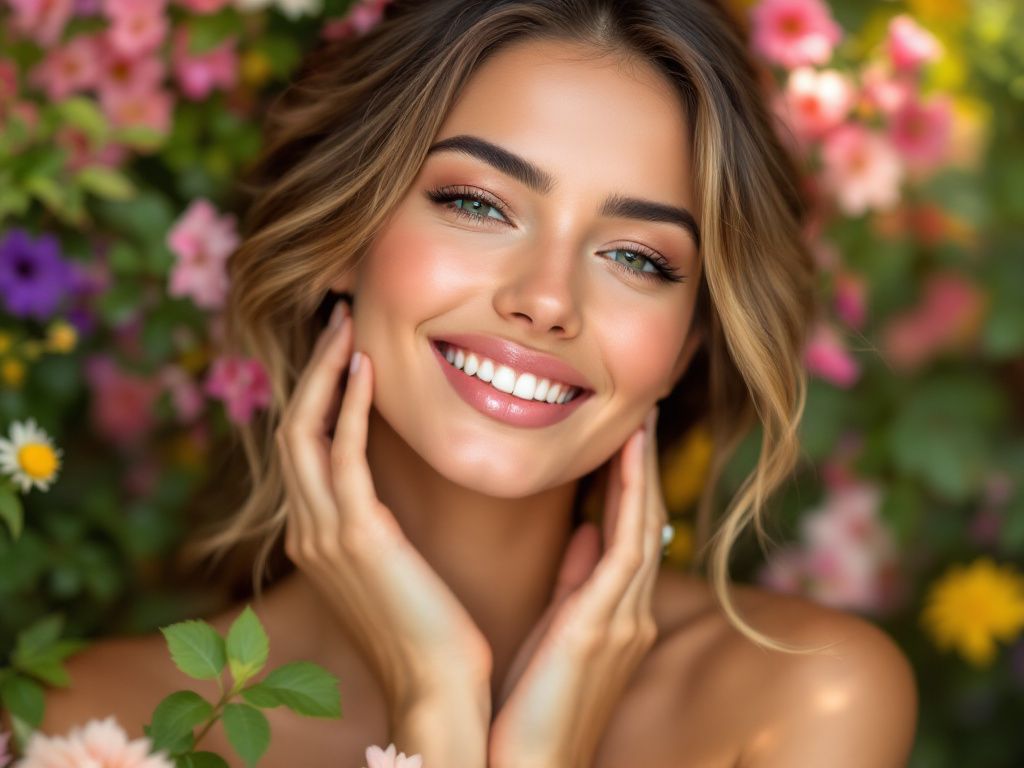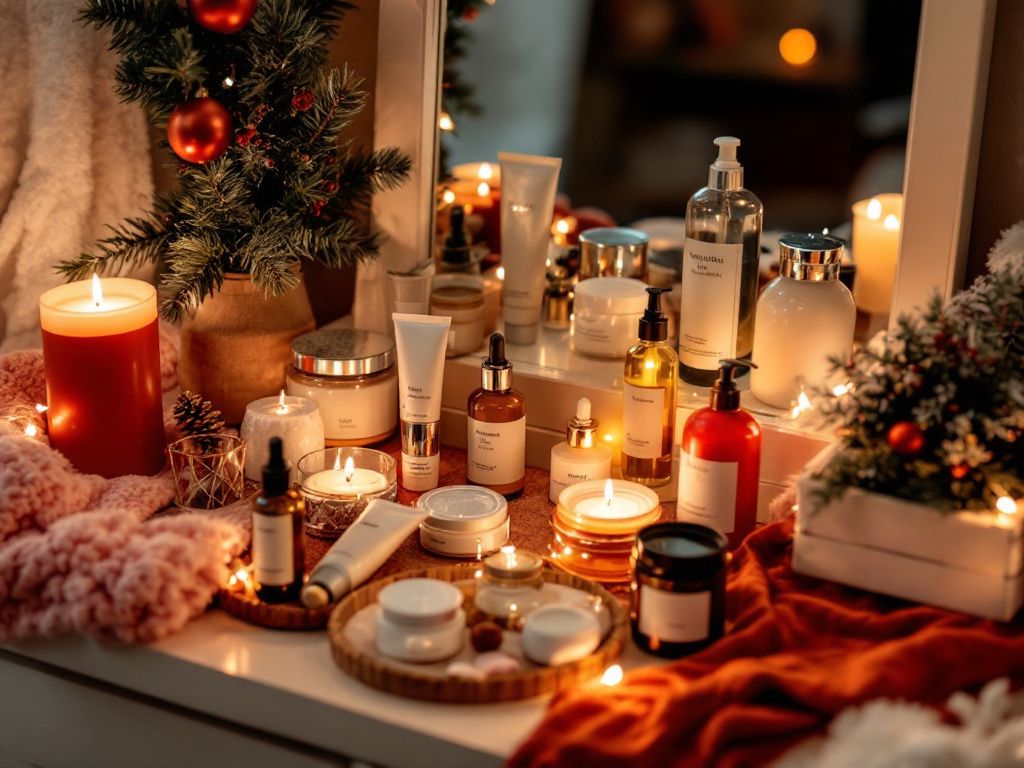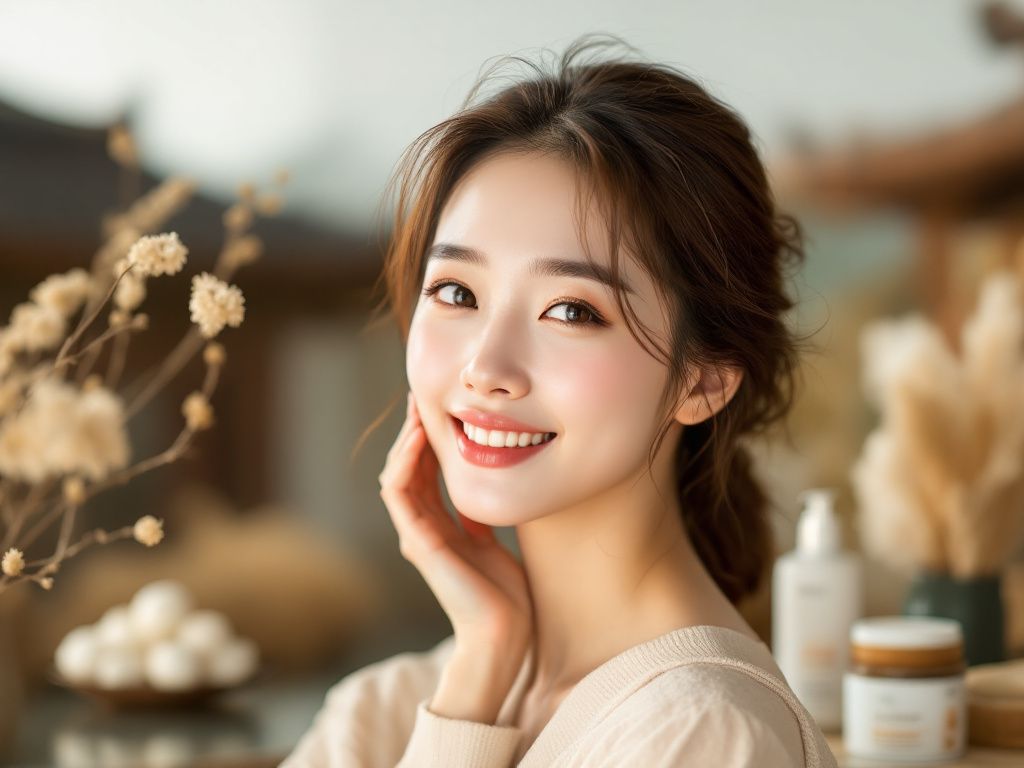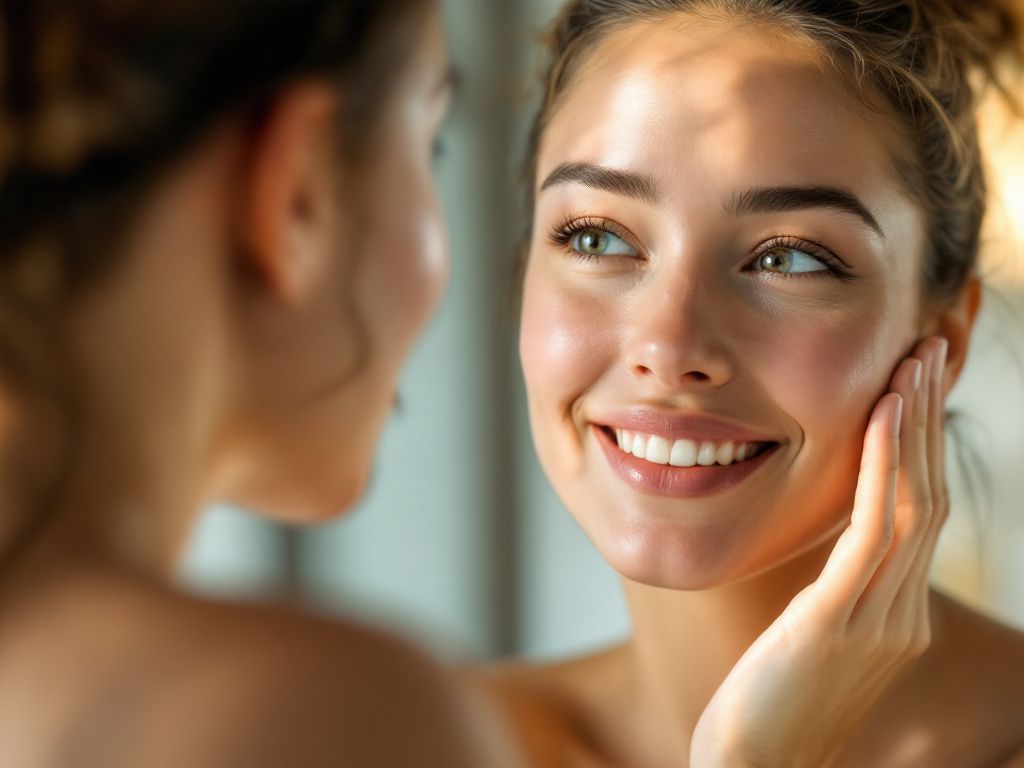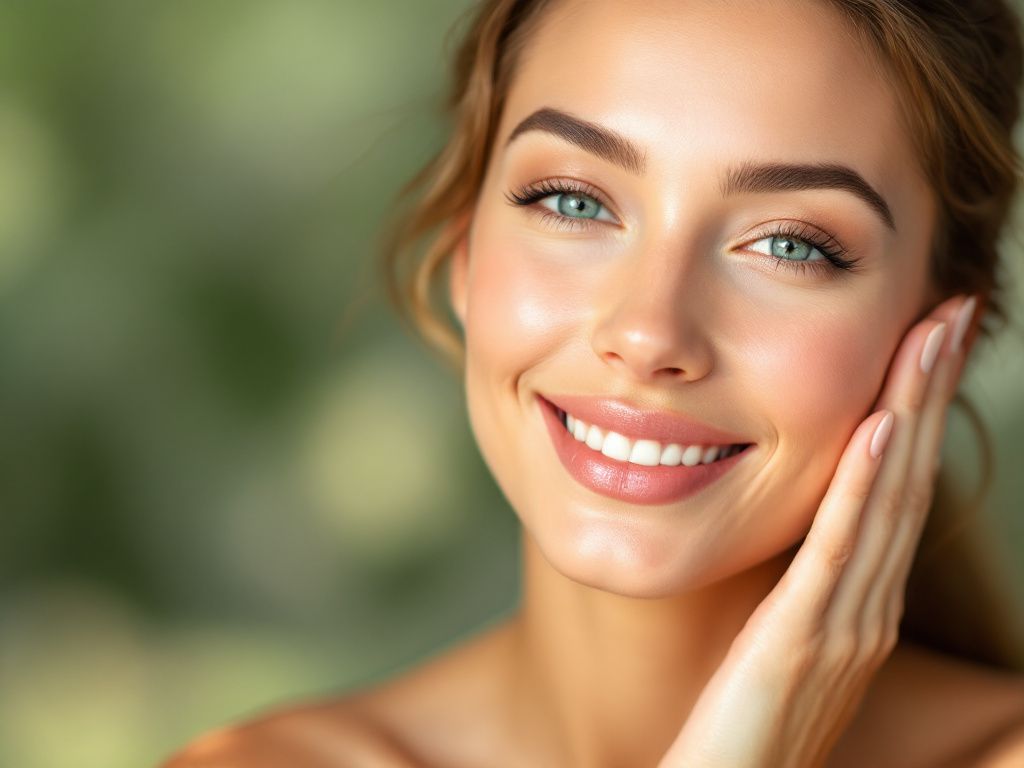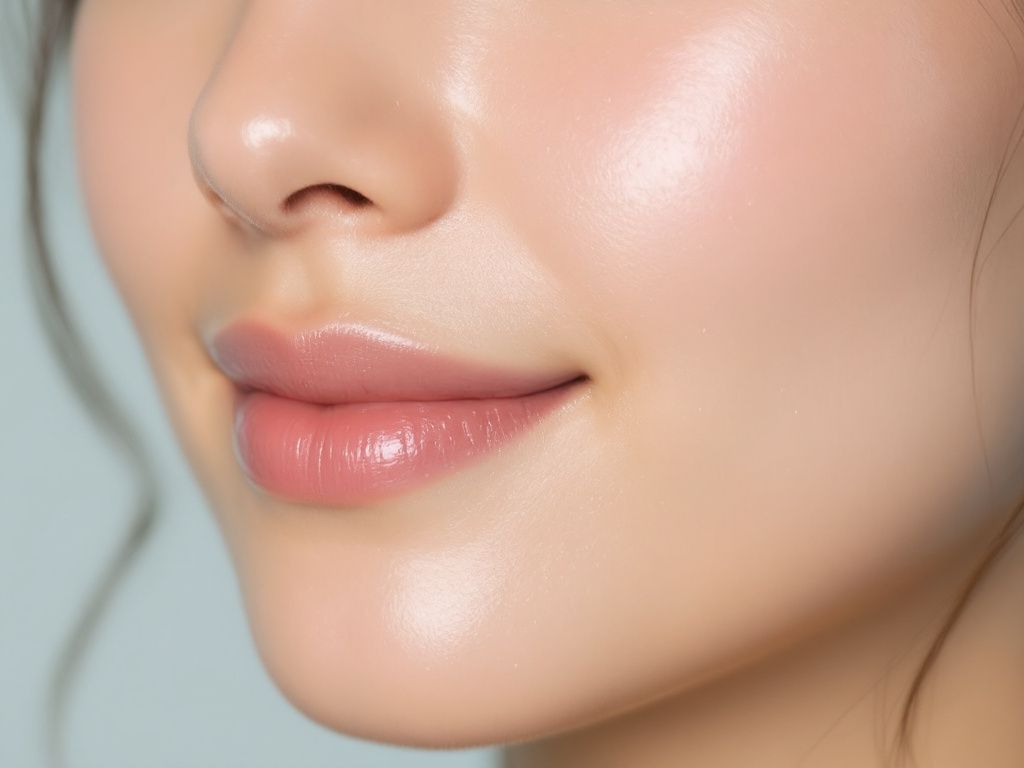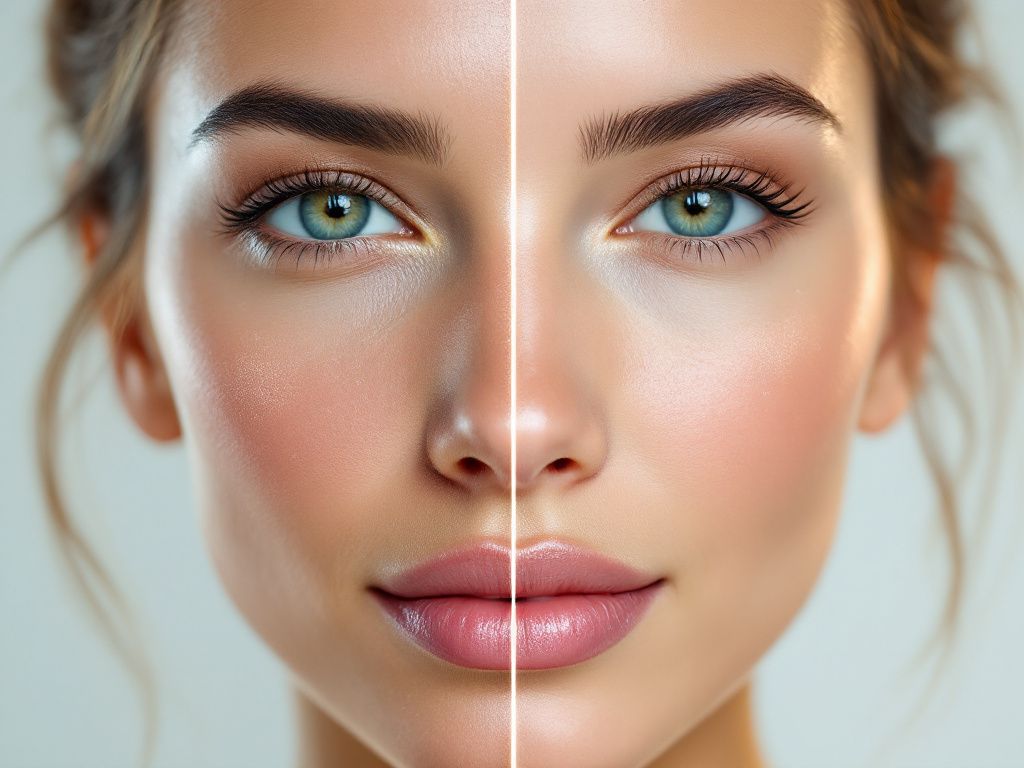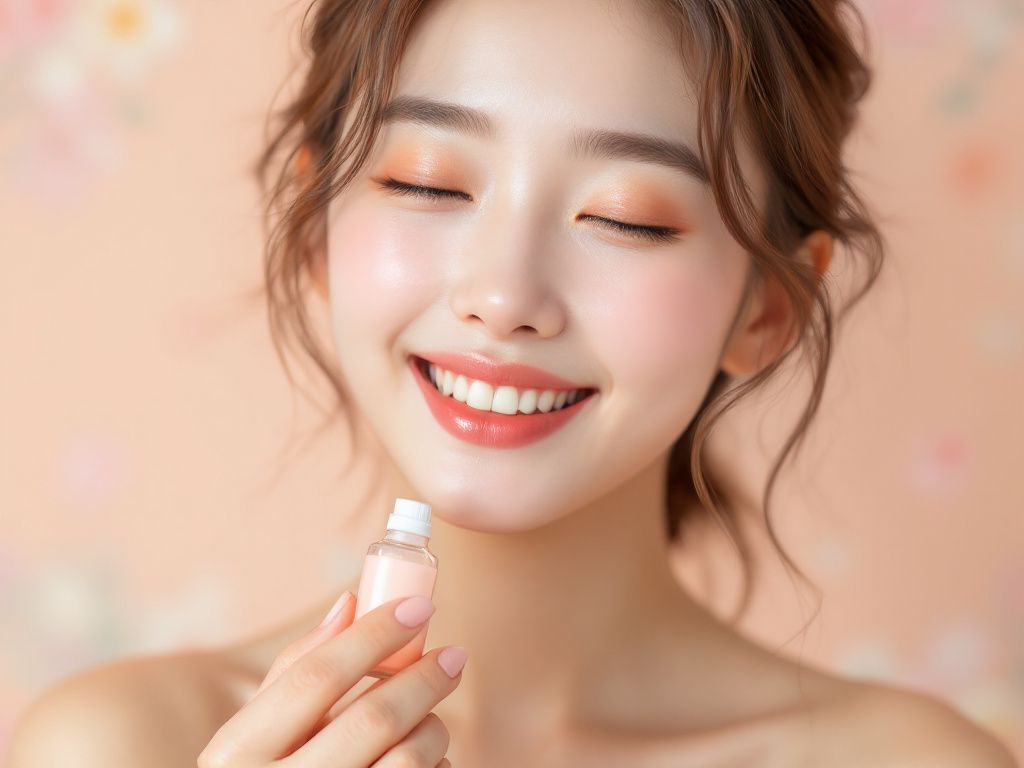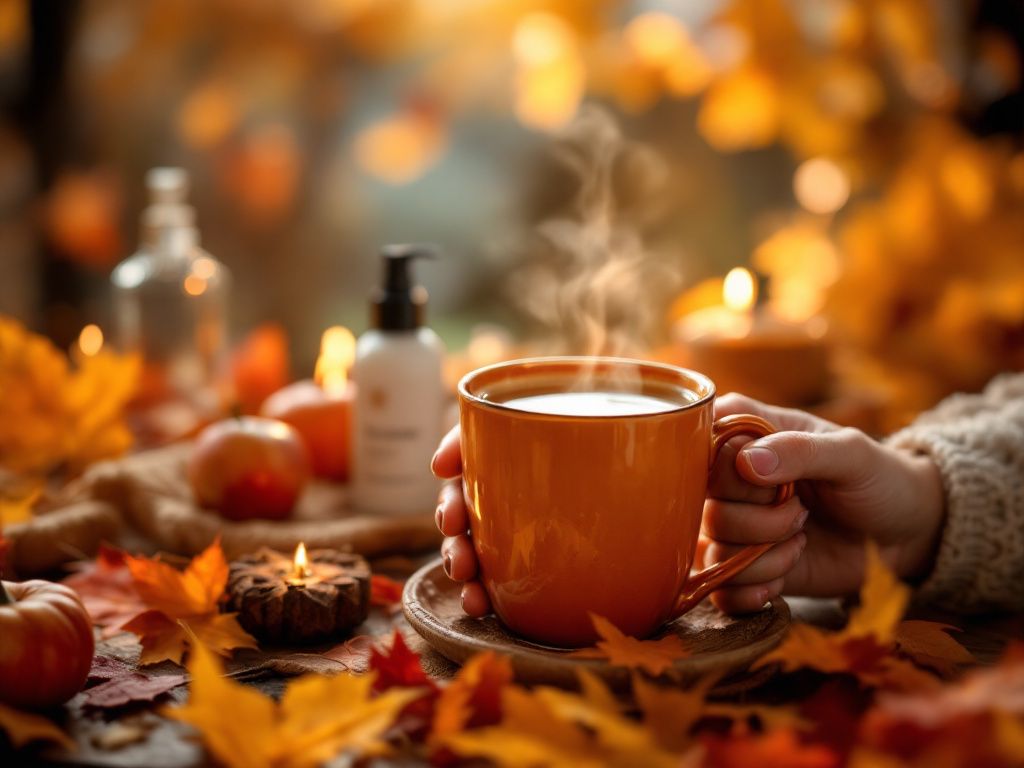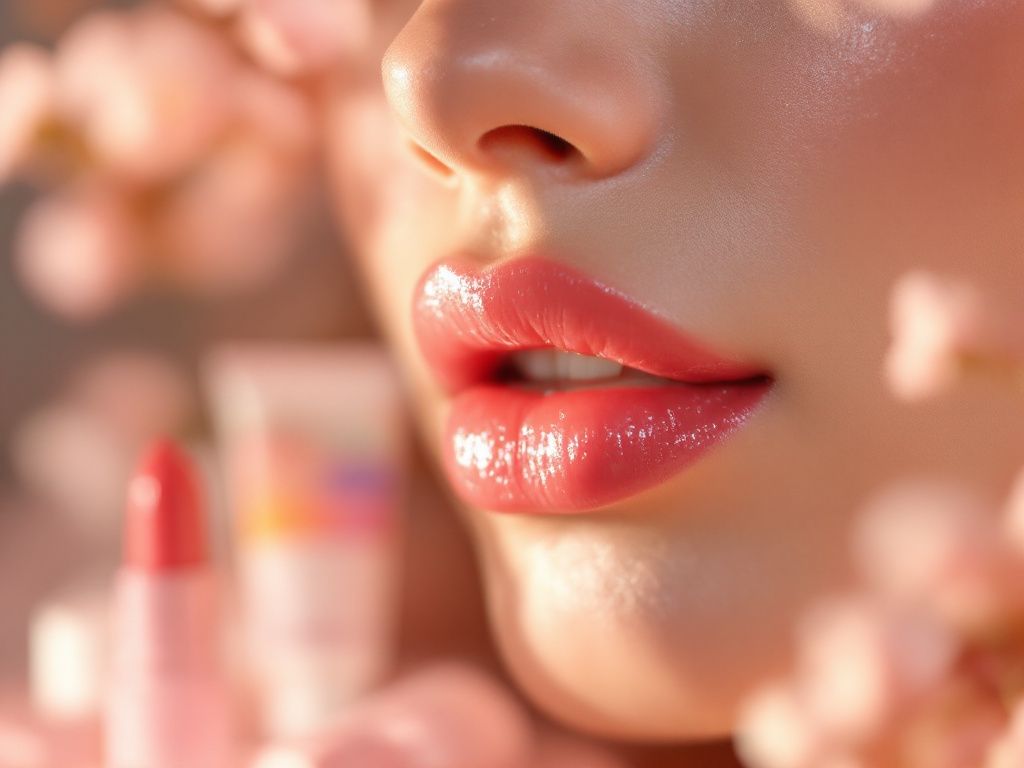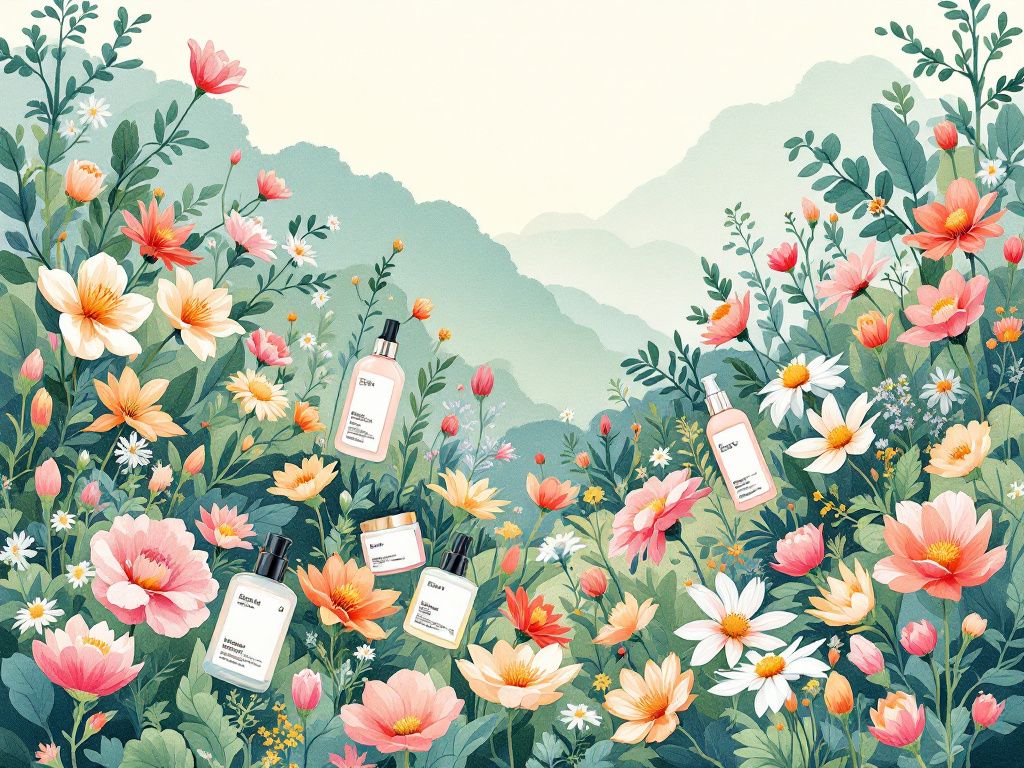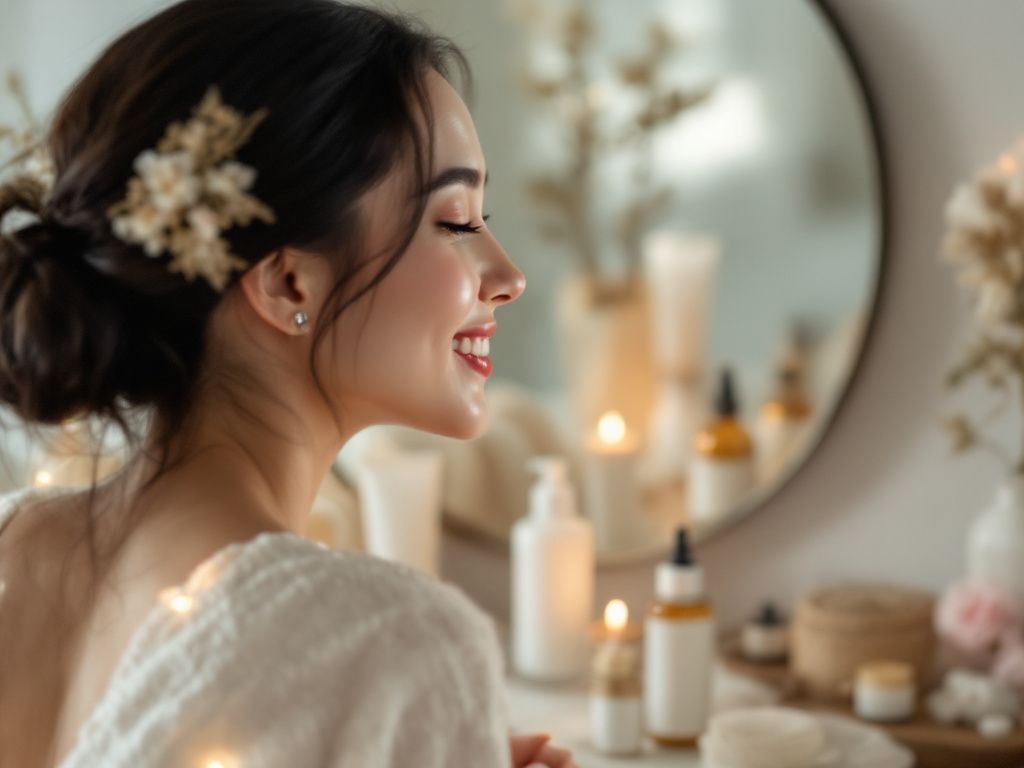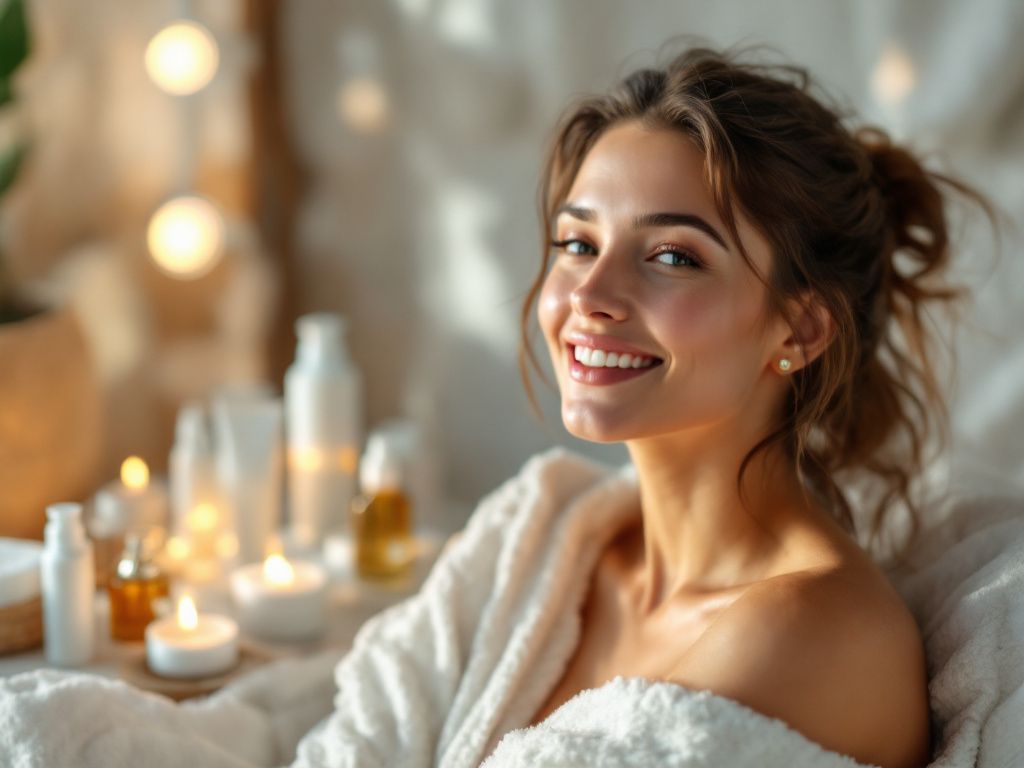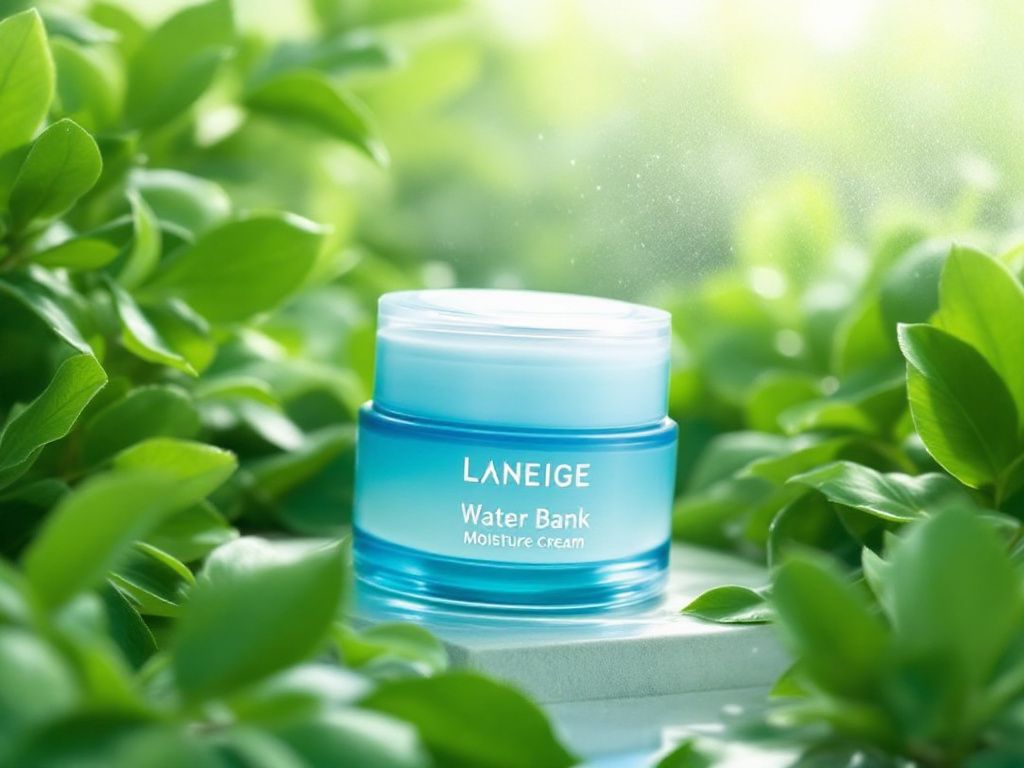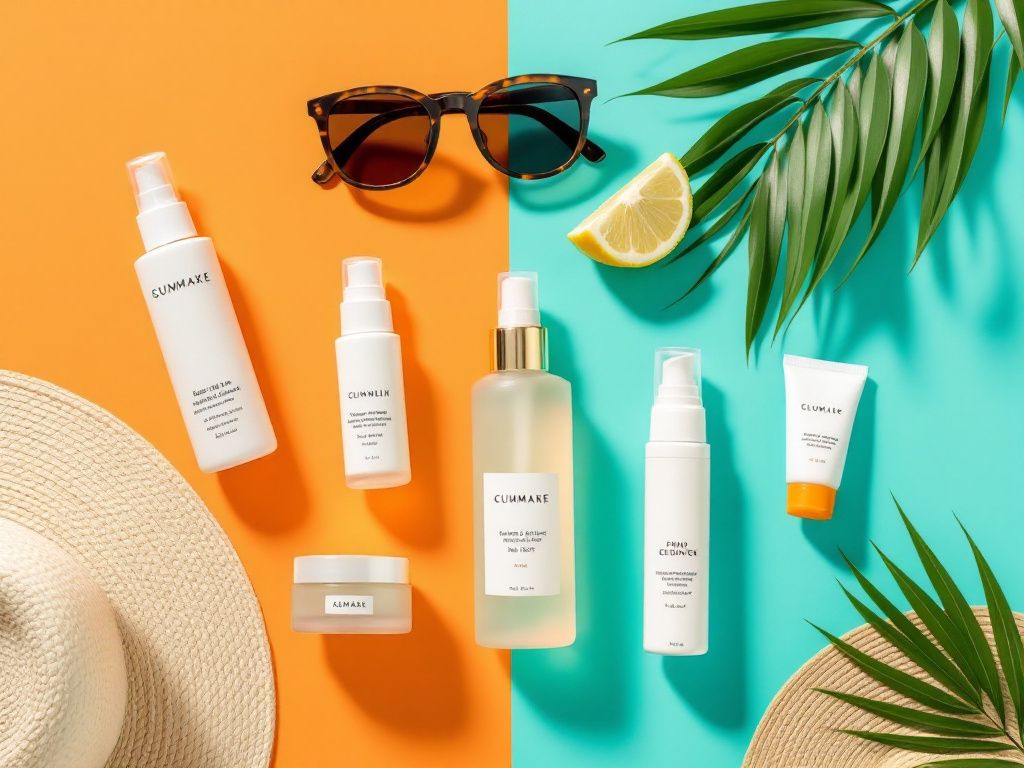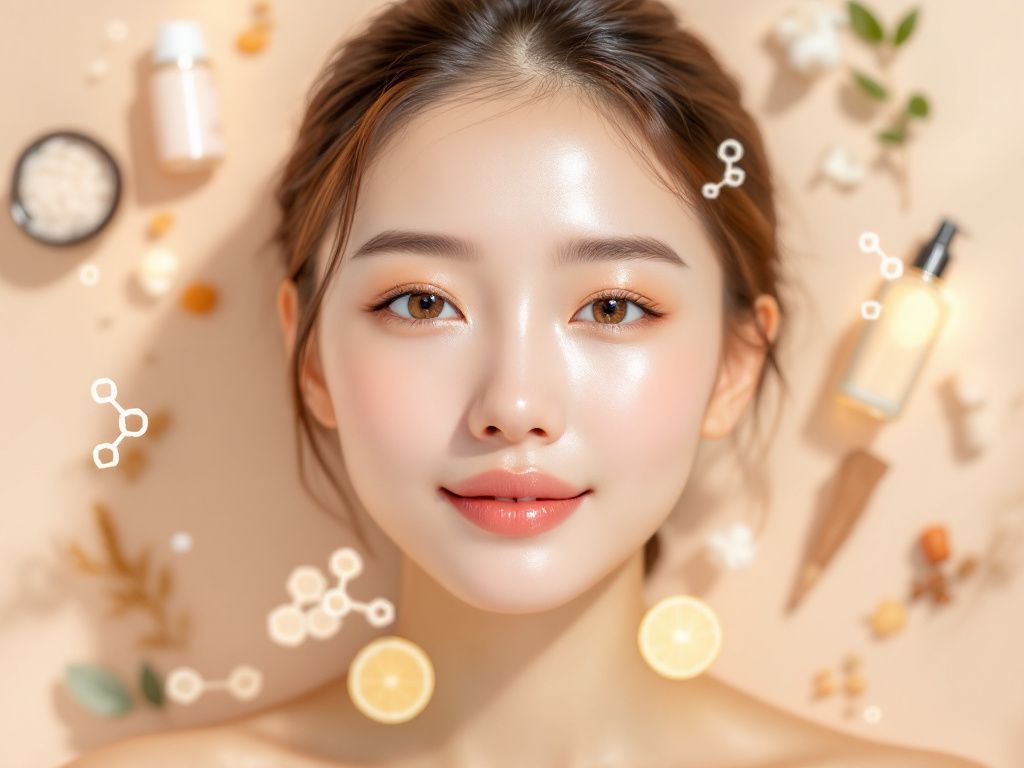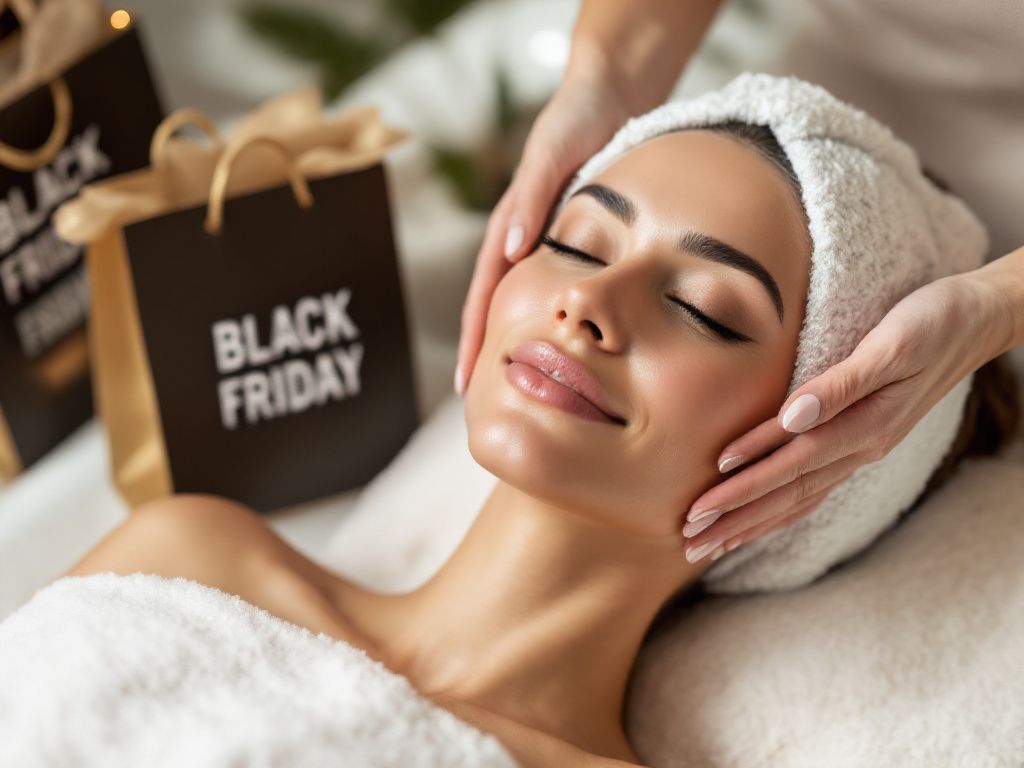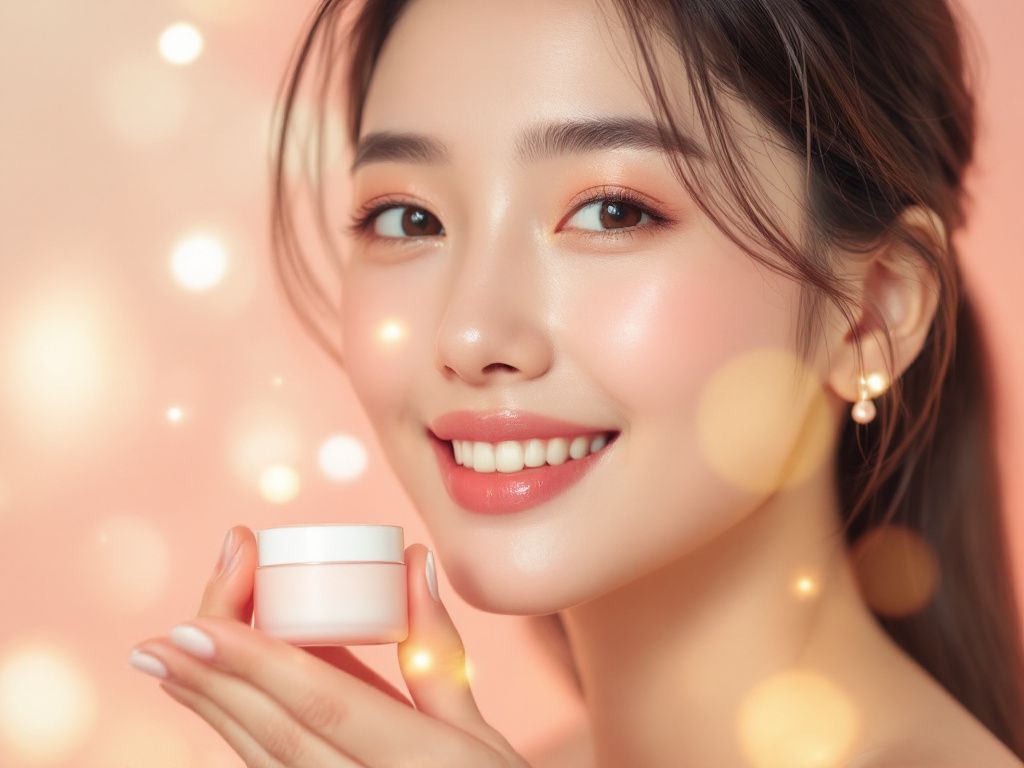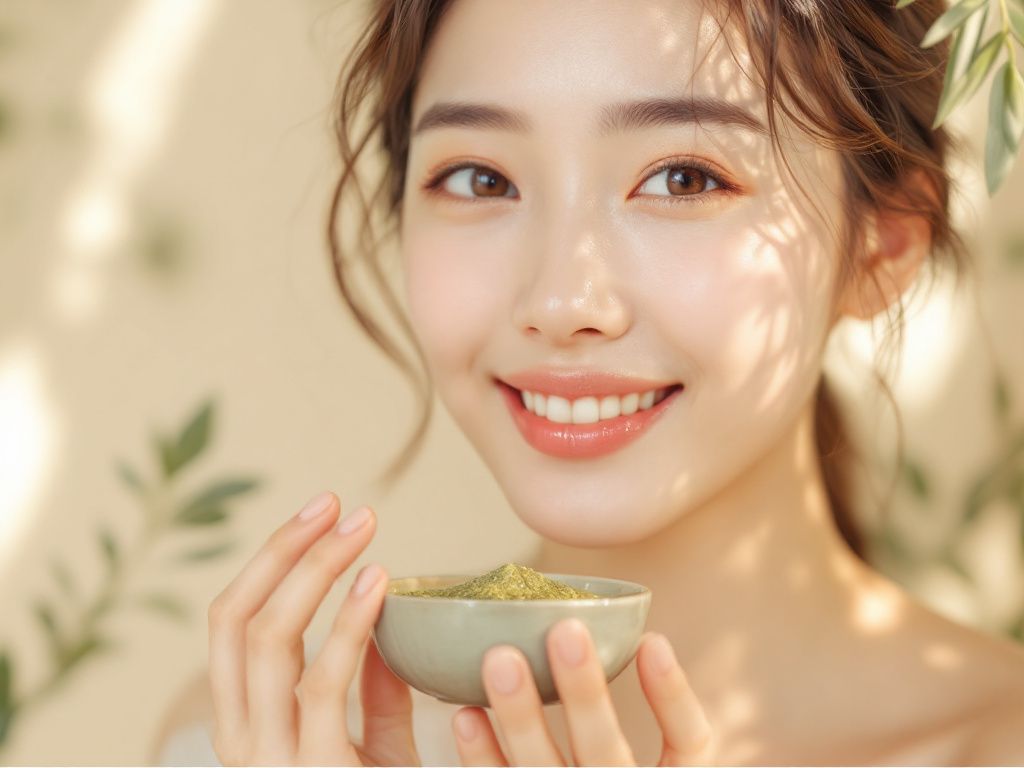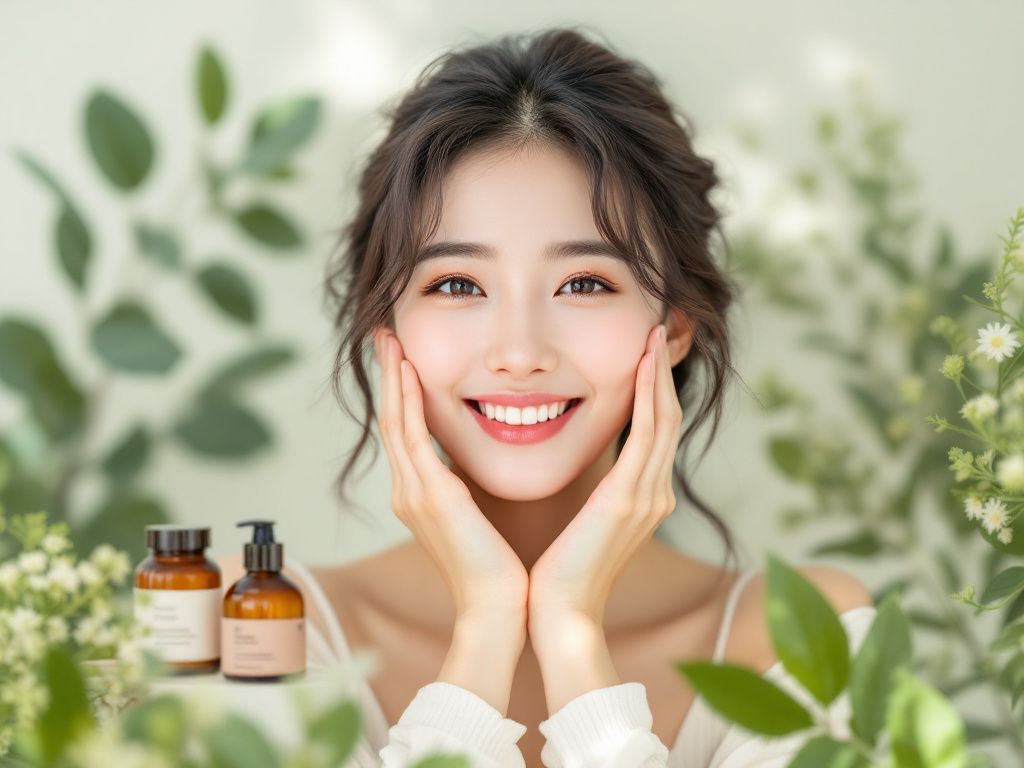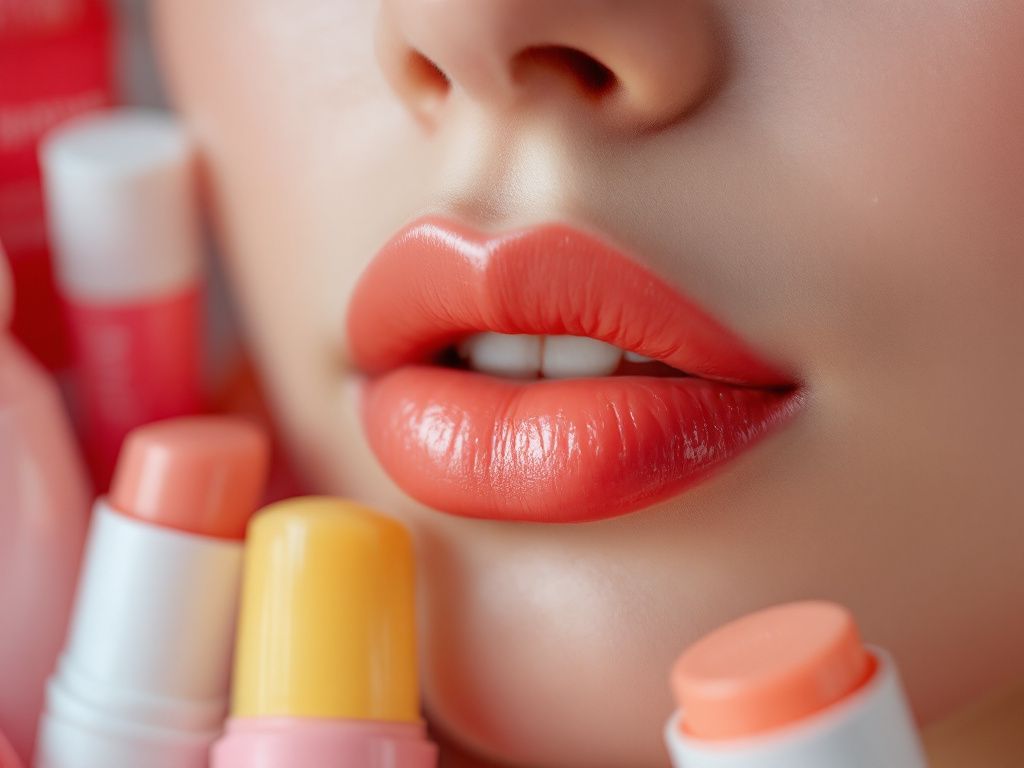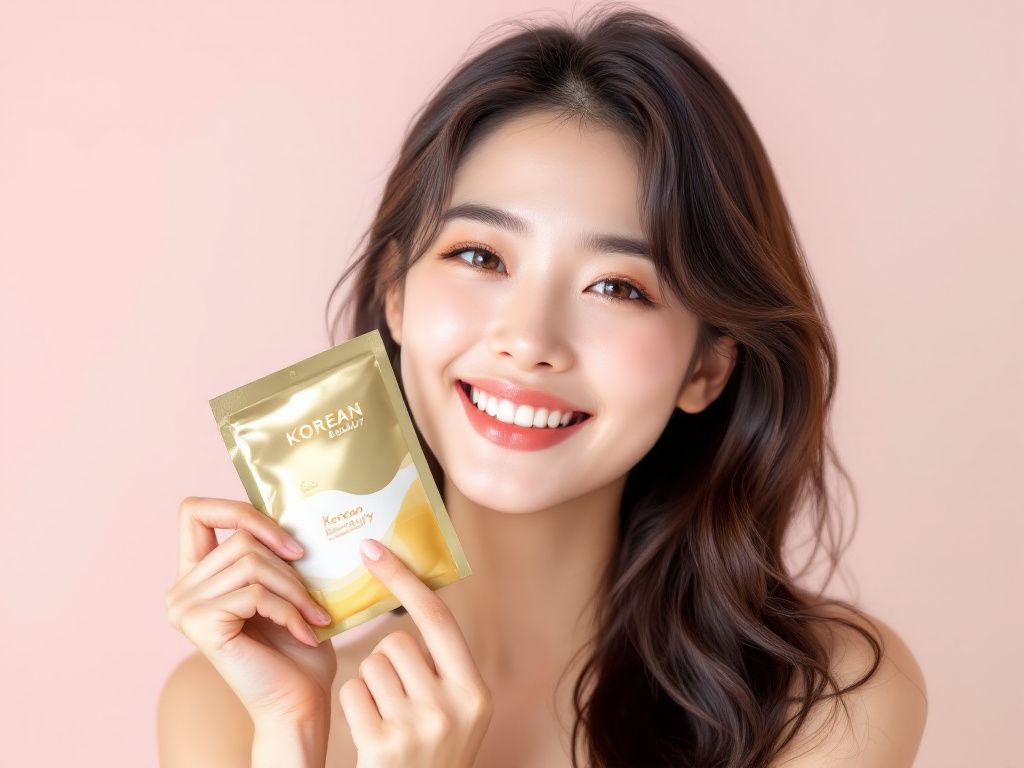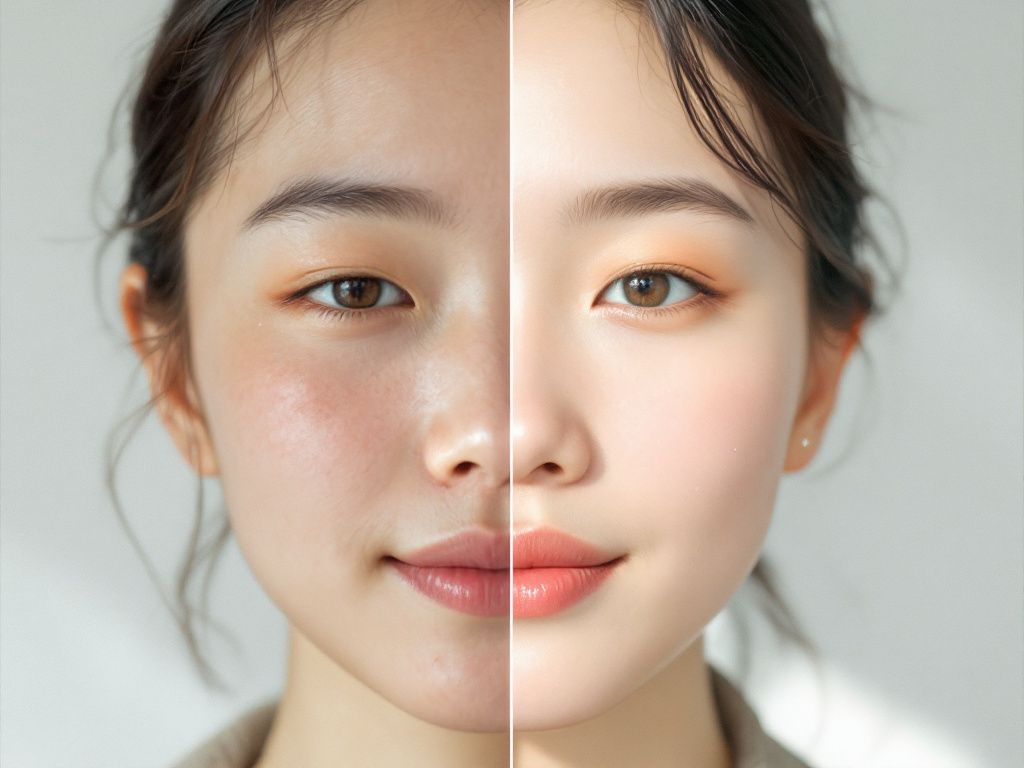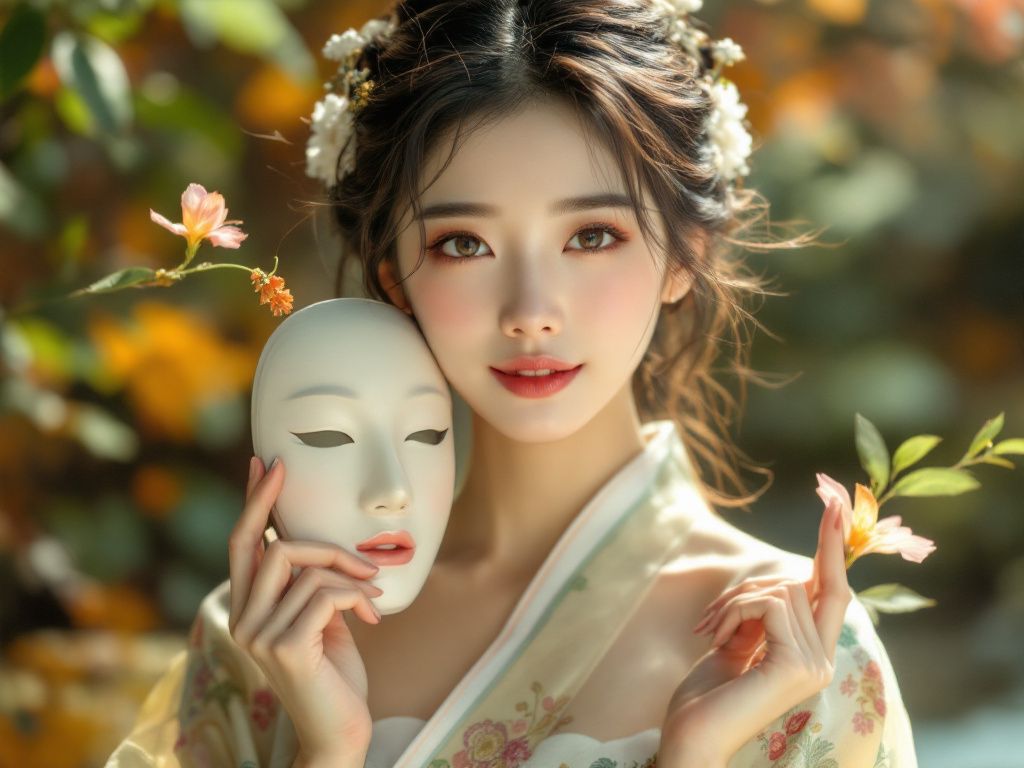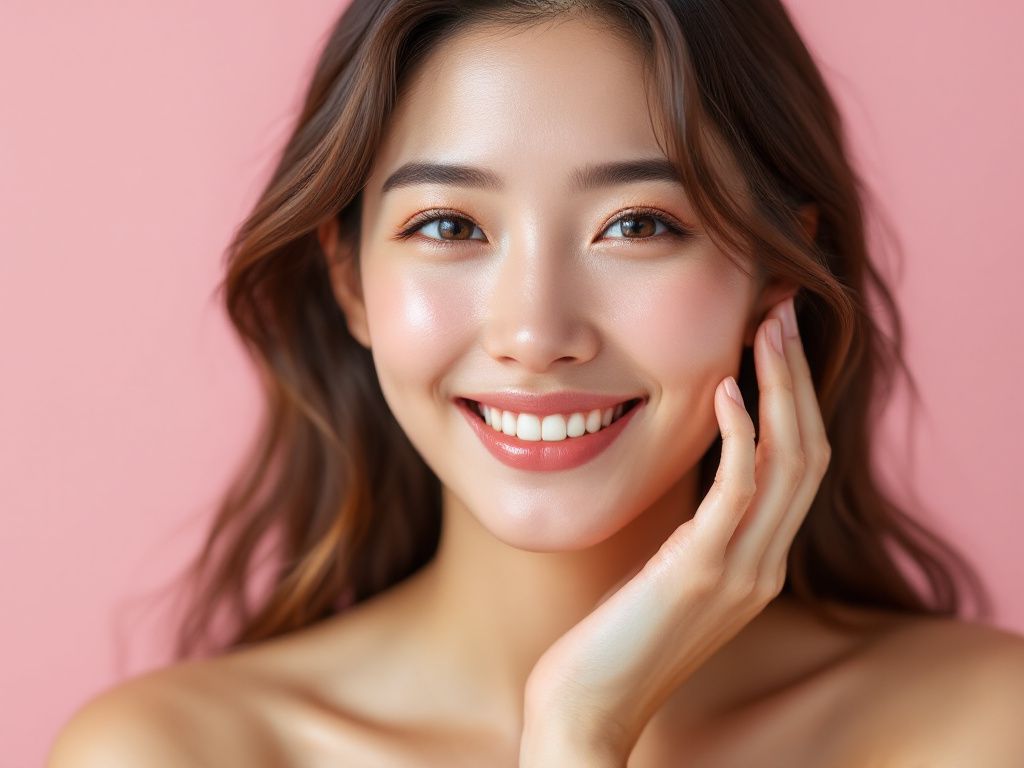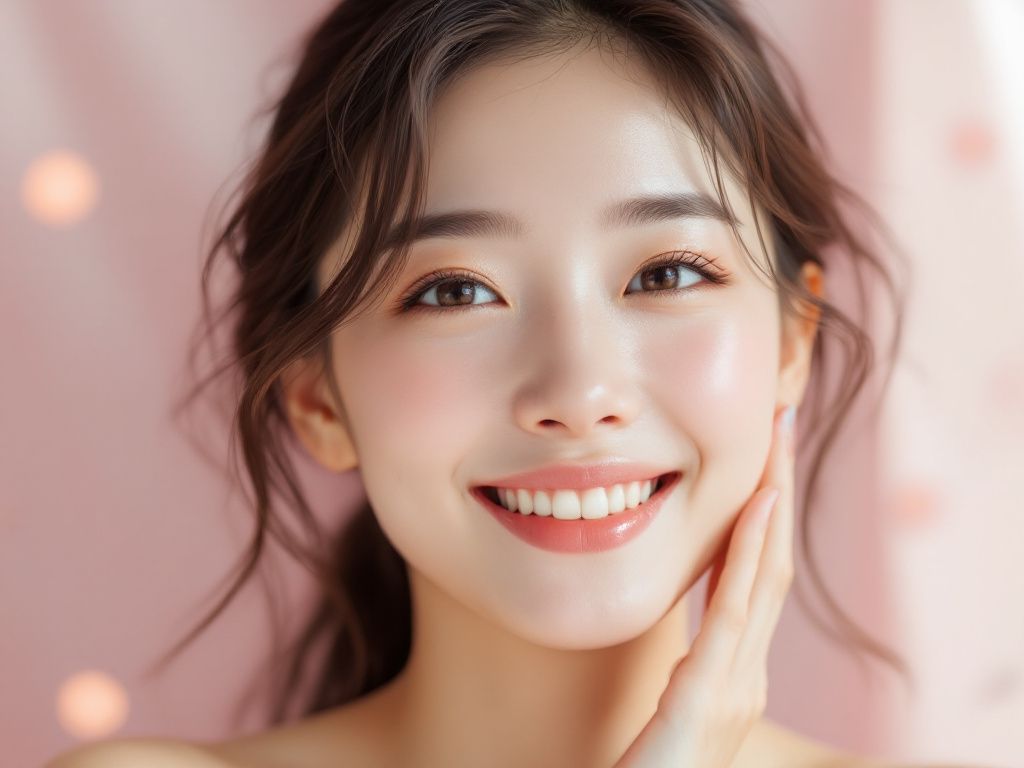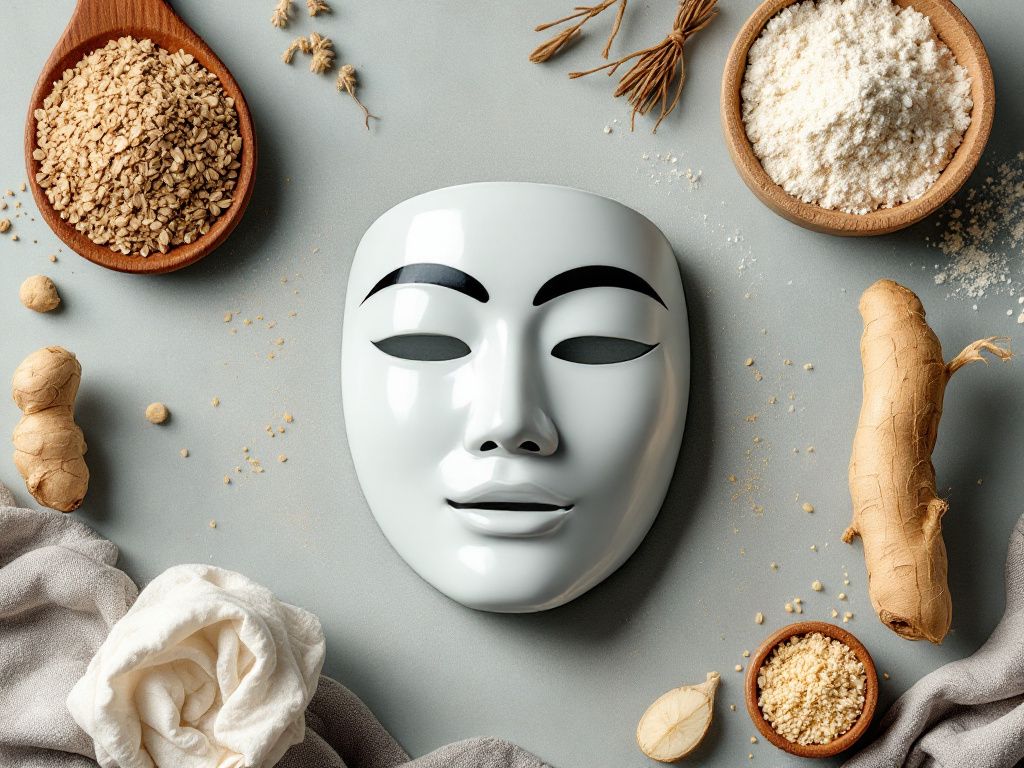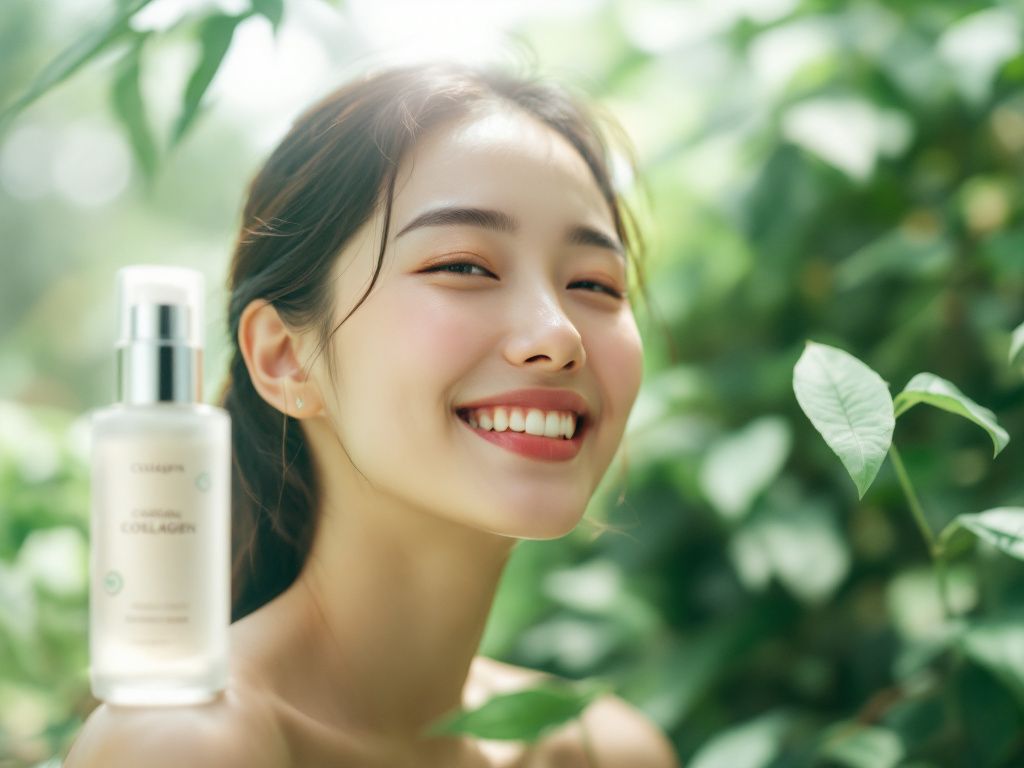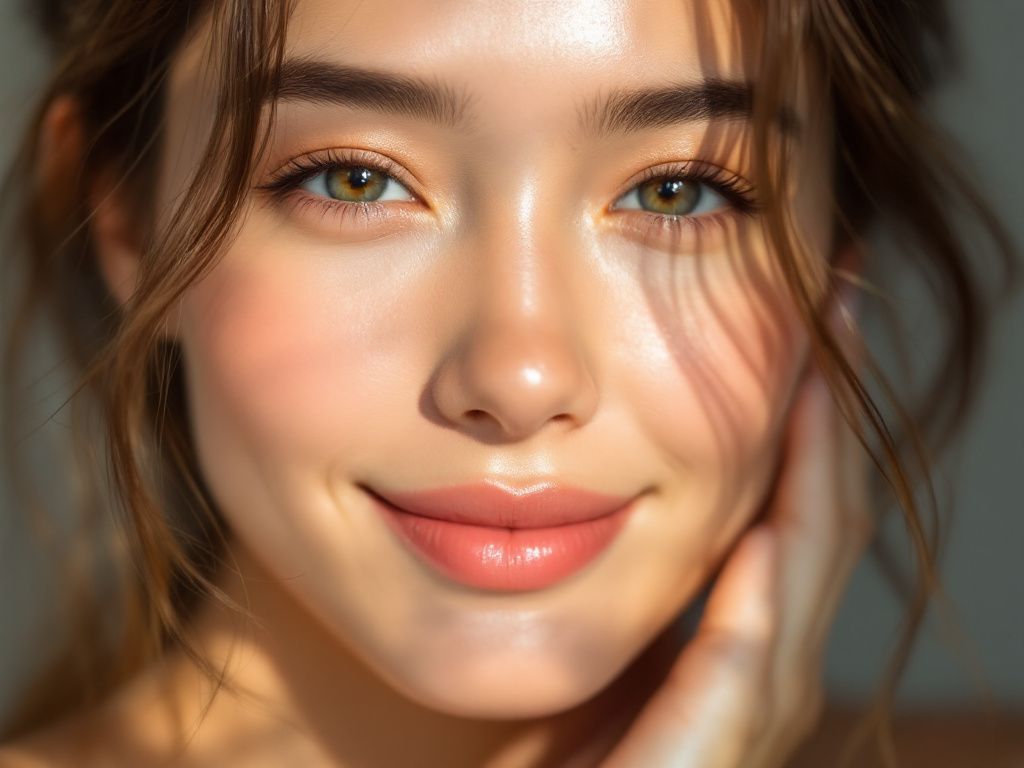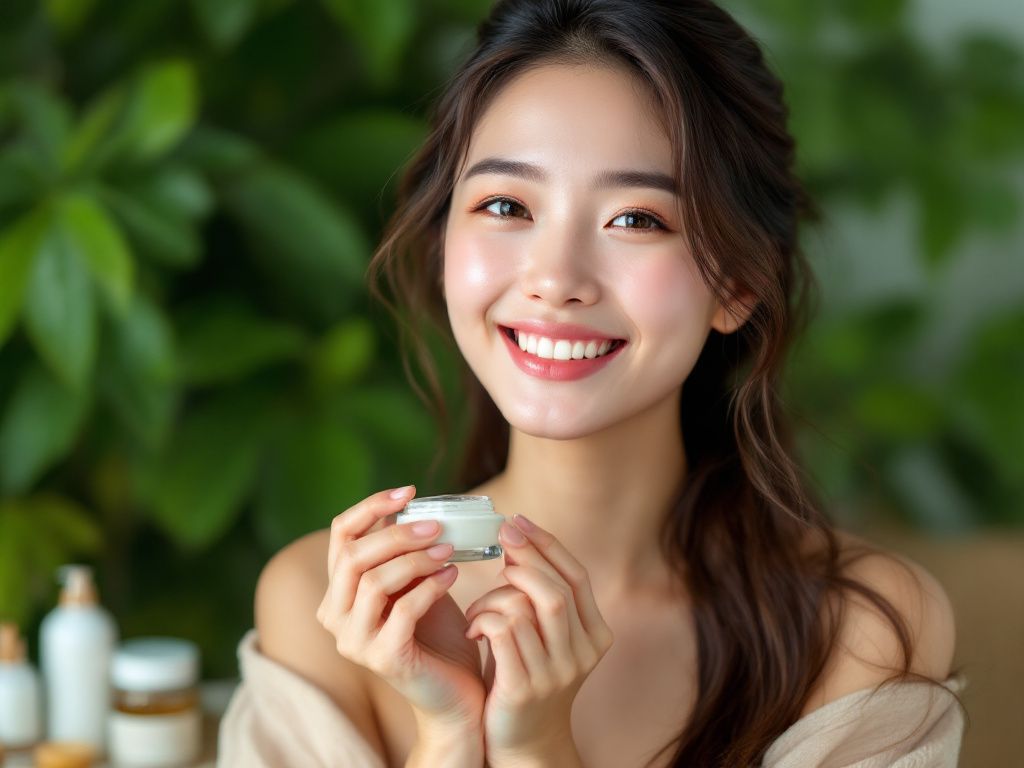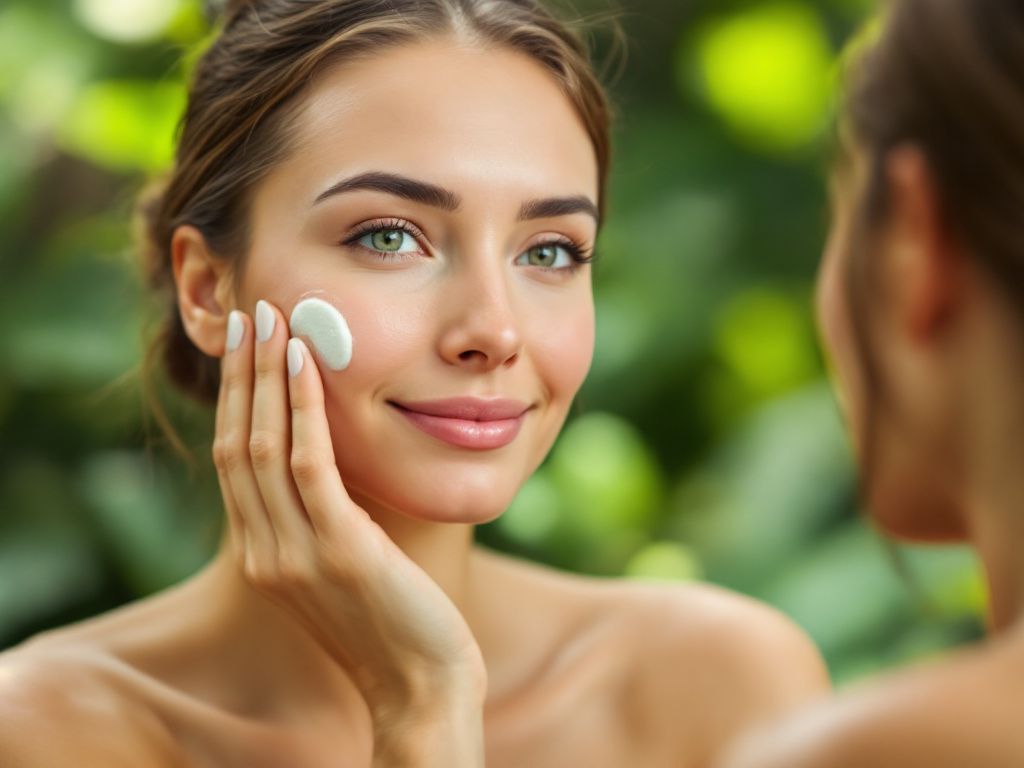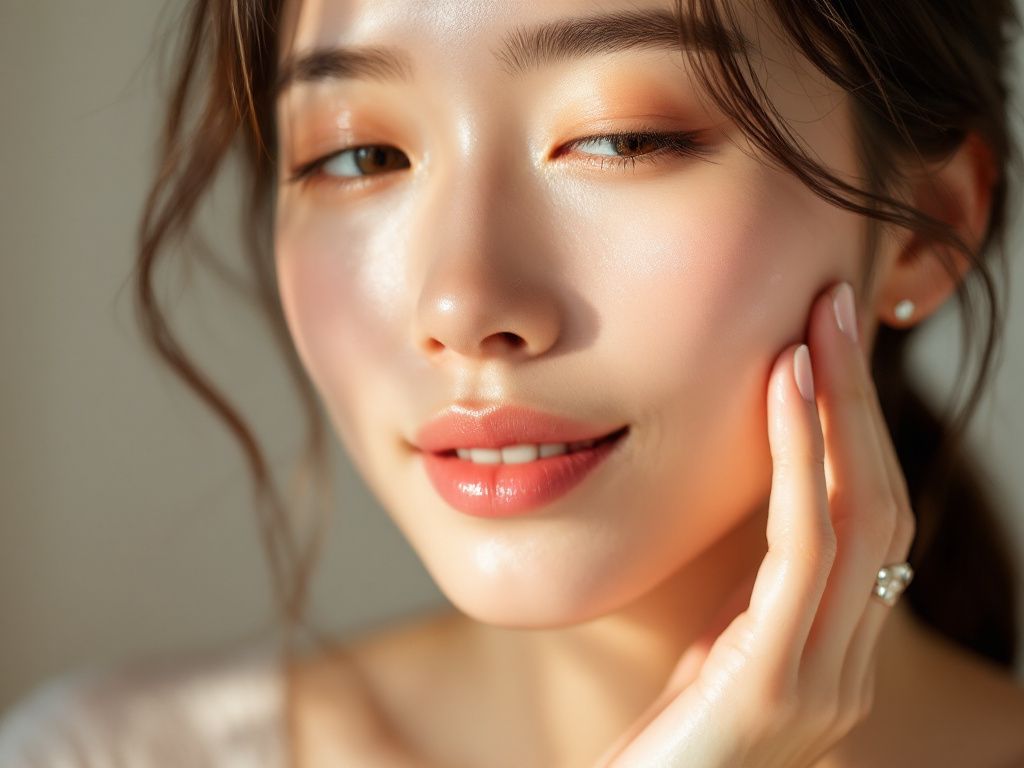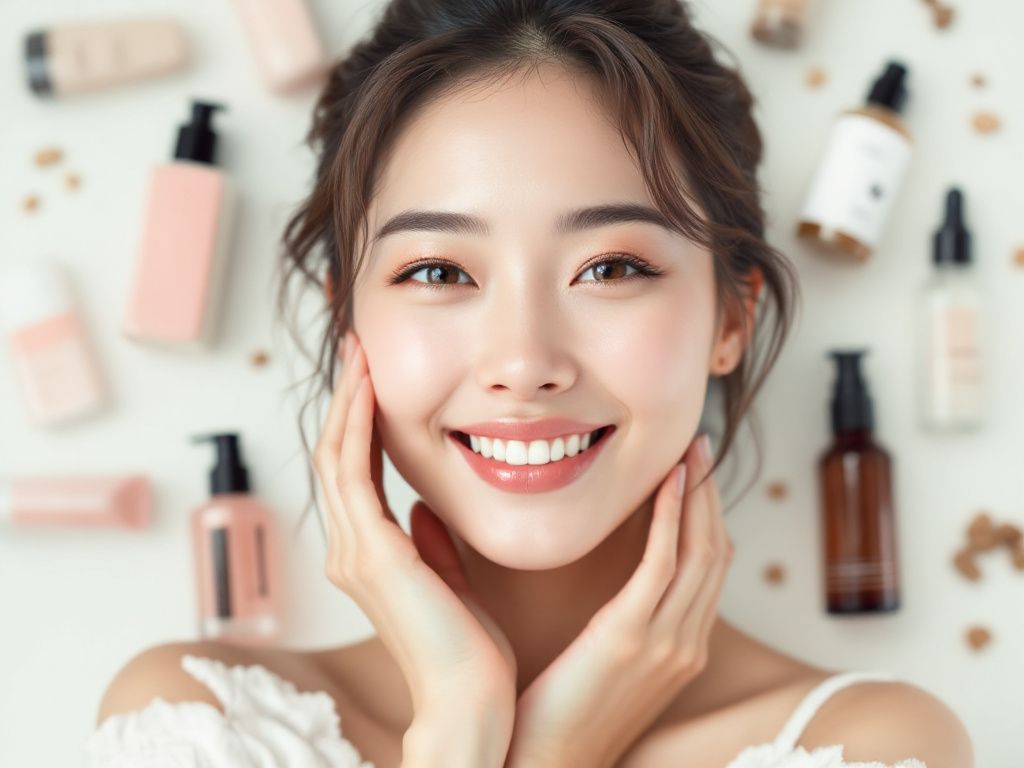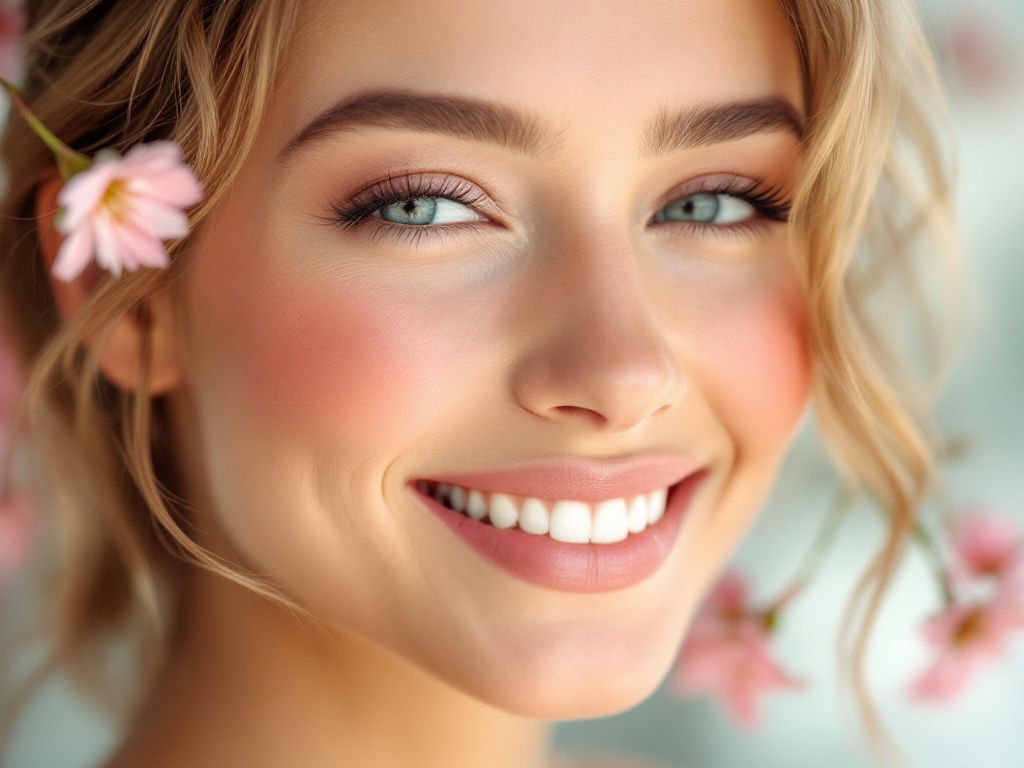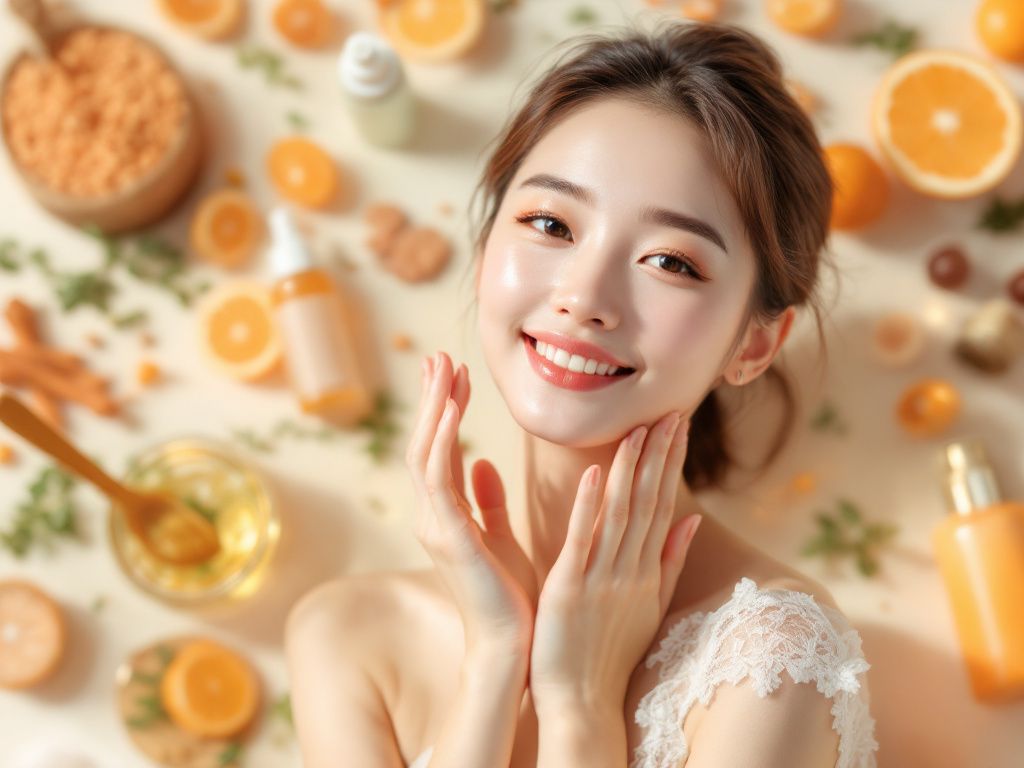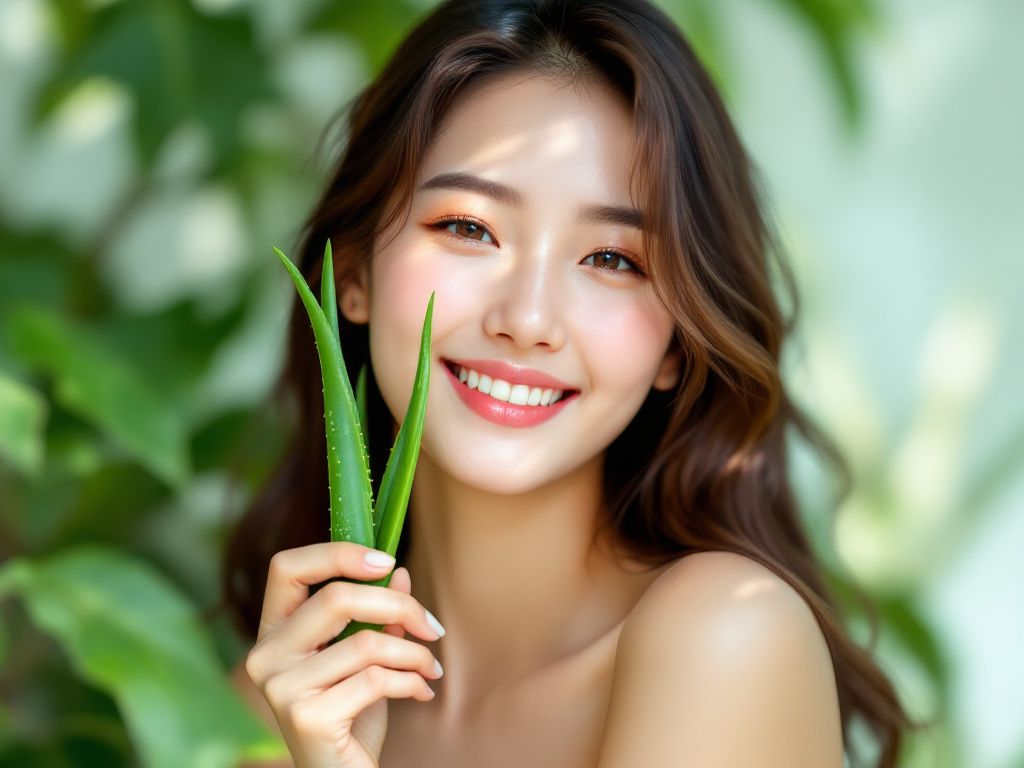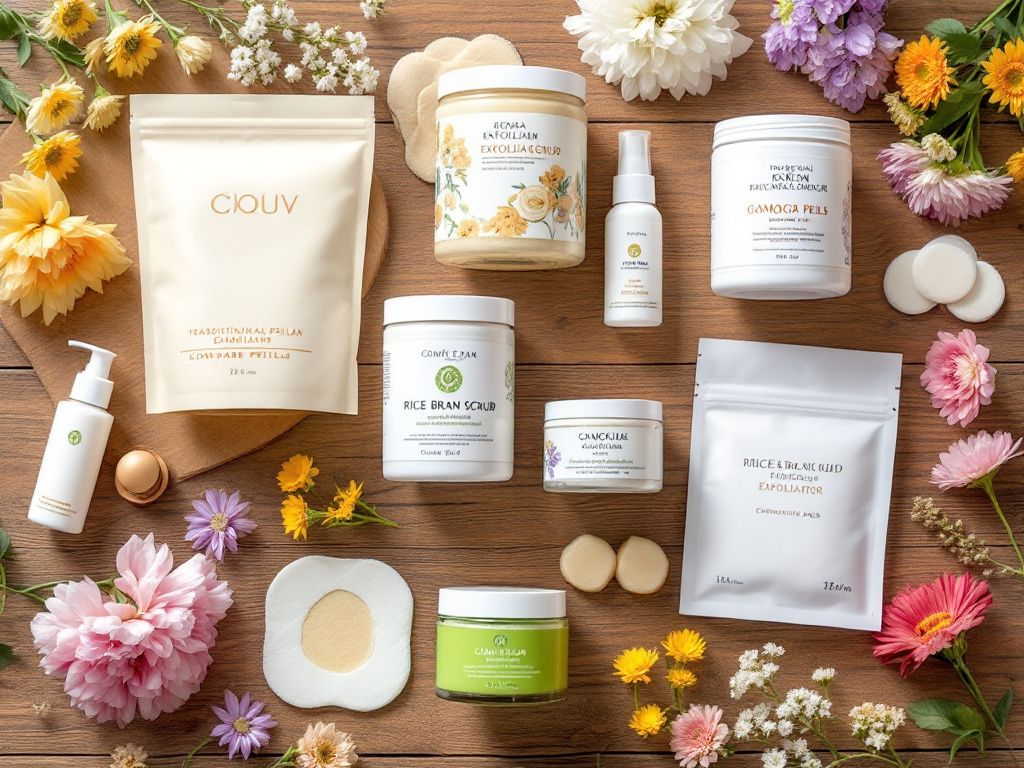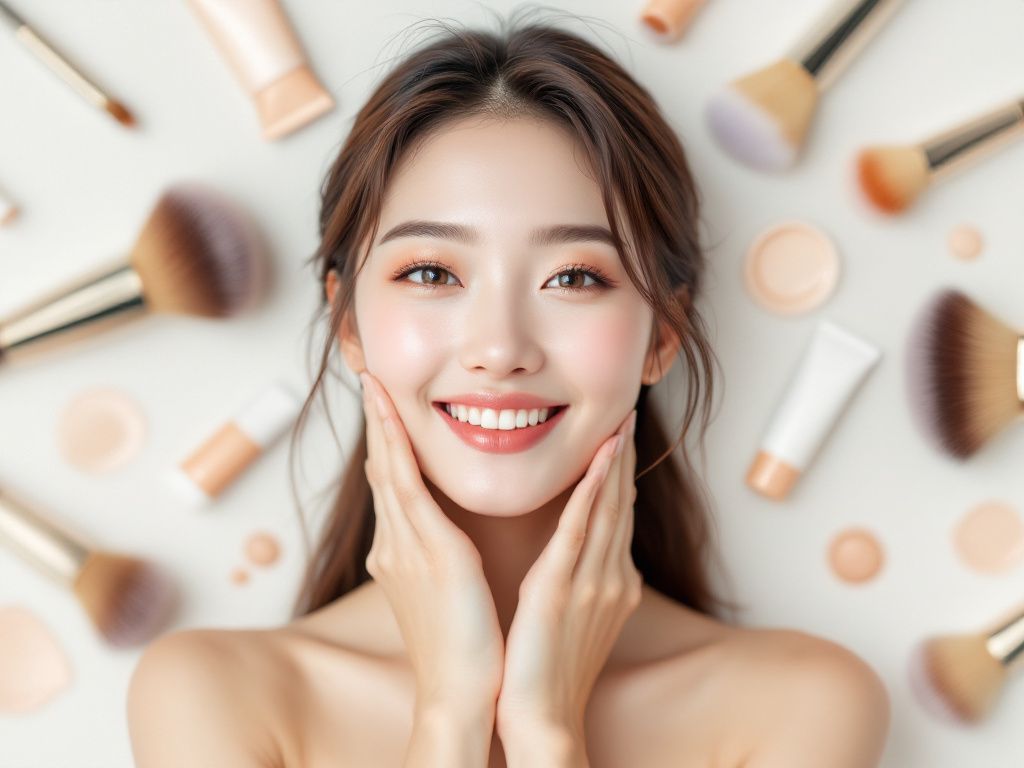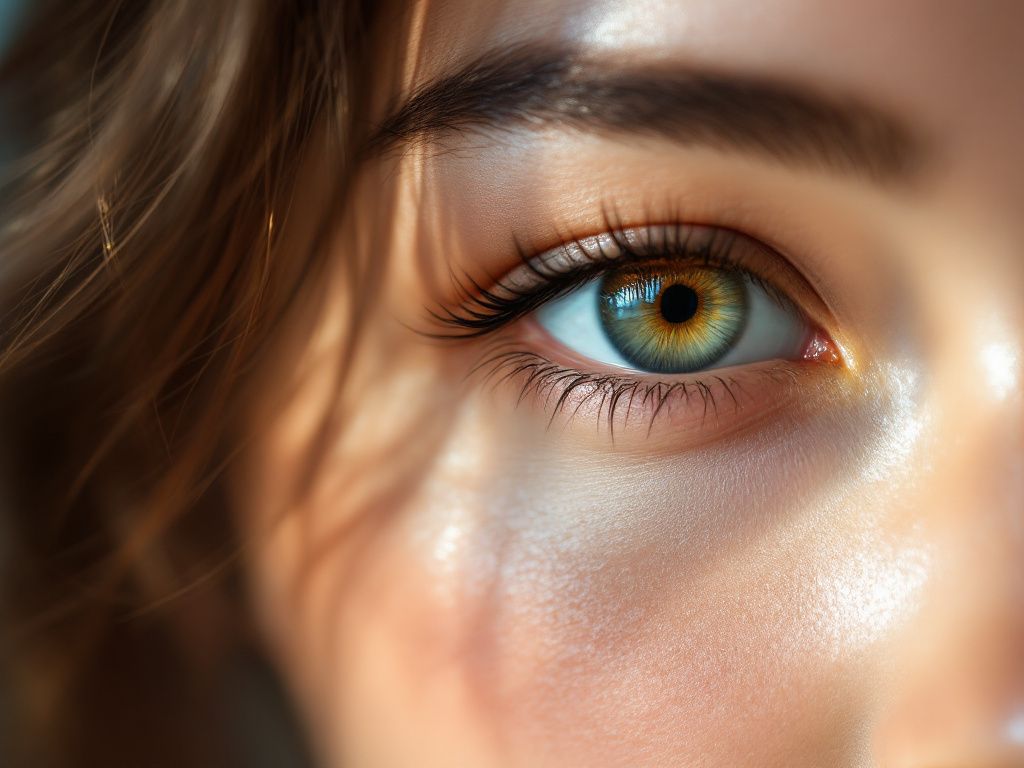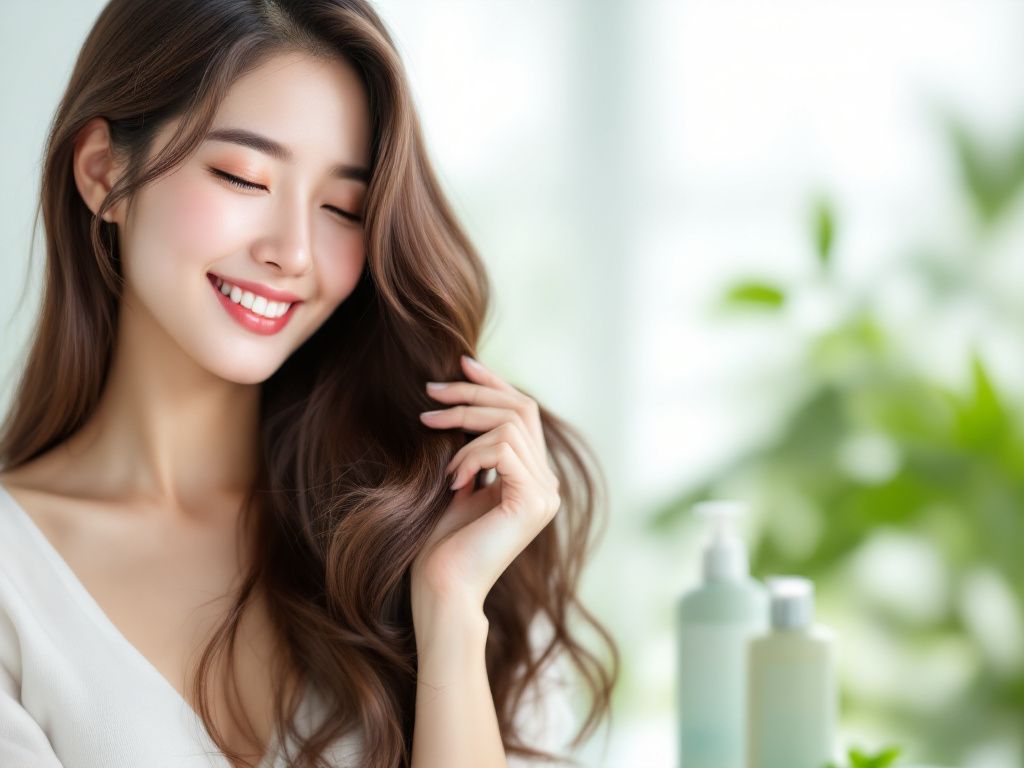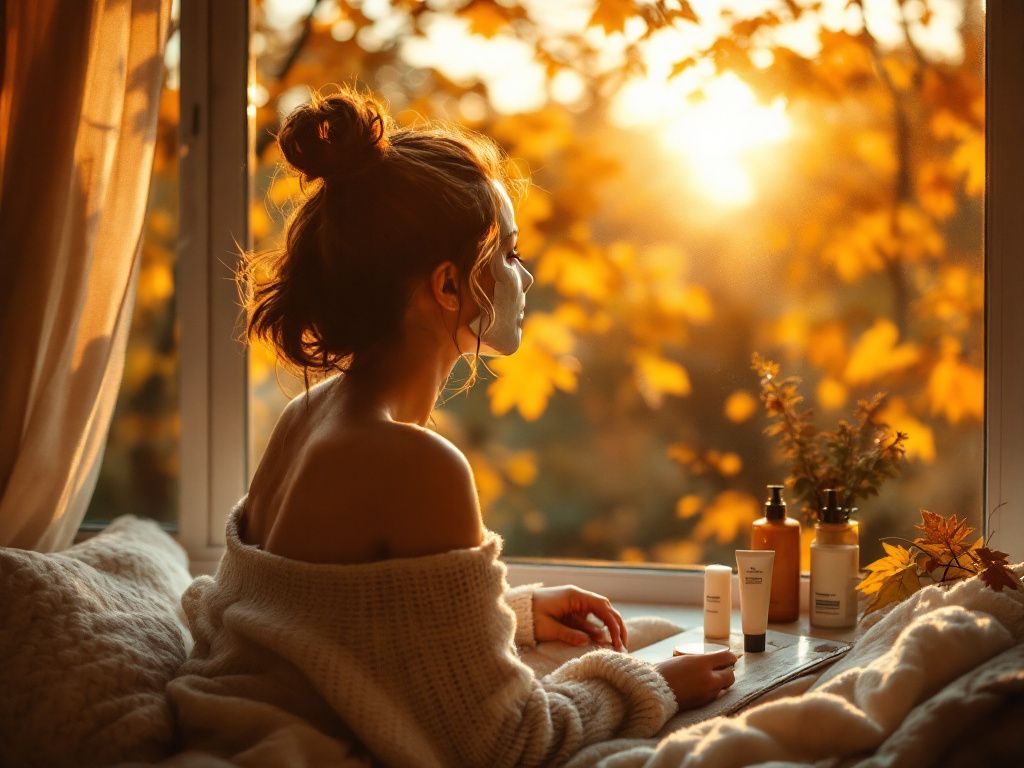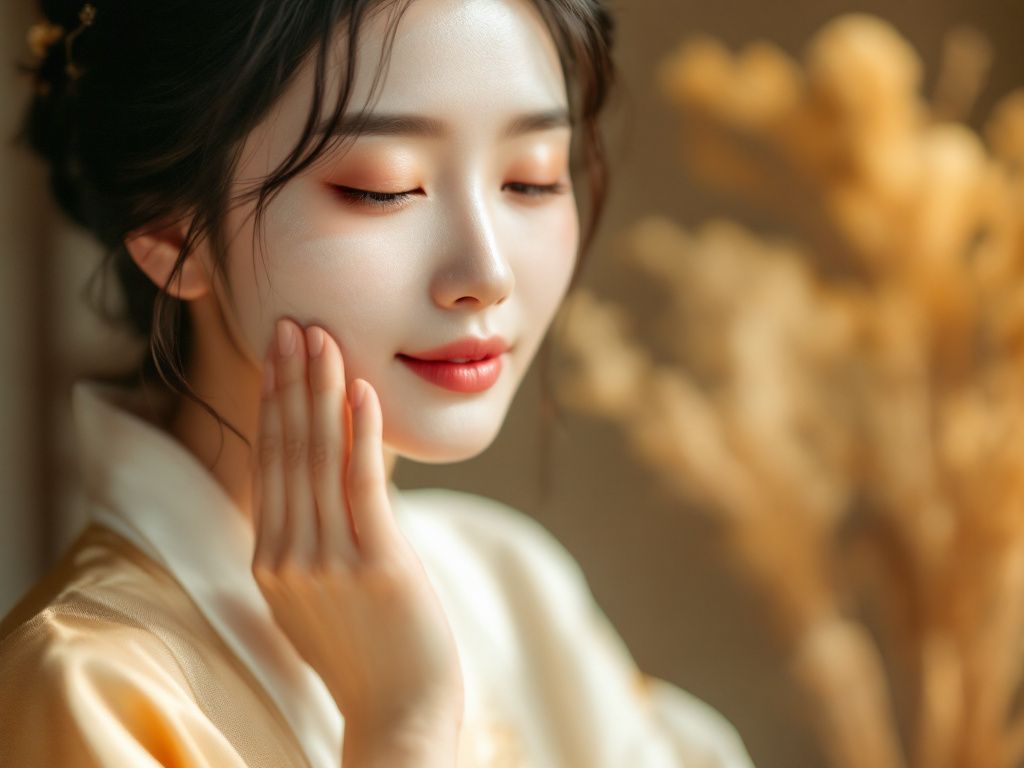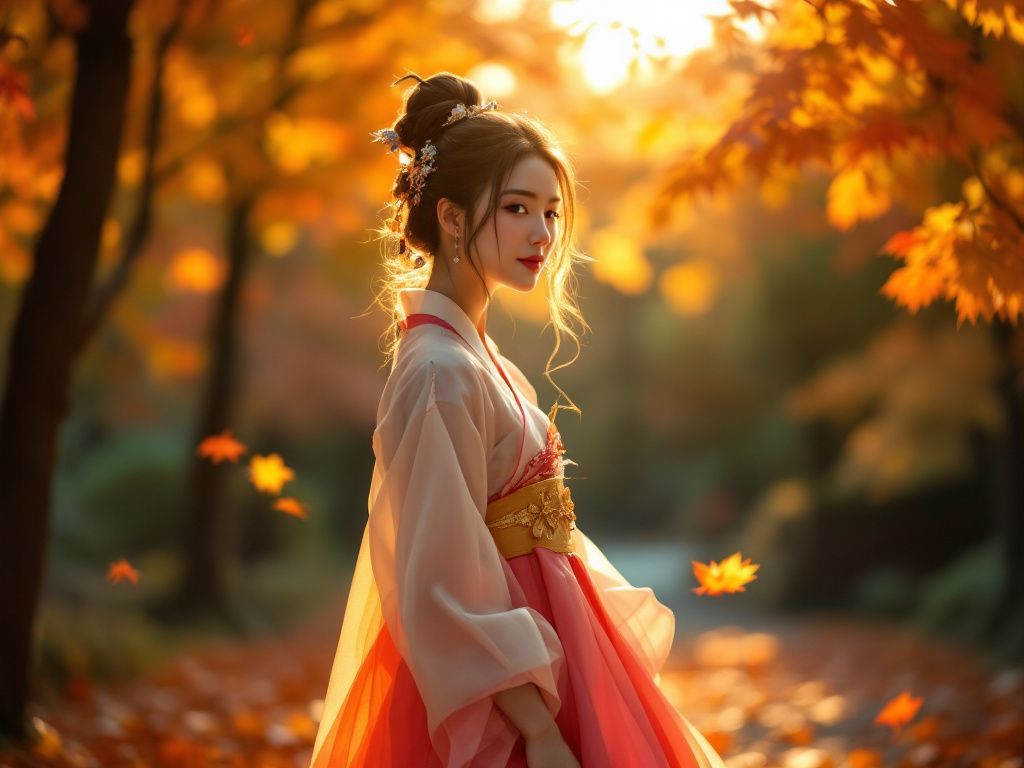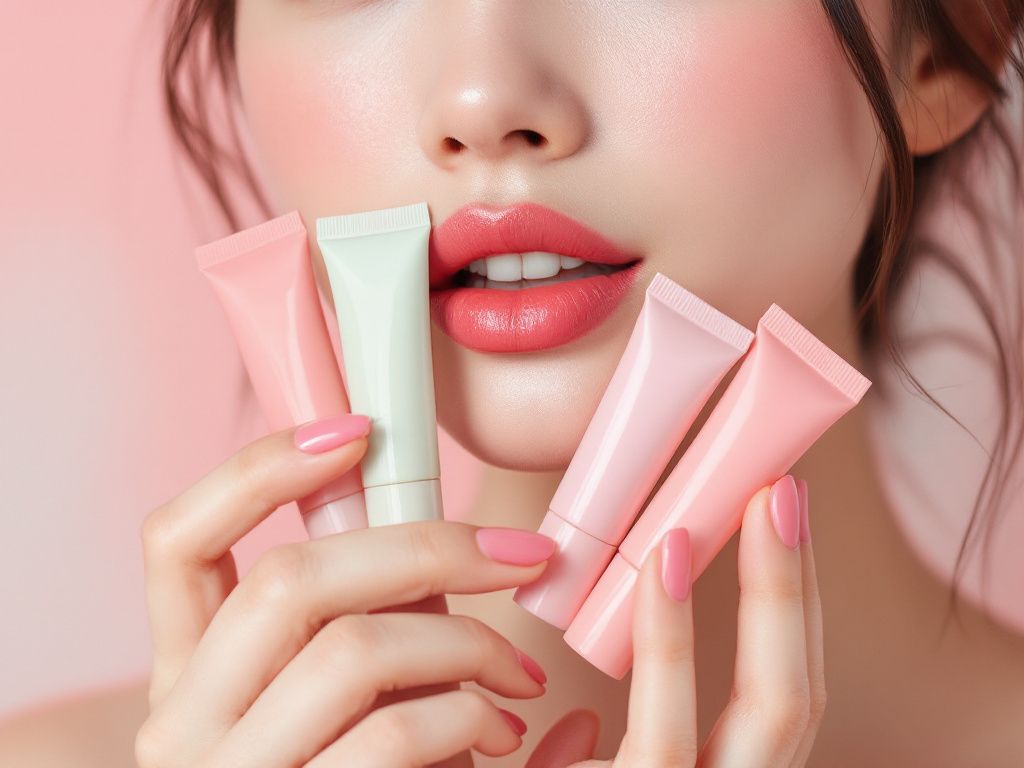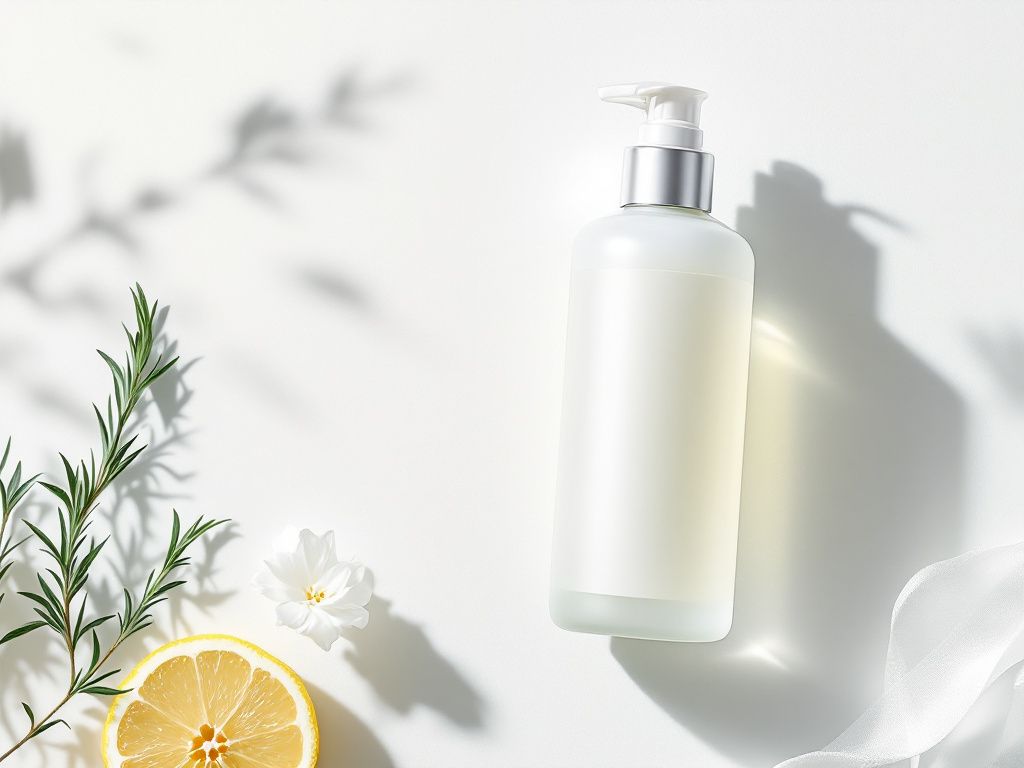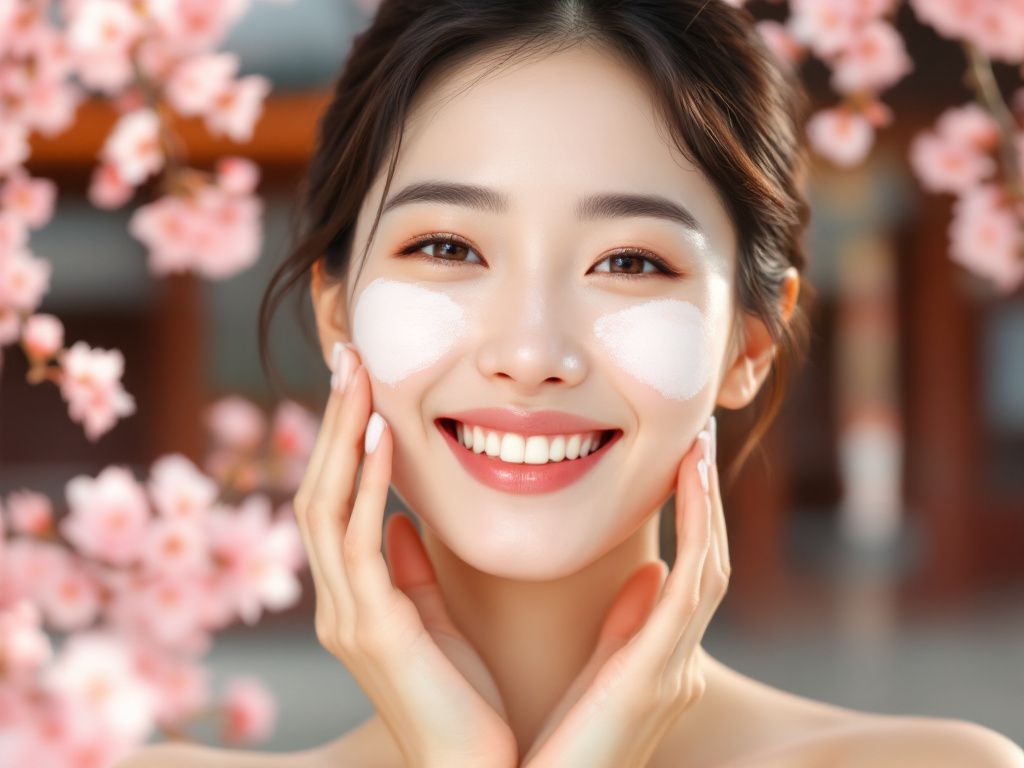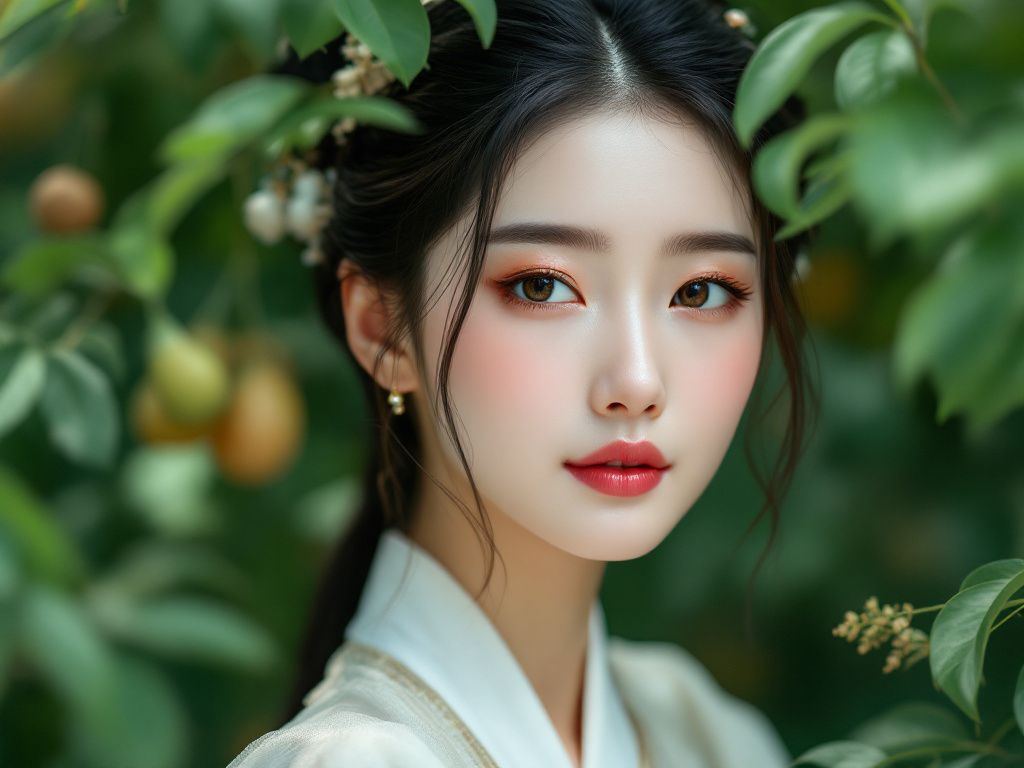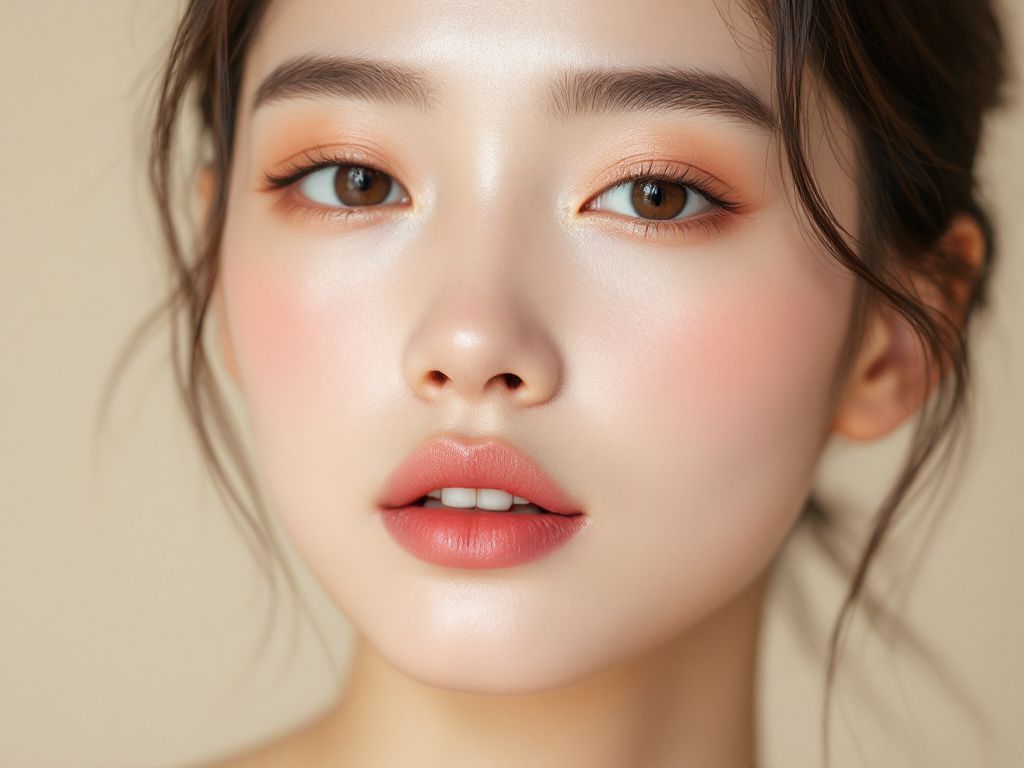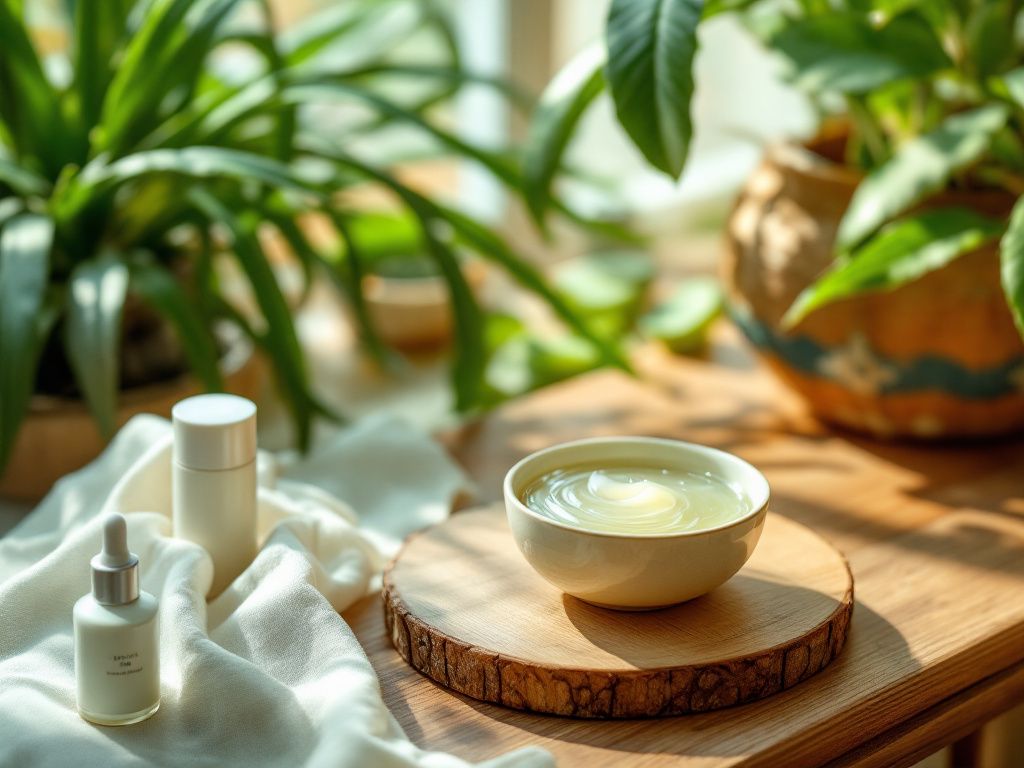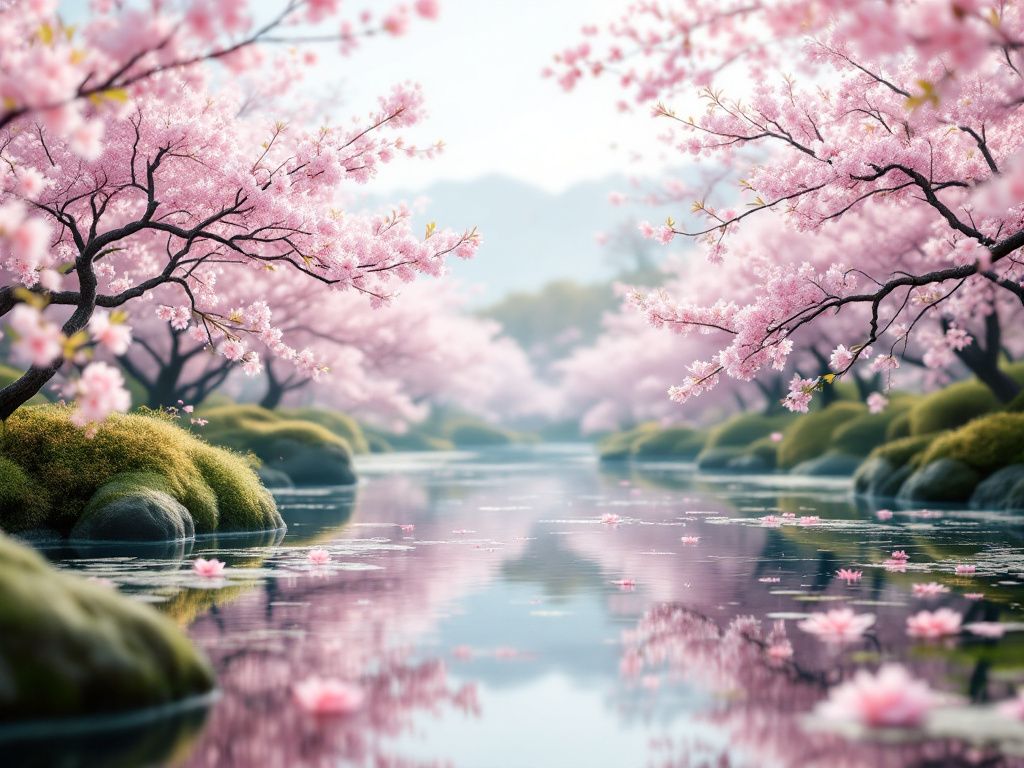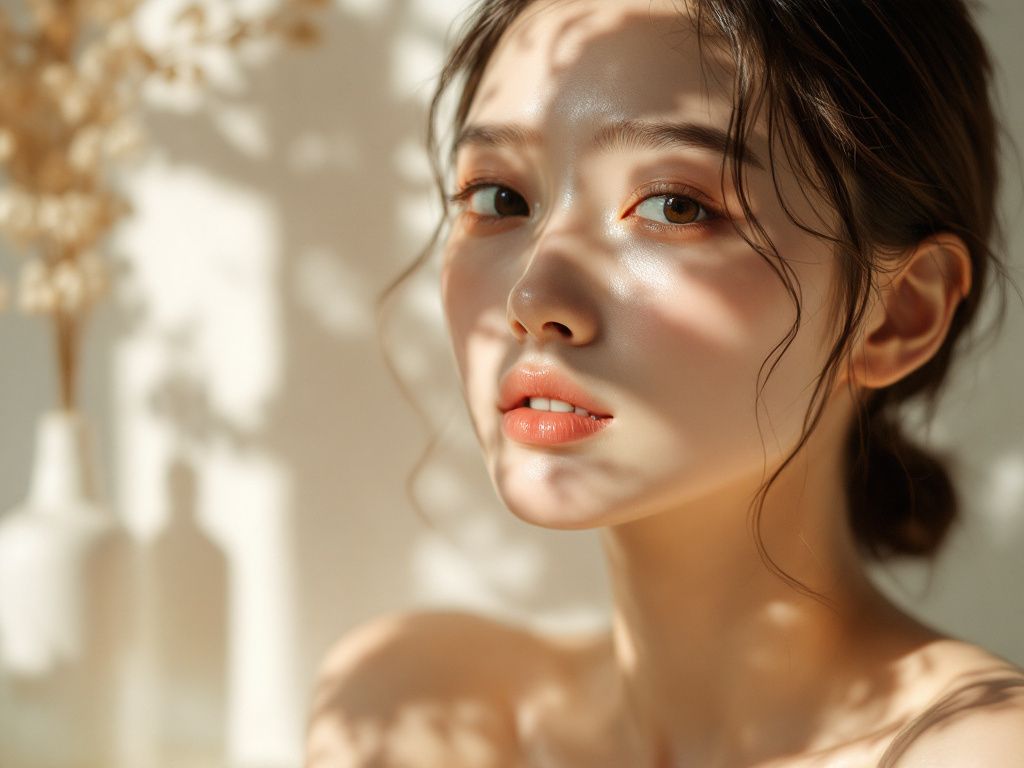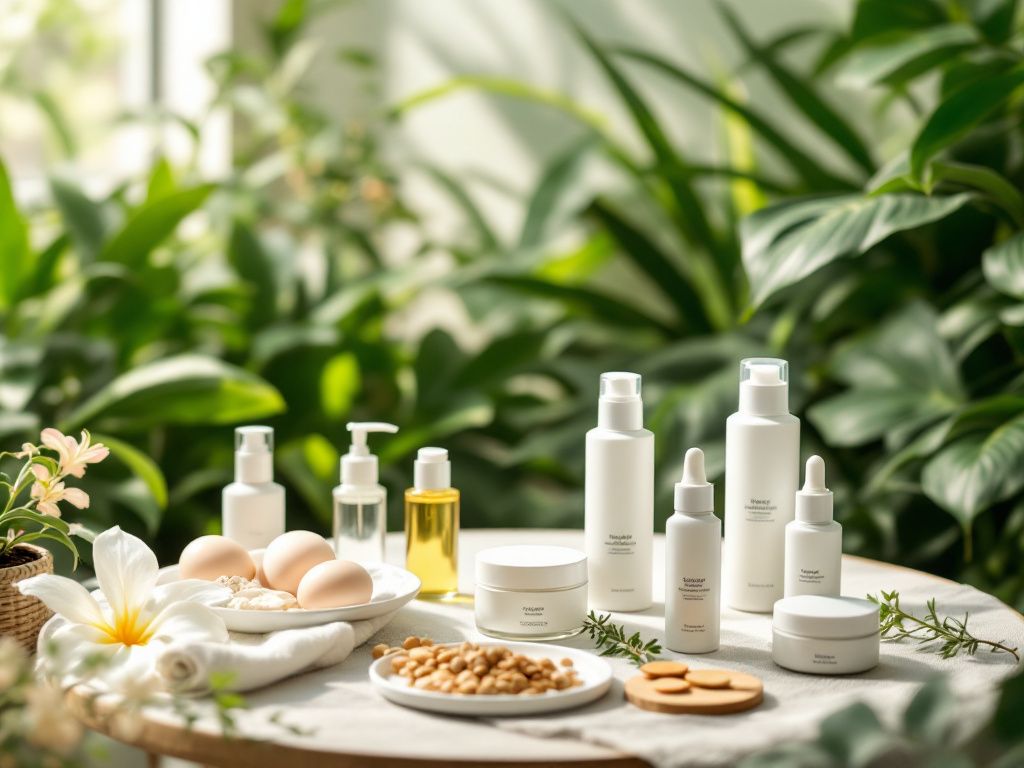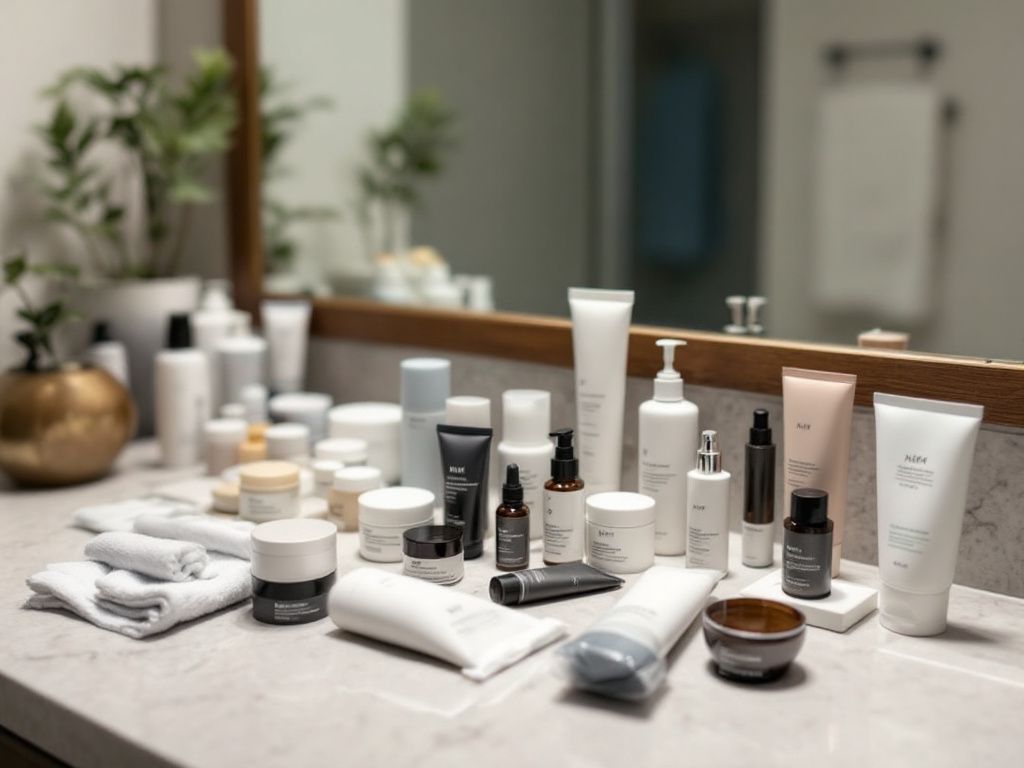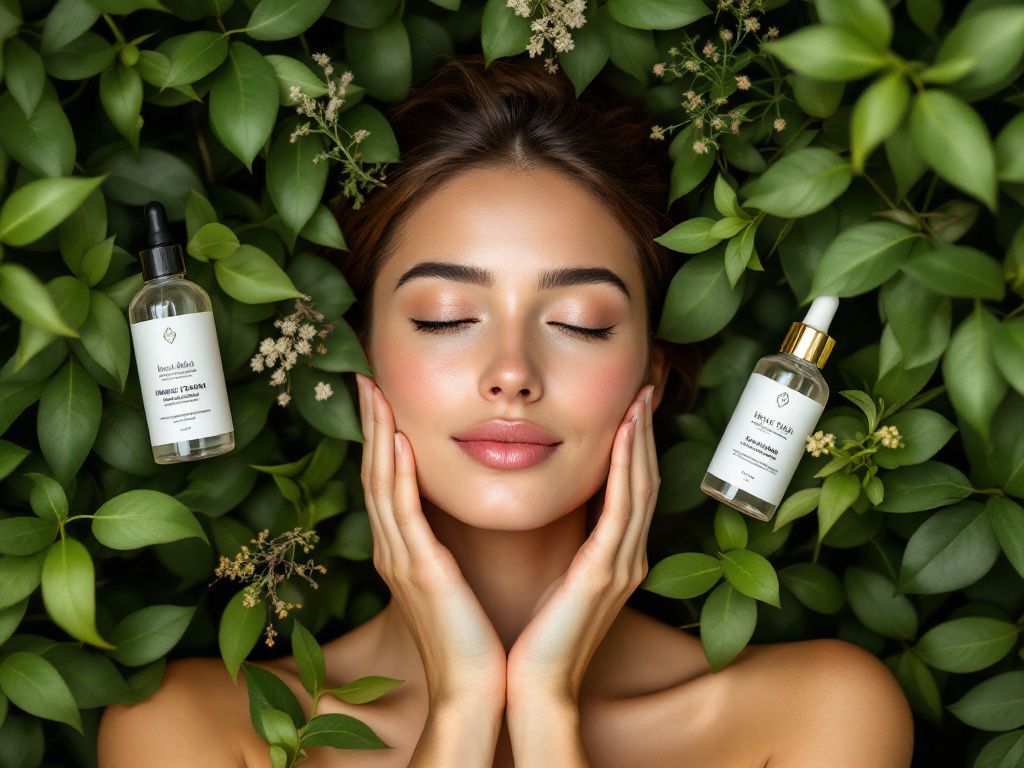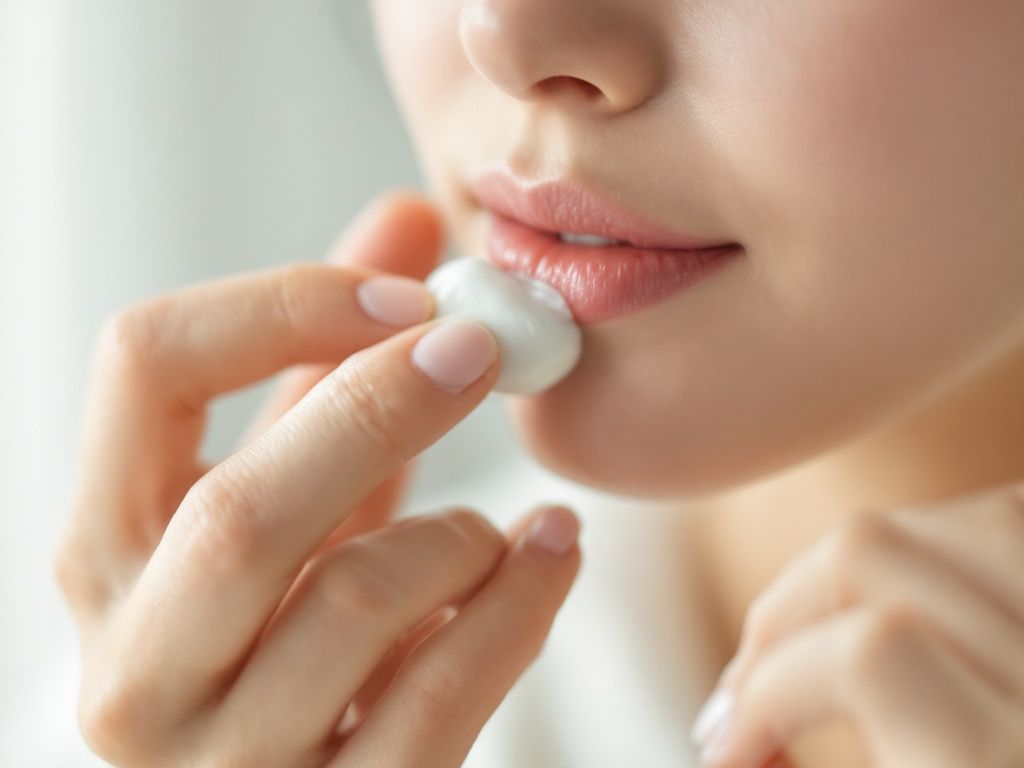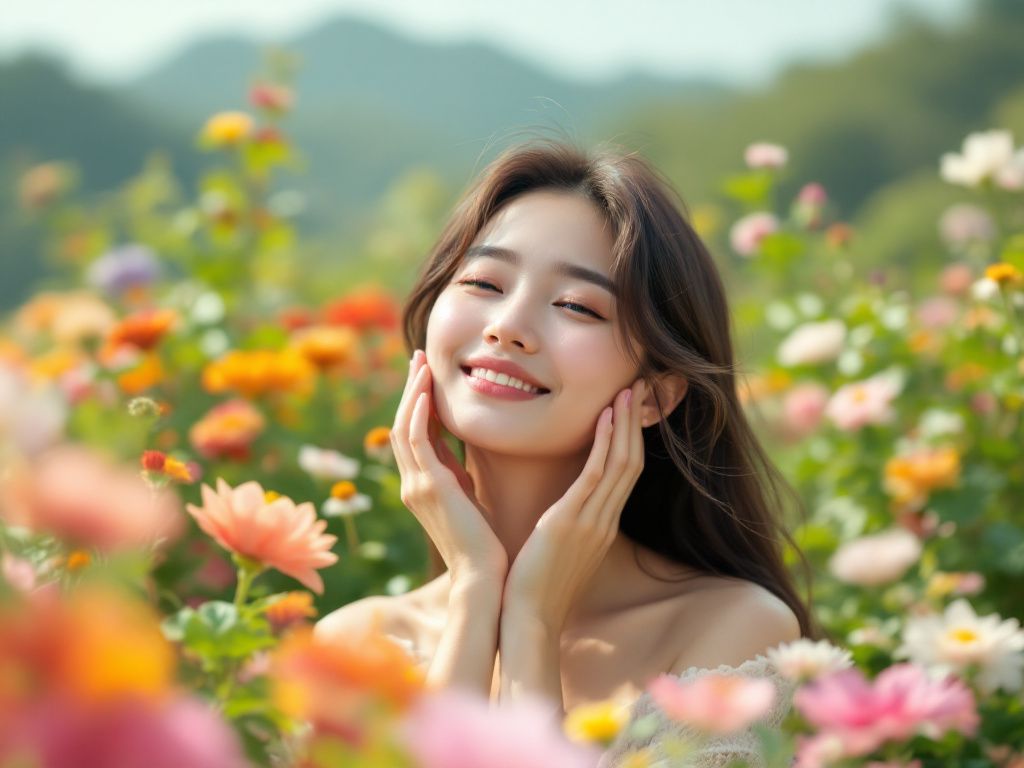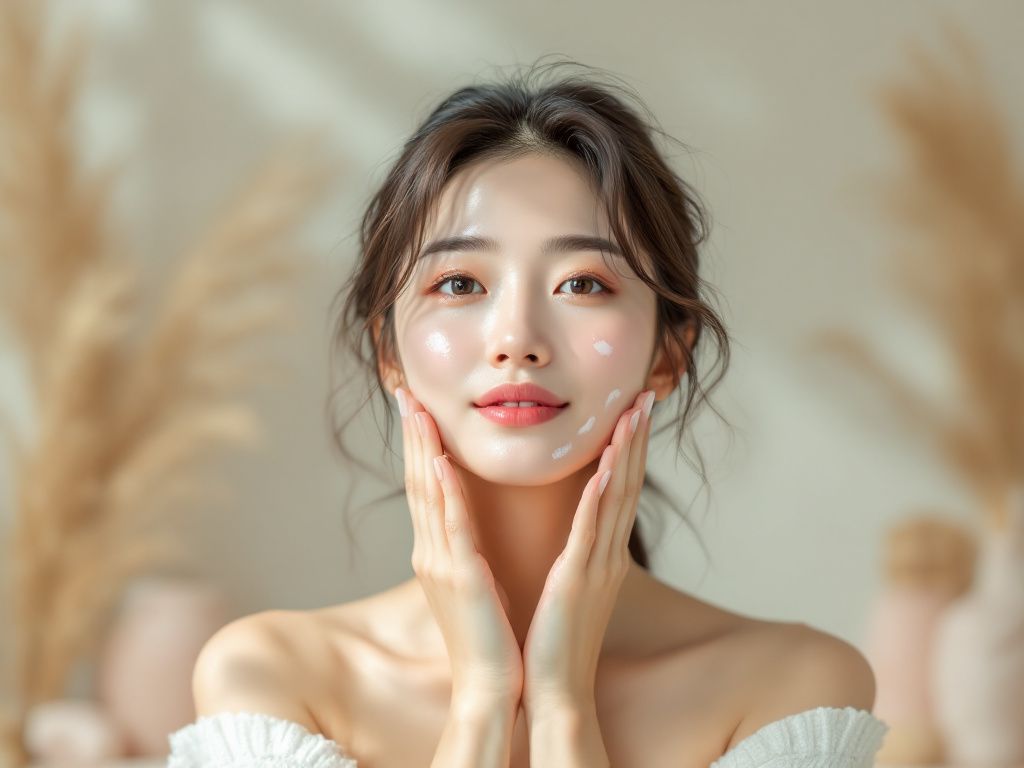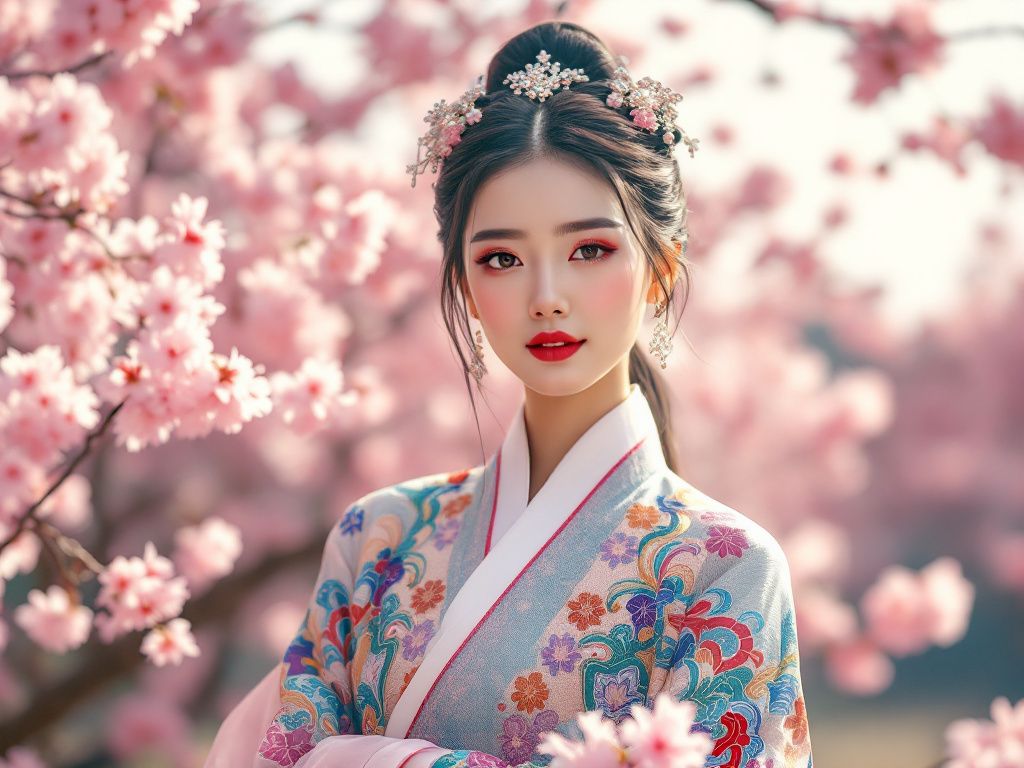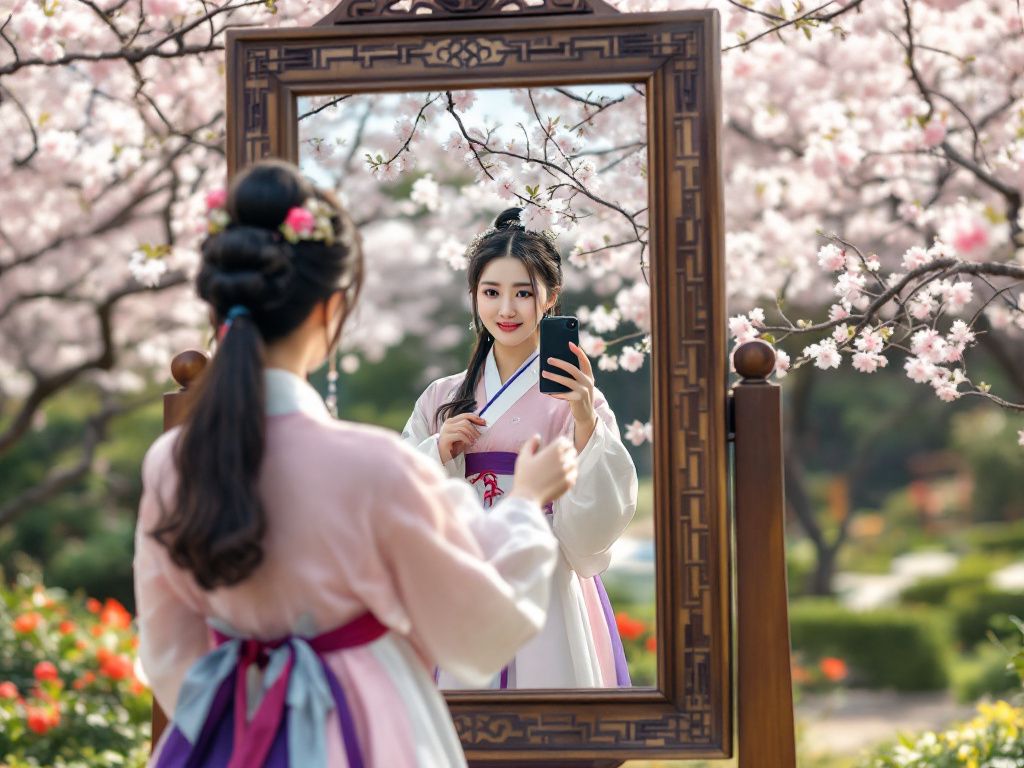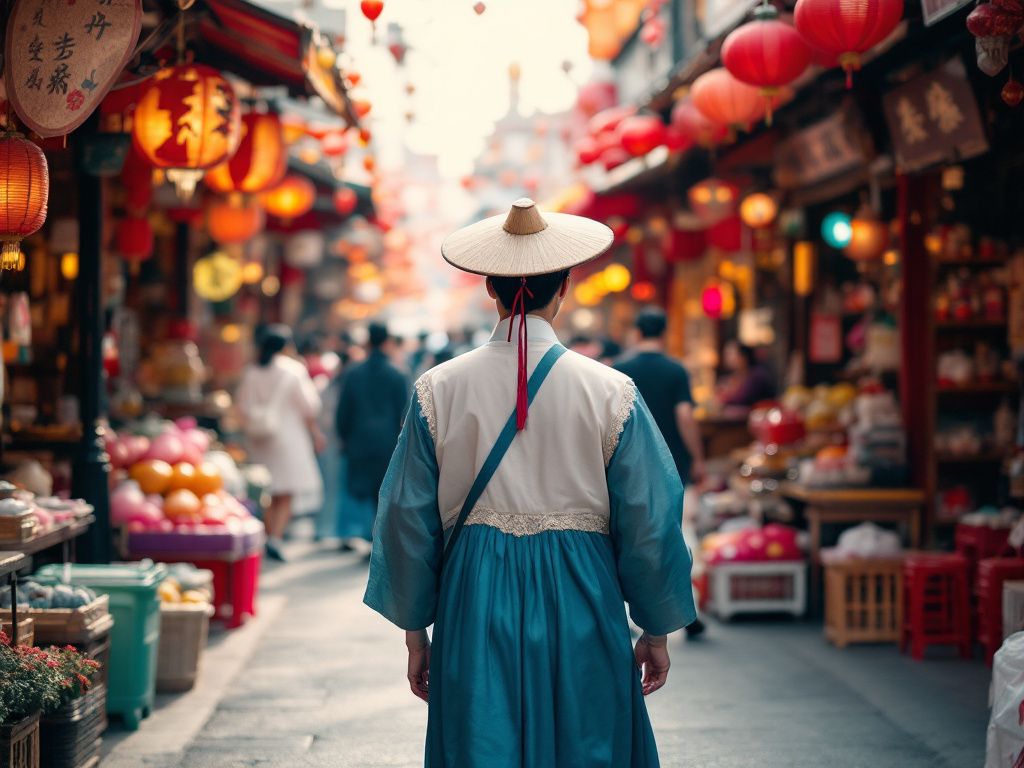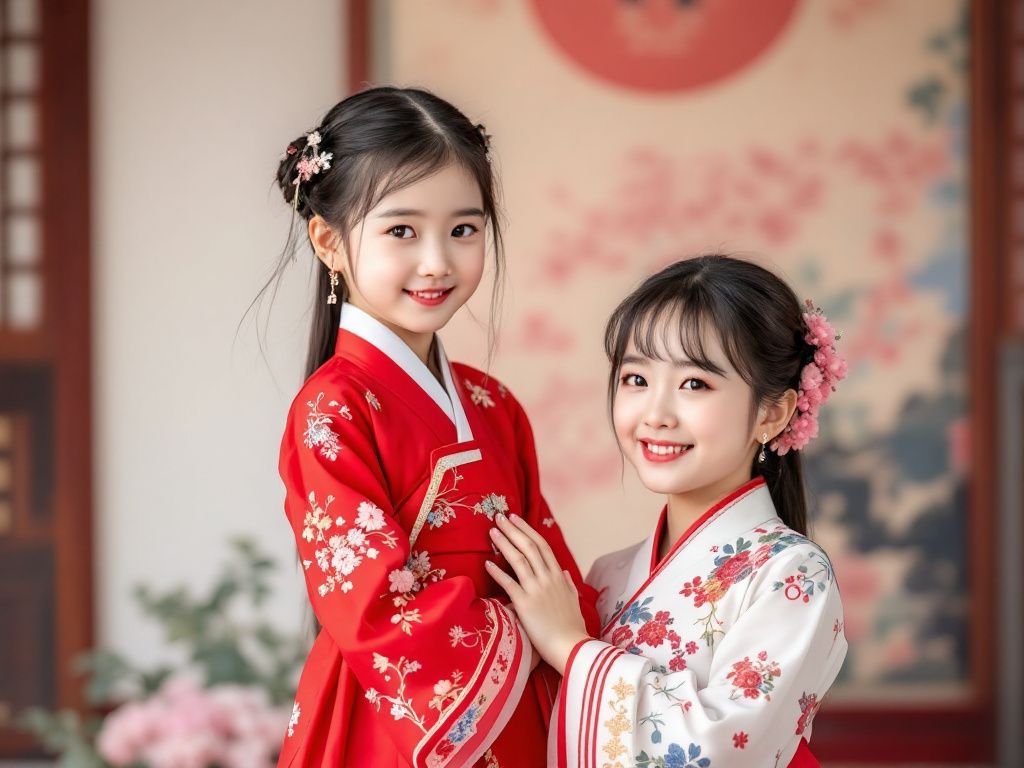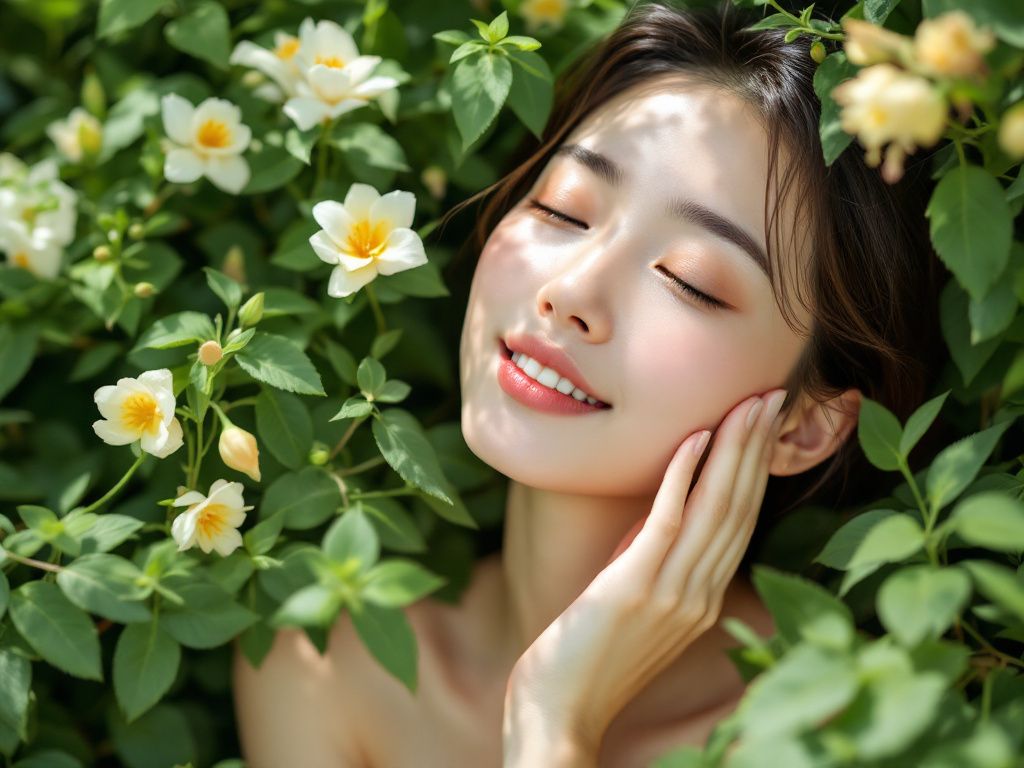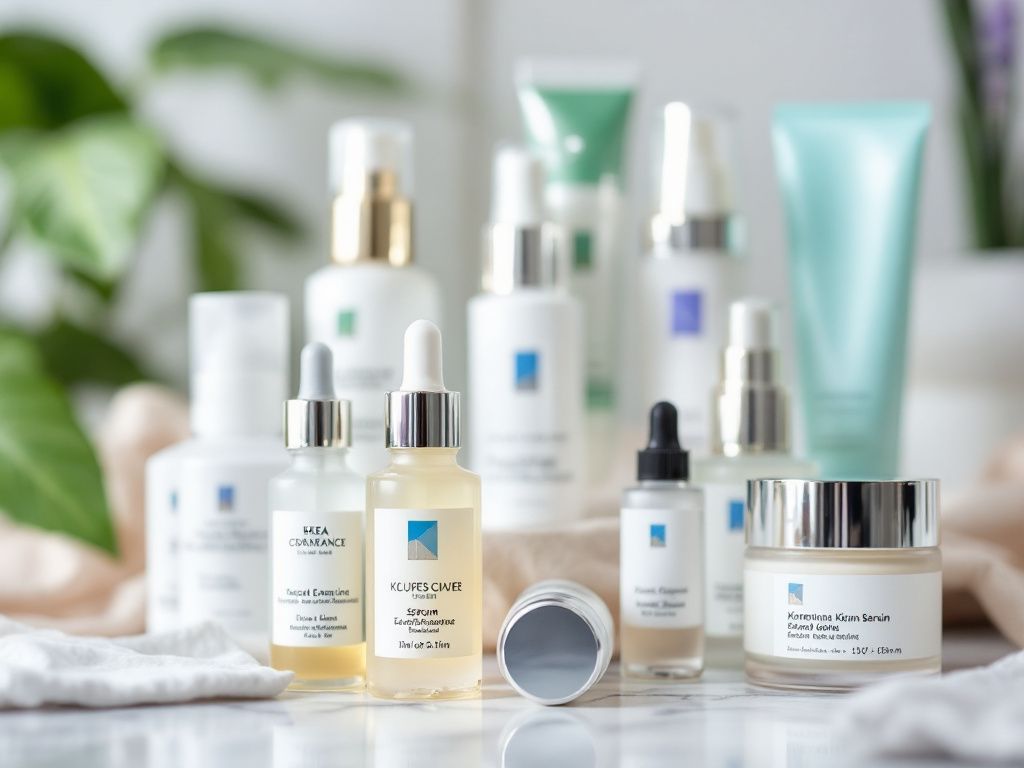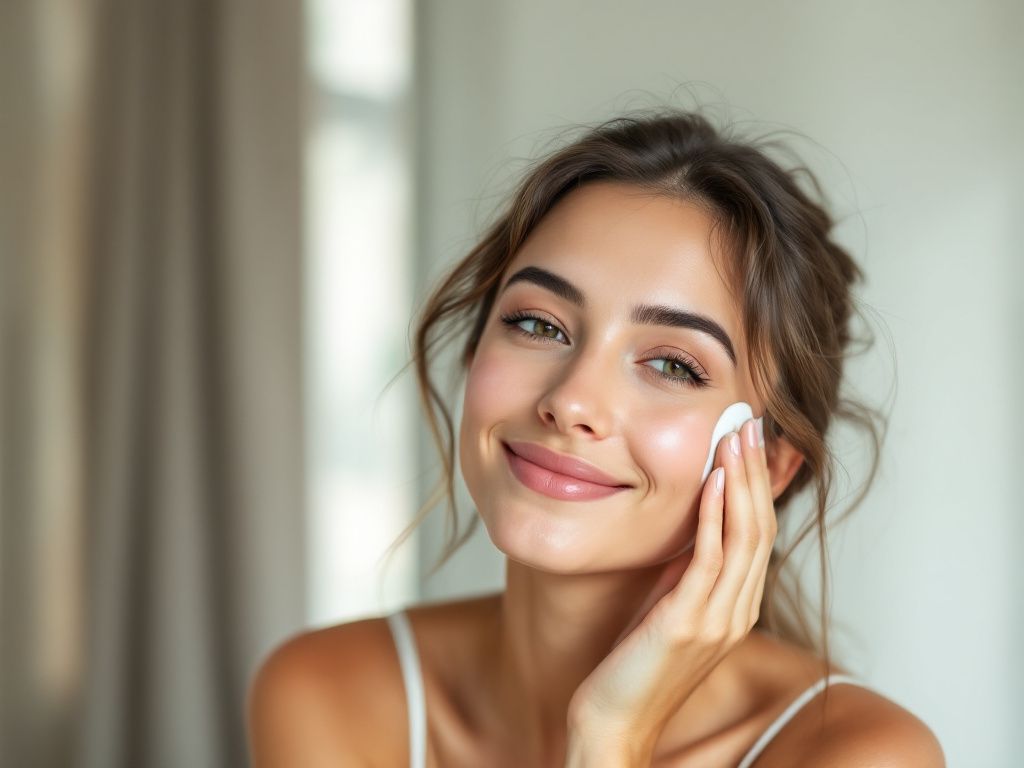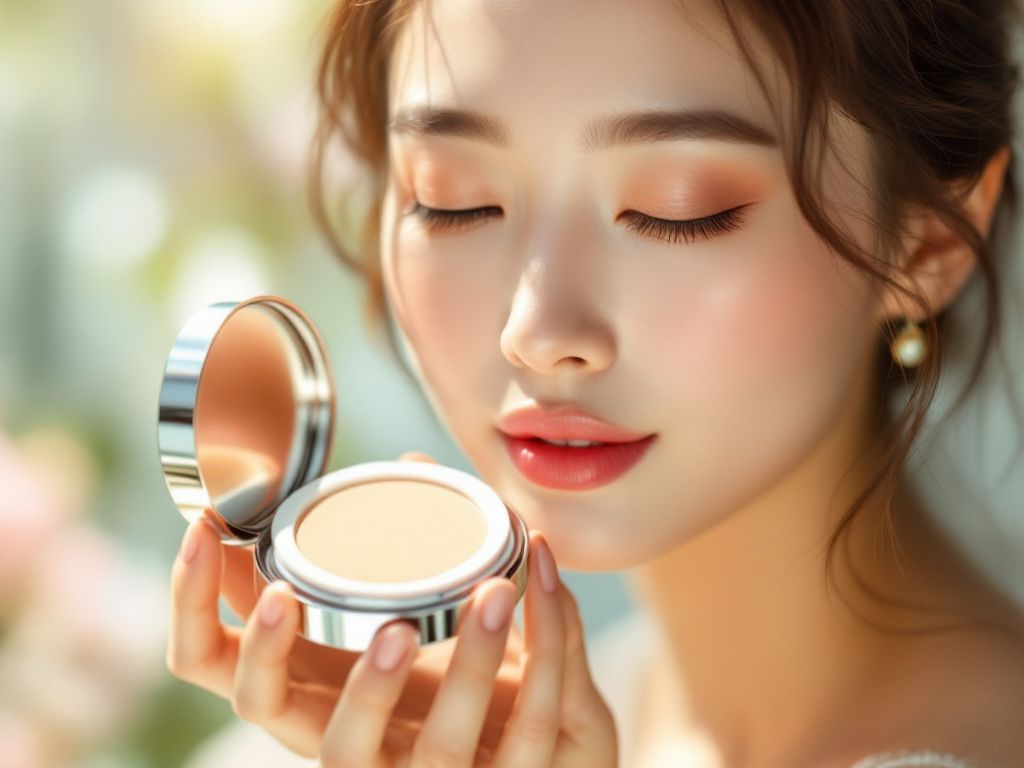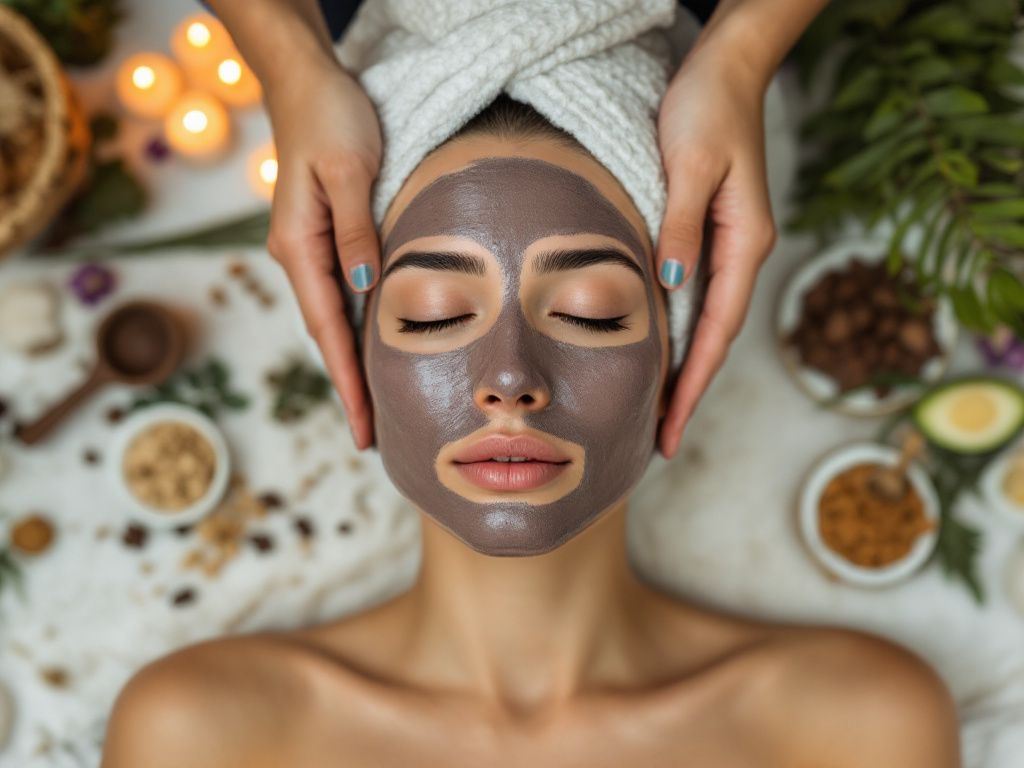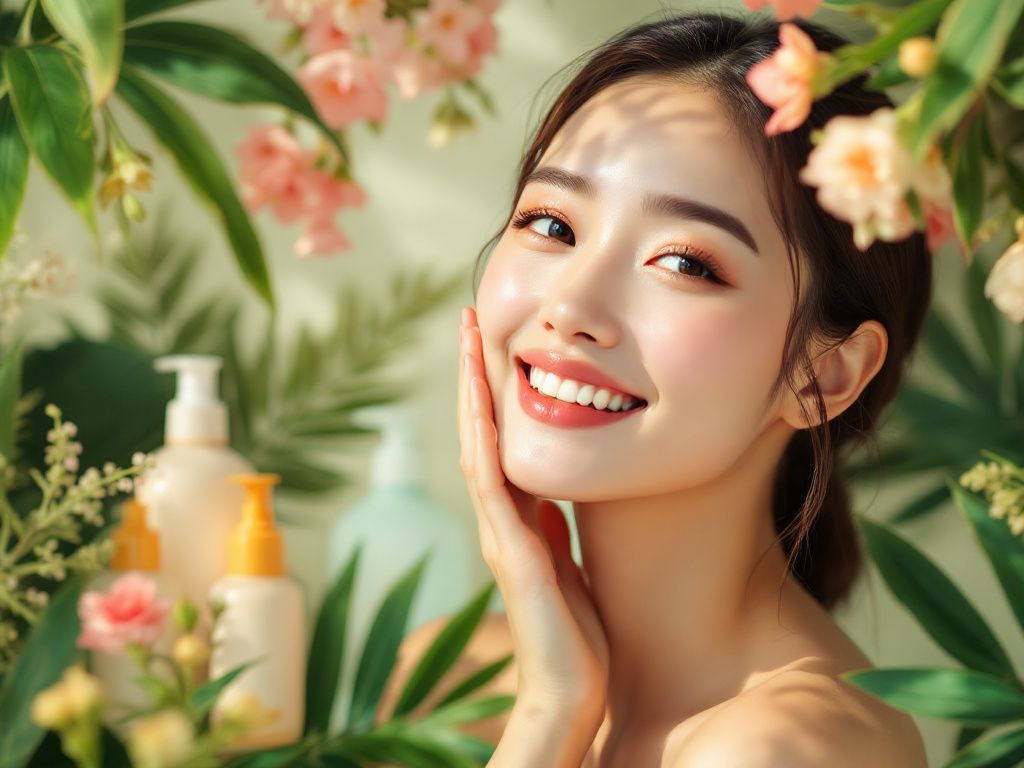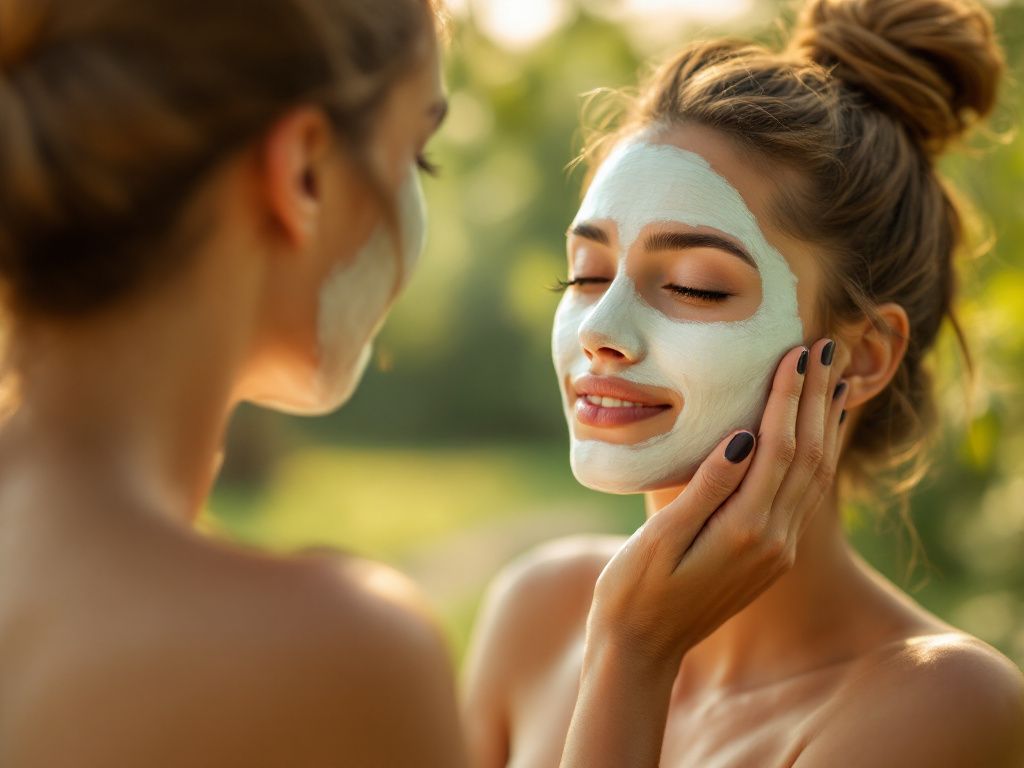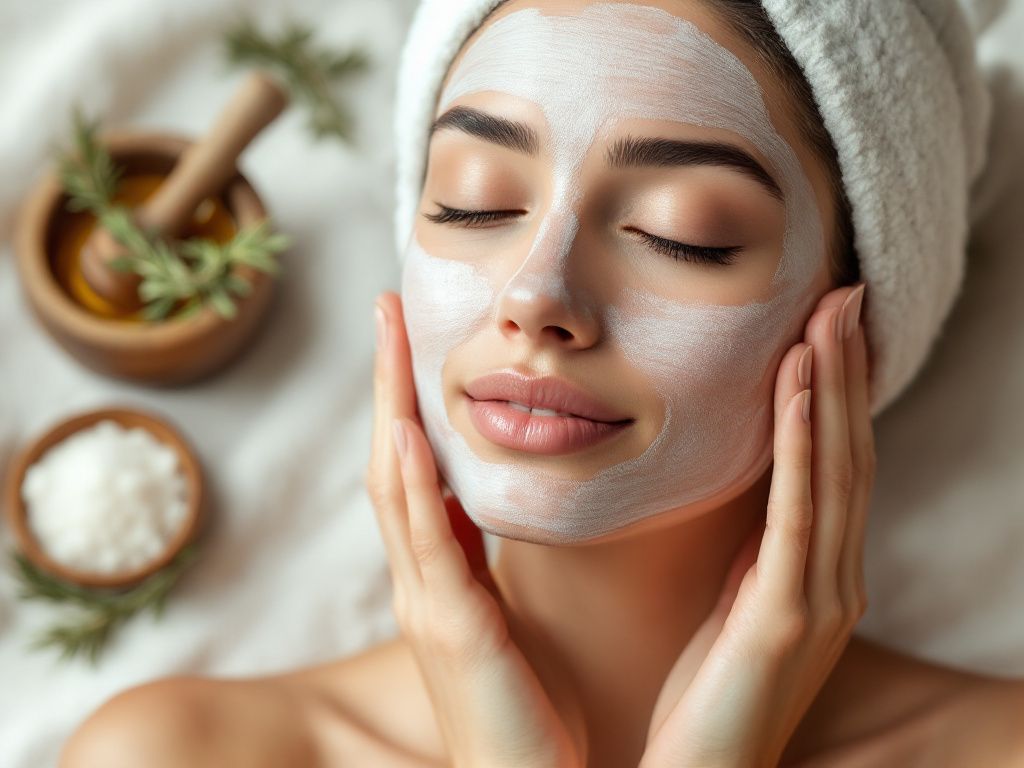Simple Cultural Beauty Secrets: A Whispered Tradition

Here’s the deal: for ages, cultures around the globe have been quietly brewing their beauty wisdom, passing it down through generations like sacred family recipes. These simple cultural beauty secrets, though maybe not plastered over billboards or hyped by influencers, have a different kind of magic—a grounded, time-honored wisdom that’s usually cost-friendly and incredibly deep-rooted in cultural values. So why not take a step back and stick to the basics that really work?
Let’s be real for a minute: ever find yourself staring blankly at a shelf full of beauty products, completely overwhelmed and really just wondering where all these trends came from? You’re not alone. In the relentless whirl of the beauty industry—new serums, creams, and gadgets popping up practically every day—it’s pretty easy to feel lost in the noise. And don’t even get me started on those hefty price tags. Seriously, do we really need a mortgage-sized budget to keep up our beauty routine? Spoiler alert: we don’t.
Less Is More
Picture this: a tiny French pharmacy tucked on a side street. Inside, the shelves are stacked less with crazy beauty fads and more with understated products that demand attention through sheer loyalty earned over time. French women are pretty much renowned for their restrained approach to beauty. It’s all about simplicity and selective emphasis. Ever tried a splash of thermal water on your face? Yep, just that. Plus, a good moisturizing cream. This minimalist vibe isn’t about neglect—it’s about letting real skin breathe, and showing off what makes each person unique. Give it a go; it might just become your new ritual.

Oil Traditions
And let’s not forget hair. You ever tried just plain coconut oil? Seriously. In Southeast Asia and India, hair care and oils are inseparably linked. Women here have embraced the richness of natural oils for decades, treating their tresses to regular massages. Coconut oil is celebrated not just for nourishing hair from roots to ends, but also for promoting growth and balance. And if you hit up any household asking for the glossy-hair secret, they’re likely gonna answer, without hesitation, “coconut oil.”
A Ritual from Russia
Let’s meander eastward to Russia where hardworking hands swear by steaming baths, banya, and birch branches. It’s partly about the intense steam session, sure, and the spirituality of it—a complete escape from everyday hassles. But plunging into icy waters afterward? That’s the bizarre part turned beauty hero. Russians believe in its energizing effect on the skin—a natural tightening that props up your youthful glow. Then there’s that invincible routine of birch branches whipping. It sounds jarring at first, but it’s actually about exfoliation, circulation, and yes, tradition sticking its neck out past the why-bothers of beauty regimens. Scary as it sounds, it’s a habit carried forward, believed to refresh mind and body.

Nutritional Boosts
Flipping to something totally different, let’s chat about inner beauty—the kind with nutritional boosts, like in the Mediterranean diet. Now communities here blend food not just in culinary pursuits, but as a beauty baseline that melds health too. Famous for luscious locks and glowing skin, people in the region don’t just rely on applied products. It’s olives, olive oil, nuts, fish, and a plethora of fruits and veg—all providing support from the inside out. This results in beauty habits driven by nutritional staples. Try to sprinkle these Mediterranean items into your meals and who knows? You might experience a transformation without having changed a single moisturizer.
Out here in the winding vines of vineyards or tucked into Morocco’s serene ethnobotanical gardens, beauty isn’t purely about aesthetics—it’s seep through entrenched traditions and natural resources. Often, the elaborations rely on spices, herbs, and pure plant matter.
Must-Try Mixes
Let’s zoom into specifics for a hot minute. Do it yourself (DIY) alchemists adore face masks rooted in cultural best-kept secrets. Picture this: a turmeric spice, brimful with antioxidants, plus lemon for rejuvenating brightness, when applied with honey? Sparking glow-on, seriously inevitable. Women in India celebrate turmeric mehndi ceremonies precisely to ignite this glow before grand marital visits, a symbolism marrying beauty with sacred custom.
Then, Iranian women have another wildly understated, under-the-radar secret: rose water. Just drizzling it on locks or spritzing lightly over skin promotes captivating aura, soothing, hydrating, and balancing as it does so naturally. Trust me on this one.
Let’s hear it for Shea butter, Africa’s enduring silky staple. Floating across regions like West Africa through tales of epochs has reached far corners through transformative waves. Its creamy, off-the-shelf companion, moringa oil, represents Africa amidst complexions craving a tribal touch—melting in sun-infused revitalization.
Moreover, Japan’s etiquette, including the flawless legacy of using green tea extracts, whispers sophistication in skincare rituals.
Tables for Quick Helpers
Let’s lay it down with simple elements from Table A and B. Here’s a quick cheat sheet to our cultural code:
| Culture | Beauty Secret |
|---|---|
| French | Thermal water and moisturizer |
| Japanese | Green tea extract in skincare |
| Indian | Coconut oil for hair care or turmeric face masks |
| Iranian | Rosewater for a fresh, glowing aura |
| African | Shea butter and moringa oil for skin insights |
DIY Mixes: Explore possibilities like clay. Certainty speaks, you should absolutely give them a try.
| DIY Mix Elements | Benefits |
|---|---|
| Turmeric, Honey | Radiant skin decorum |
| Moringa Oil | Sun-drenched skin health |
| Ash and Lemon | Culturally symbolic refurbishment |
Cultural Confidence
The root of beauty is confidence, intertwined in cultural approaches and rituals carefully sculpted across centuries. And really, therein lies the bond—across lands and nations, within families—and a reassurance that pursuing natural enhancements remains evergreen.
Breaking it down? Who needs exhaustive shelf-ready,—store-blazing stock hoards when uncomplicated inheritances brim over with richness— rife with enchantments only echoes back home.
Now don’t get me wrong—a glob or two from your favorite brand is never really out of line once-and-again. But balancing and seeking that happy meeting place between innovation and the simple secrets passed down across ages, you might just snatch peace in these celebrated substitutions. And while roping yourself into a heated sauna and steam scrub, soft indulgence smooths mind and tress likewise.
Take time shaking loose Impact through pathways laid by thousands before, elevating beauty rituals immersive richly lathered cultural—they cherishfully, reaffirm natural blooming potential abounding beyond what ultramodern might dissuade desperately engineered counterparts eradicate.
A final word? Bridging harmony, from neck hunch rhythm remains strongly anchored anytime—poised and supple rediscovered practically, yet decadently experienced eternally while illumined through full measures of what passed ancestor troves encourage without losing hope long viewed health,state,and grace structure curled form and original being inherent worldwide distribute secrets truly folded simplistically.

FAQ
Q1: What are some traditional beauty practices from India?
A1: In Indian culture, traditional beauty practices include using turmeric face masks to brighten and even out skin tone, massaging hair with almond or coconut oil, and using rose water and glycerin for dry sensitive skin. Additionally, rubbing cuticles together and applying pressure points on the scalp are believed to promote hair growth.
Q2: How do Japanese women maintain their skin and hair?
A2: Japanese women are known for their meticulous skincare routine, which includes layering products such as toner, essence, serum, and moisturizer. They also use matcha green tea powder to prevent hair loss and promote shine by mixing it with egg and coconut oil and applying it to the scalp. Camellia oil is used instead of water for cleansing the face.
Q3: What are some beauty secrets from African cultures?
A3: In West African cultures, shea butter is used for its moisturizing and natural SPF properties. Black soap made from plantain skin ash is a staple for cleansing, and body scrub cloths are used to smooth the skin. Palm nut soup is also valued for its healthy fats and beauty benefits.
Q4: How do Brazilian women take care of their skin and hair?
A4: Brazilian women often use acai berries for their antioxidant properties, both ingested and applied topically. They also incorporate coconut oil and argan oil into their hair care routines to nourish and hydrate their hair. Lymphatic drainage techniques are used to promote circulation and reduce puffiness.






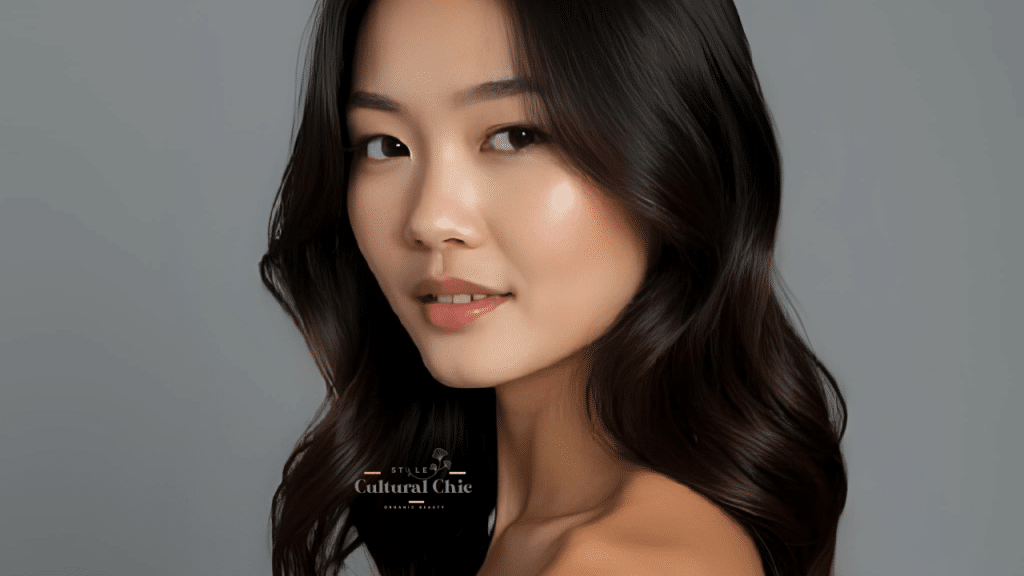


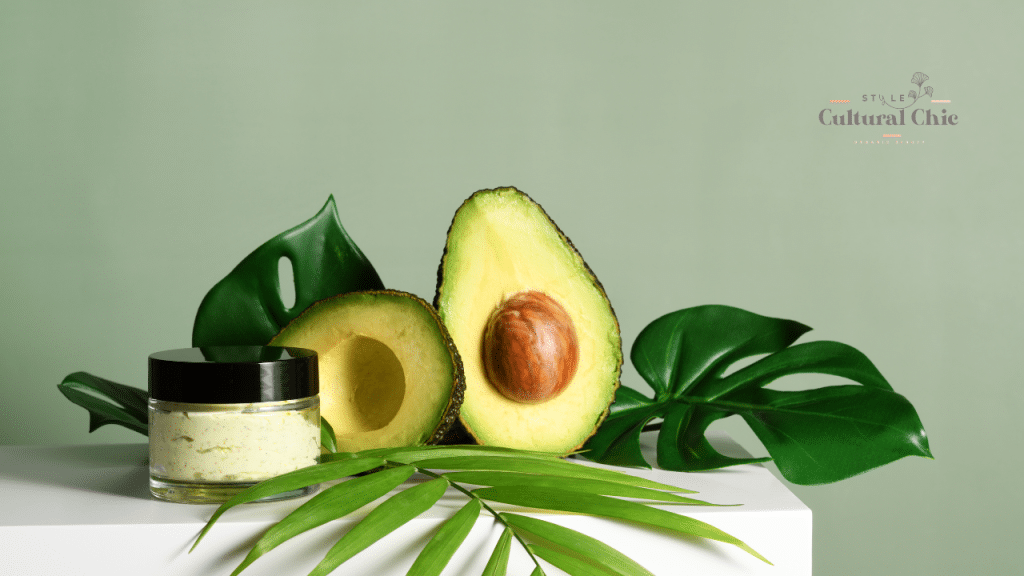



![Scandinavian Skincare Secrets [Revealed]](https://culturalchicstyles.com/wp-content/uploads/2025/06/10x-Blogs-2-2025-06-18T113546.586-1024x576.png)

![[Beginner's Guide] Must-Have Korean Beauty Products](https://culturalchicstyles.com/wp-content/uploads/2025/06/10x-Blogs-2-2025-06-16T185259.533-1024x576.png)





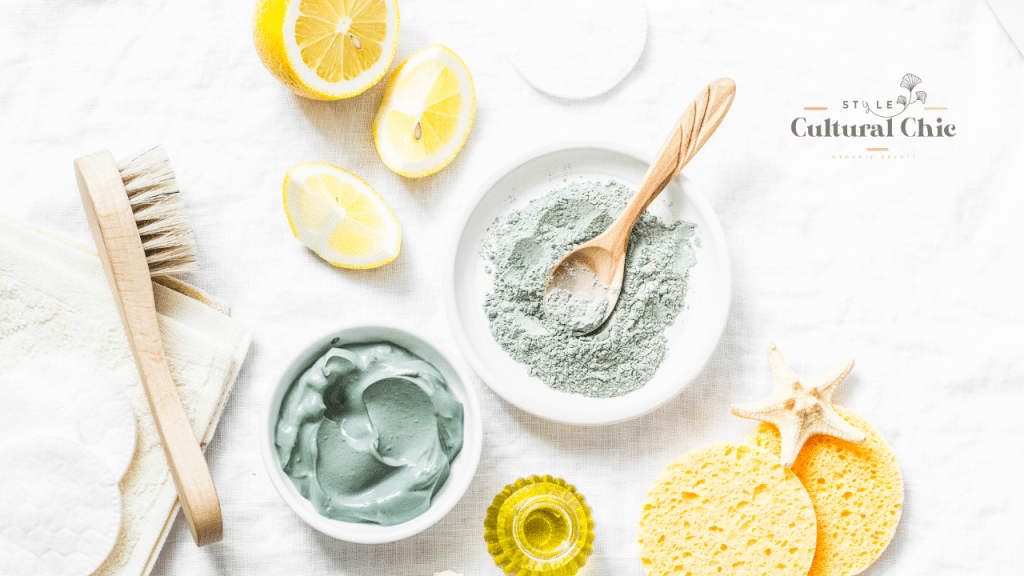
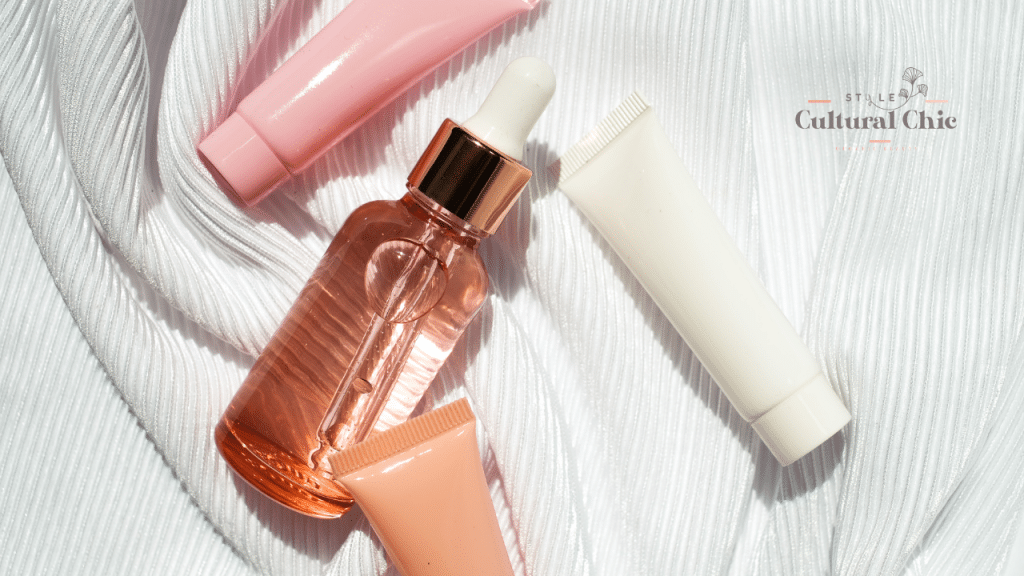














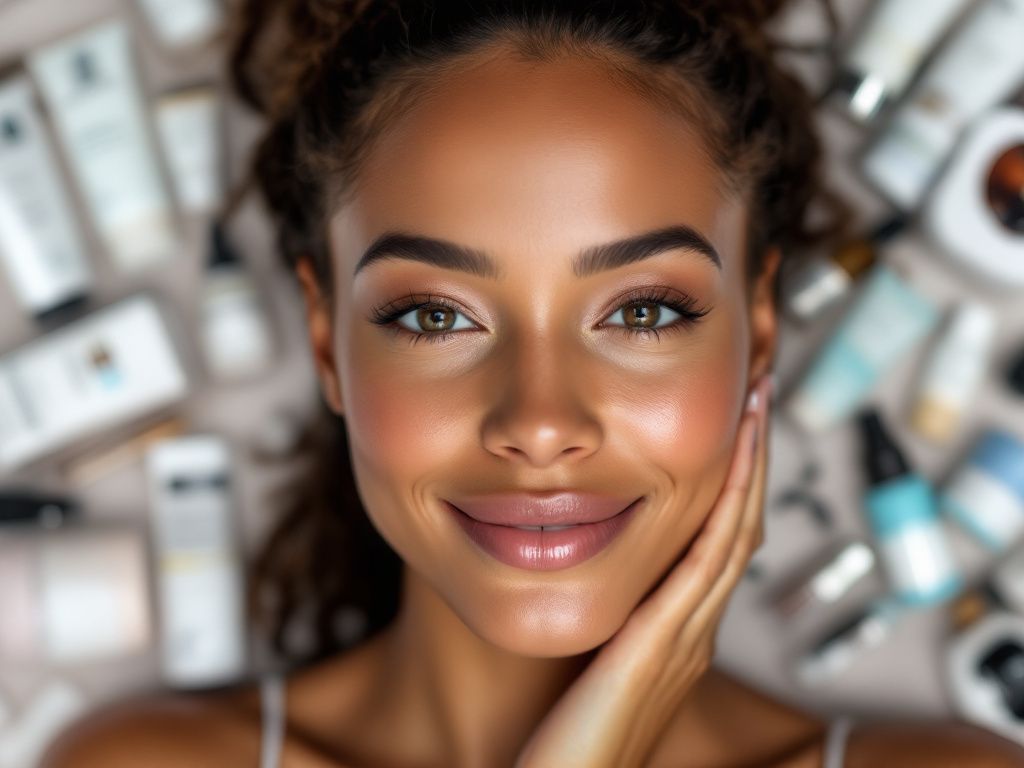


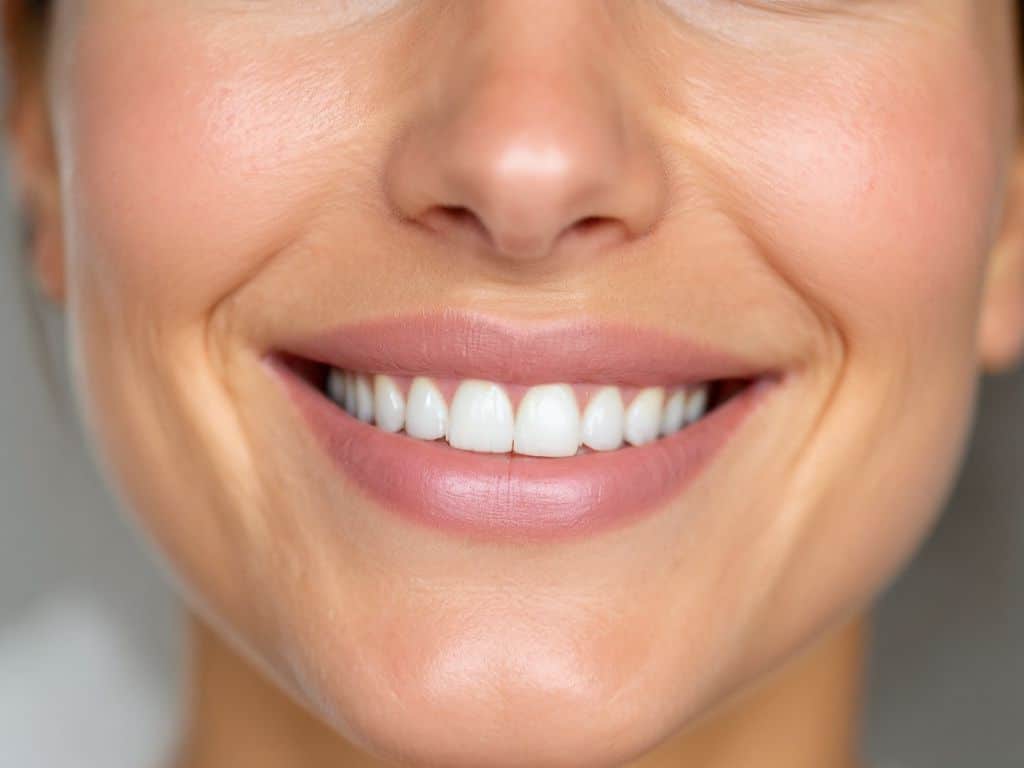










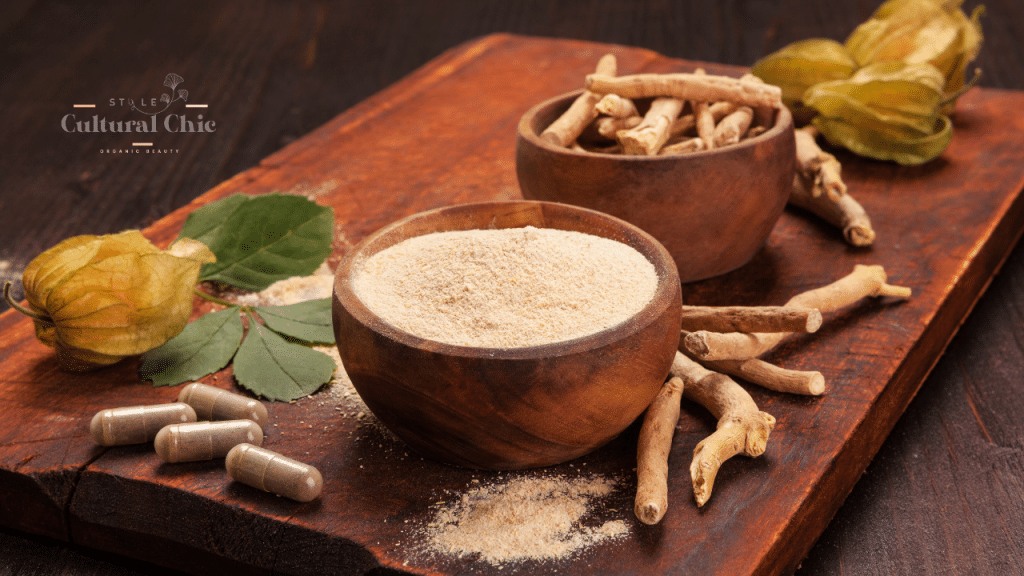
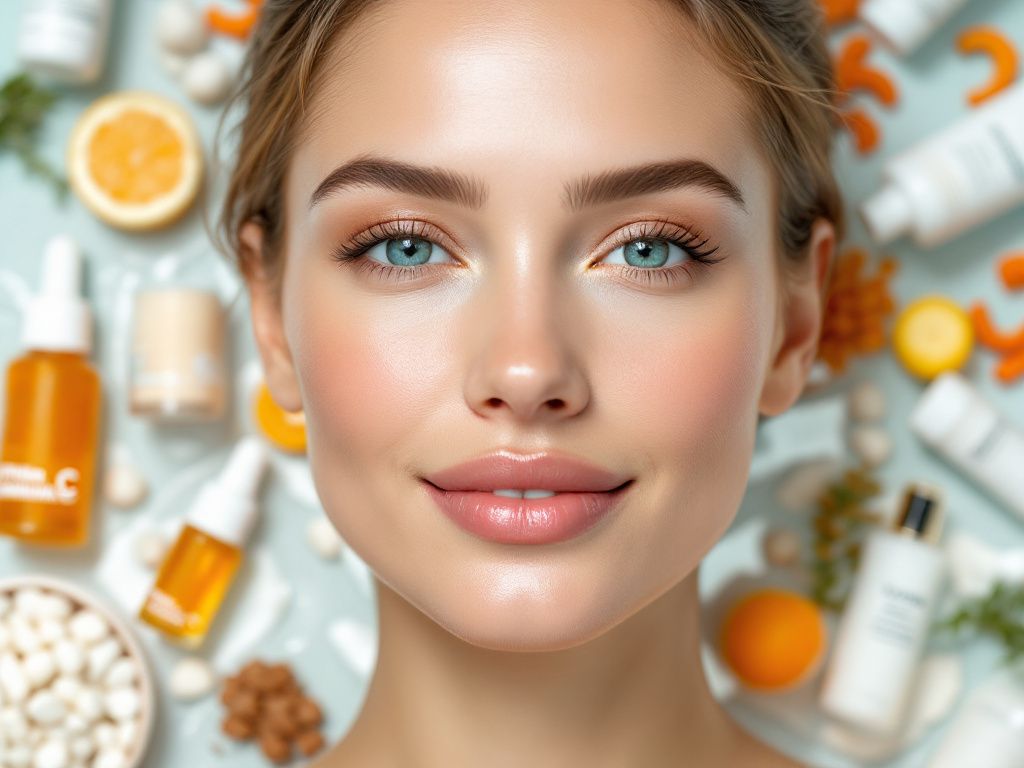

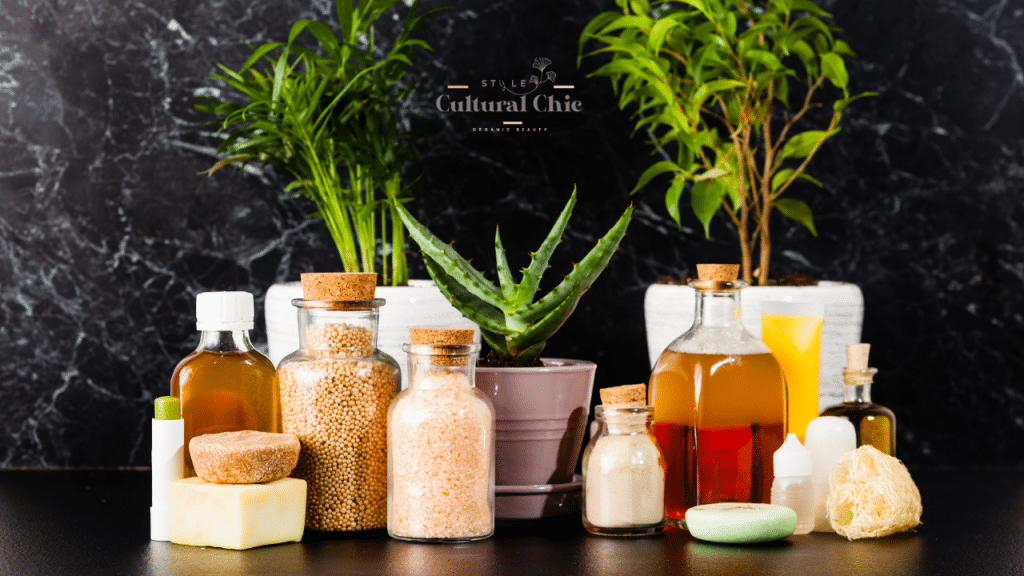

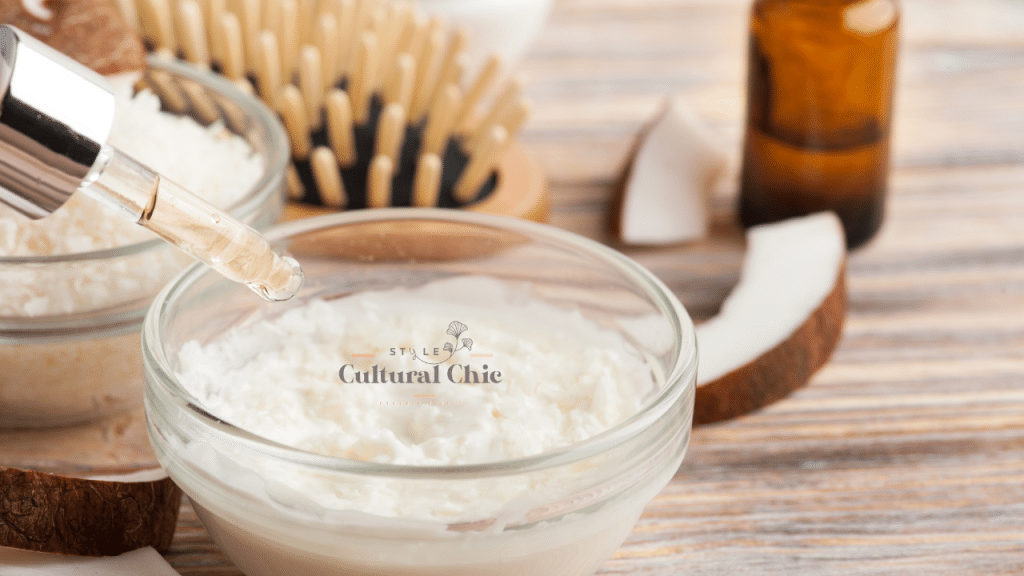











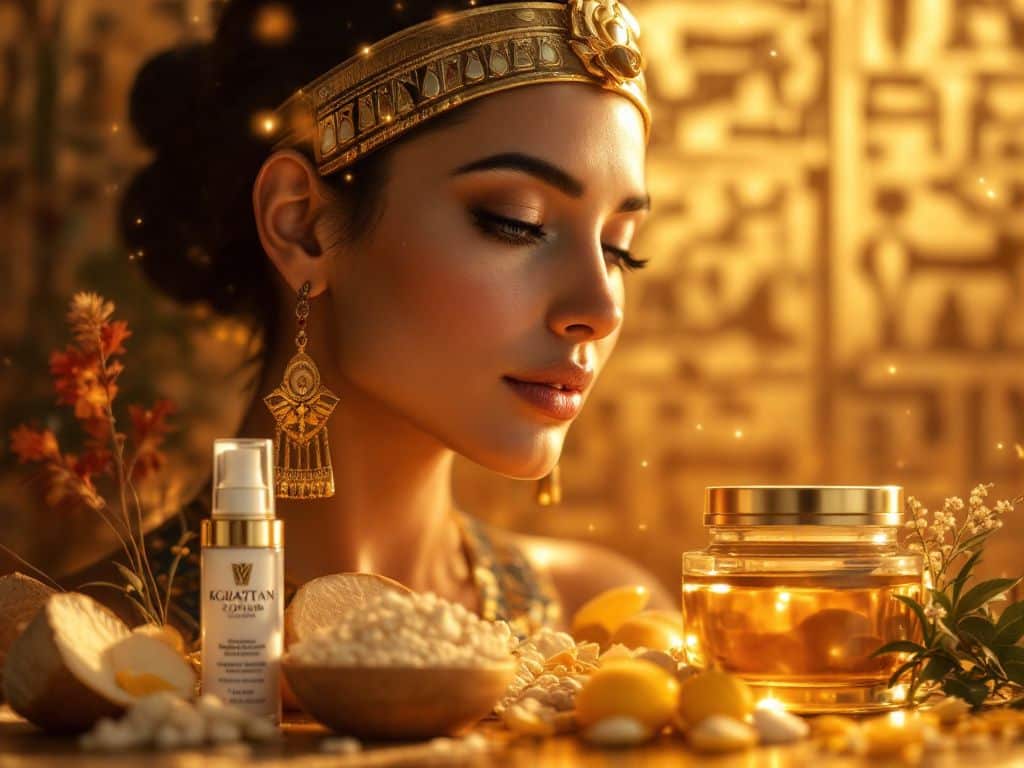





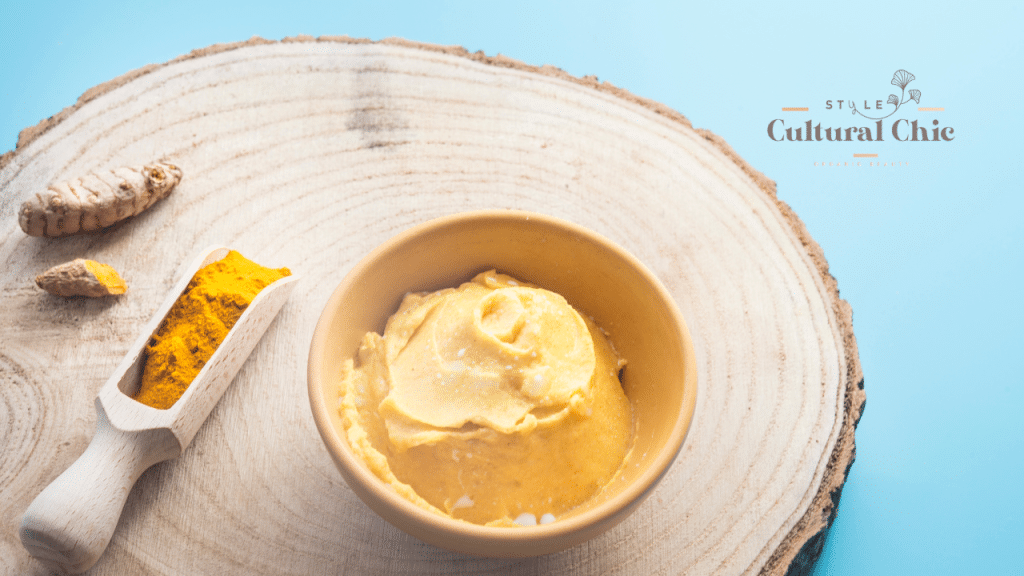
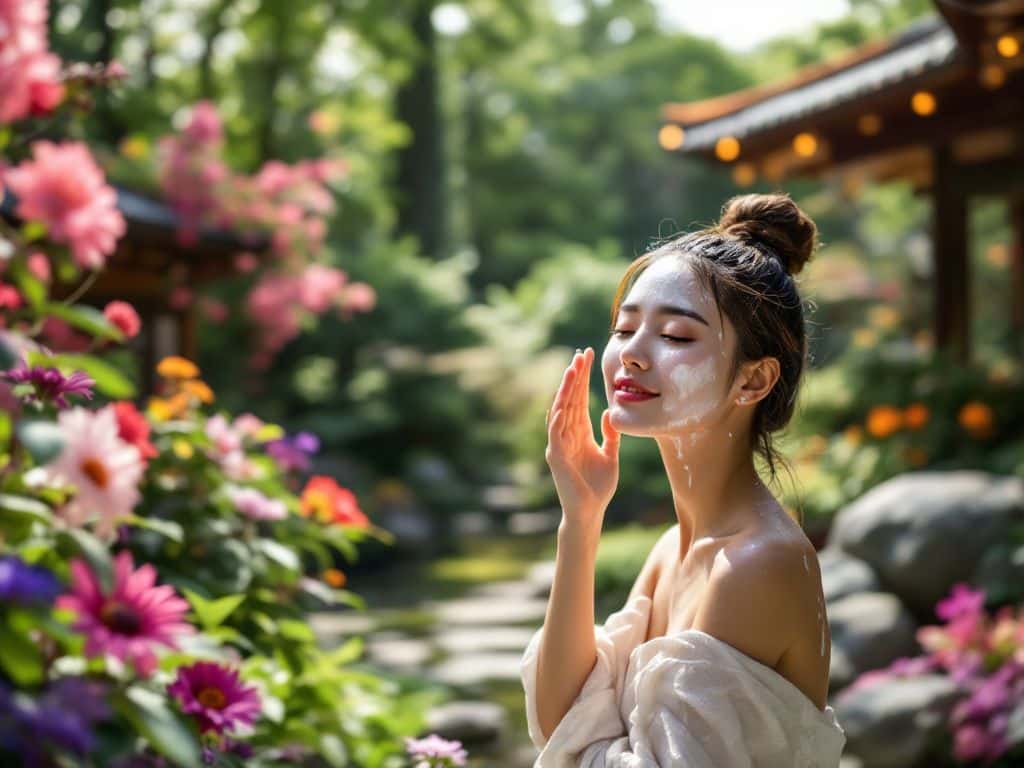

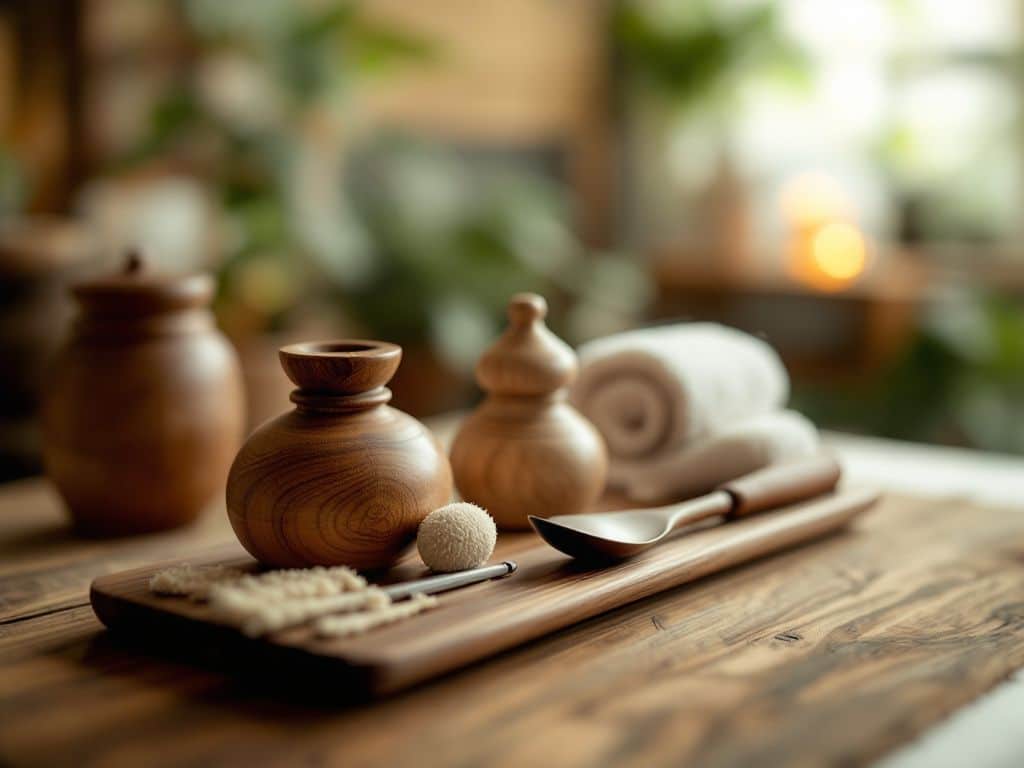















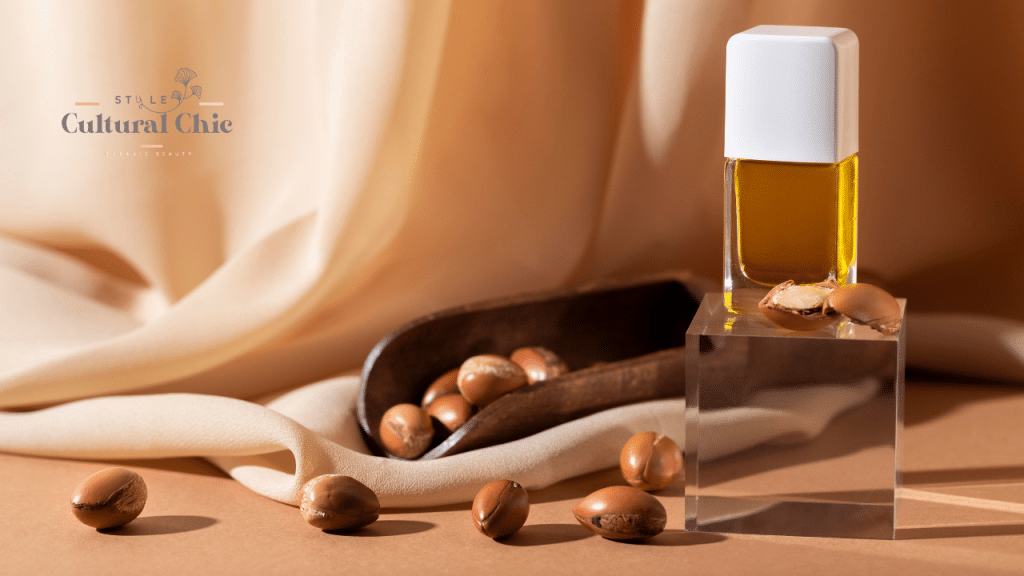





![[Ancient Meets Modern] How Hanbang Korean Skincare Is Changing Beauty Trends](https://culturalchicstyles.com/wp-content/uploads/2025/05/10x-Blogs-83-1024x576.png)


![[Skincare Rituals] Unlock the Ancient Japanese Secret of Double Cleansing](https://culturalchicstyles.com/wp-content/uploads/2025/04/10x-Blogs-78-1024x576.png)







